- +39 380 253 1425
- +39 327 249 0481
- [email protected]


Abbigliamento Safari: Cosa portare in valigia?

- Consigli Safari
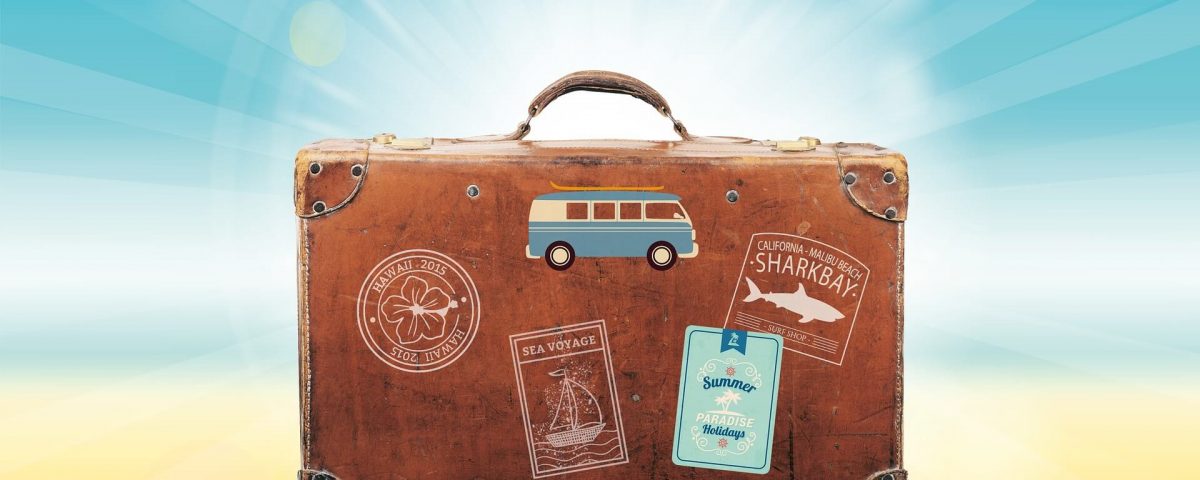
Stai per partire per un’entusiasmante viaggio in Africa e vuoi scoprire qual è l’ abbigliamento giusto per un safari ?
Un viaggio in Africa è sicuramente una delle avventure più belle che si possa fare nella vita, sia dal punto di vista culturale che naturalistico. Tuttavia prima di partire è importante essere preparati sotto molti punti di vista: informazioni dettagliate sul viaggio, vaccinazioni necessarie e abbigliamento più idoneo.
In questa guida cercherò di darti dei suggerimenti su quali abiti portare in valigia per goderti il safari senza troppe preoccupazioni.
Scegli vestiti comodi, coprenti e con tinte neutre
La prima regola per i safari è quella di usare un vestiario comodo : pantaloni di cotone, magliette e camice leggere, felpe e giubbini anti-vento andranno più che bene sia per l’abbigliamento femminile che per quello maschile. Anche il tipo di calzatura è molto importante; per un safari bisogna scegliere scarpe pratiche e funzionali come quelle da ginnastica o, meglio ancora, da trekking.
È poi importante non dimenticare alcuni accessori indispensabili per un safari come : cappello, possibilmente di cotone, occhiali da sole, crema solare e idratante, repellente per gli insetti e burro di cacao, perché il clima arido può seccare la pelle.
L’abbigliamento per un safari, sia per uomo che per donna, deve essere rigorosamente di un colore chiaro e neutro : marrone, verde, grigio, sabbia e beige andranno benissimo perché rispecchiano i colori presenti nel paesaggio. Si consiglia di evitare assolutamente le tinte che in natura non si trovano comunemente, per esempio quelli fluo o dalle colorazioni troppo aggressive. Anche il bianco e il giallo pallido sono sconsigliati perché attirano zanzare e moscerini. Inoltre, durante i safari a piedi, un abbigliamento con tinte sgargianti potrebbe disturbare o innervosire gli animali, per questo l’operatore potrebbe rifiutarsi di accompagnare un turista con vestiti bianchi o con colori non idonei.
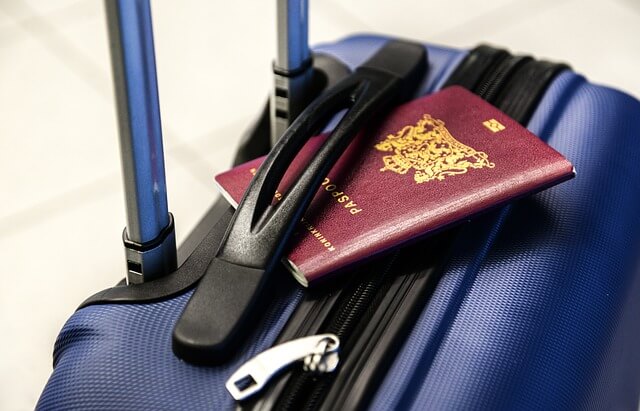
Sebbene in Tanzania vendano alcuni tipi di repellenti in grado di attenuare l’attacco della tse tse, la miglior difese resta quella passiva, cioè coprirsi bene e vestirsi con abiti chiari .
Come vestirsi per un safari in Tanzania?
In generale l’ abbigliamento a cipolla è perfetto per un safari in Tanzania , per ogni stagione e latitudine, perché in Africa l’escursione termica tra il giorno e la notte è notevole. Solitamente fa caldo, ma la mattina presto o la sera le temperature sono più basse, quindi l’ideale è vestirsi a strati per coprirsi o scoprirsi a seconda delle situazioni e dei momenti della giornata.
Vista la grande quantità di paesaggi della Tanzania è necessario un abbigliamento che possa adattarsi sia ai safari nei parchi più caldi, sia agli ambienti più freddi e ventosi come il Kilimangiaro, soprattutto nel caso si decidesse di aggiungere al proprio tour anche un trekking sul monte .
Tra gli altri indumenti da mettere assolutamente in valigia , quando si parte per un tour in Tanzania nei mesi più freschi e asciutti (da Luglio a Settembre), ricordiamo: pile isolante con grammatura media, berretto e guanti leggeri, una giacca impermeabile e traspirante, un capo tecnico intermedio e una kefiah, indumento utilissimo dal momento che le jeep sono sempre aperte. E’ bene anche avere un telo o un sacco di plastica per coprire i propri bagagli, proteggendoli dalla polvere e da eventuali acquazzoni.
Anche lo zainetto sarà fondamentale per poter avere sempre sottomano l’attrezzatura necessaria per il safari: macchina fotografica, felpa, crema solare, cappello, binocolo e prodotti per l’igiene personale.
Vuoi ricevere ulteriori informazioni sull’ abbigliamento più idoneo per un safari in Tanzania ? Non esitare a contattarci.
Related posts
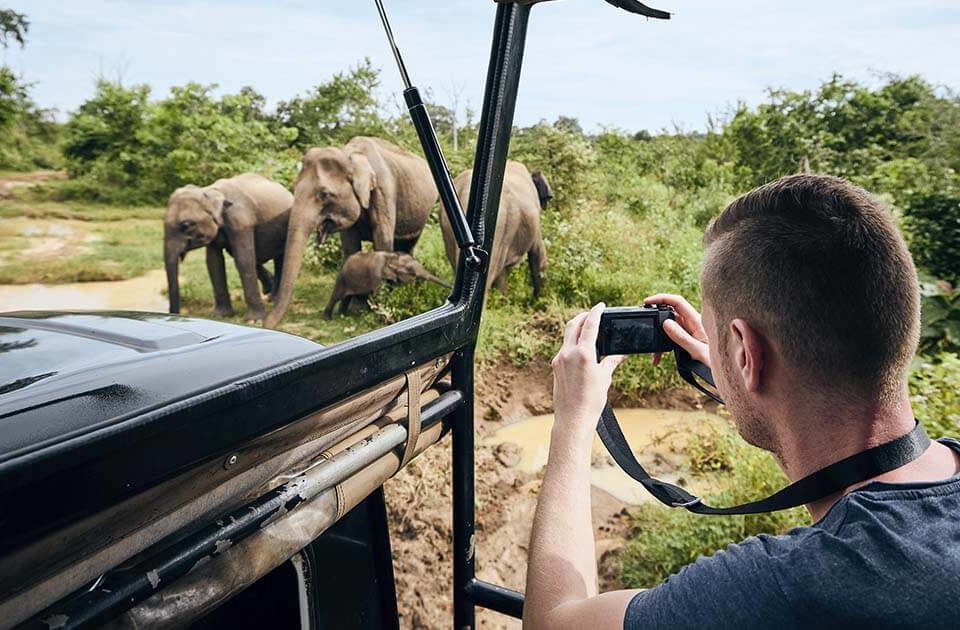
Quando andare in Tanzania: il periodo migliore per un safari
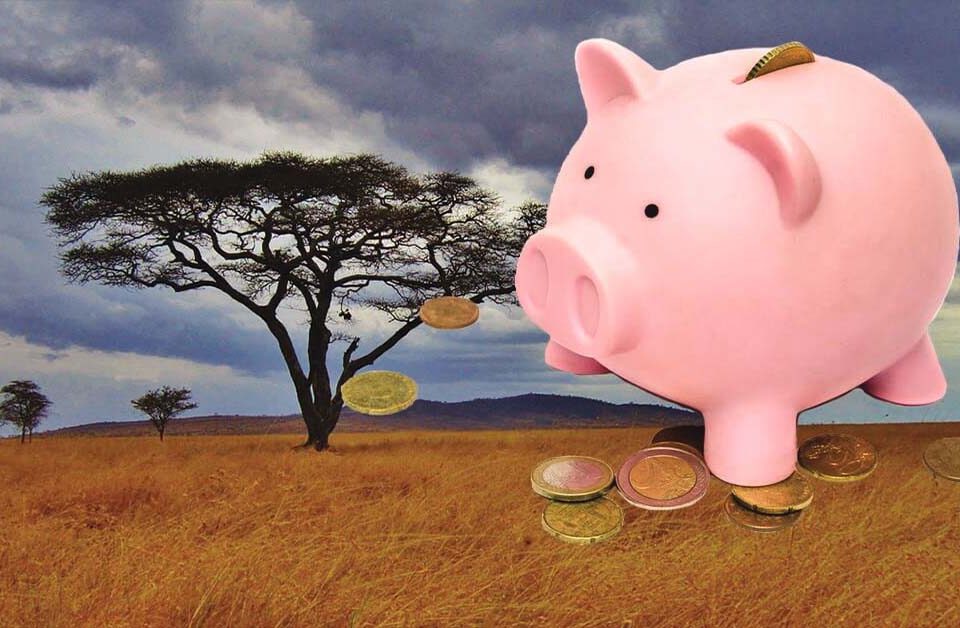
Quanto costa un safari in Tanzania? Prezzi e Offerte
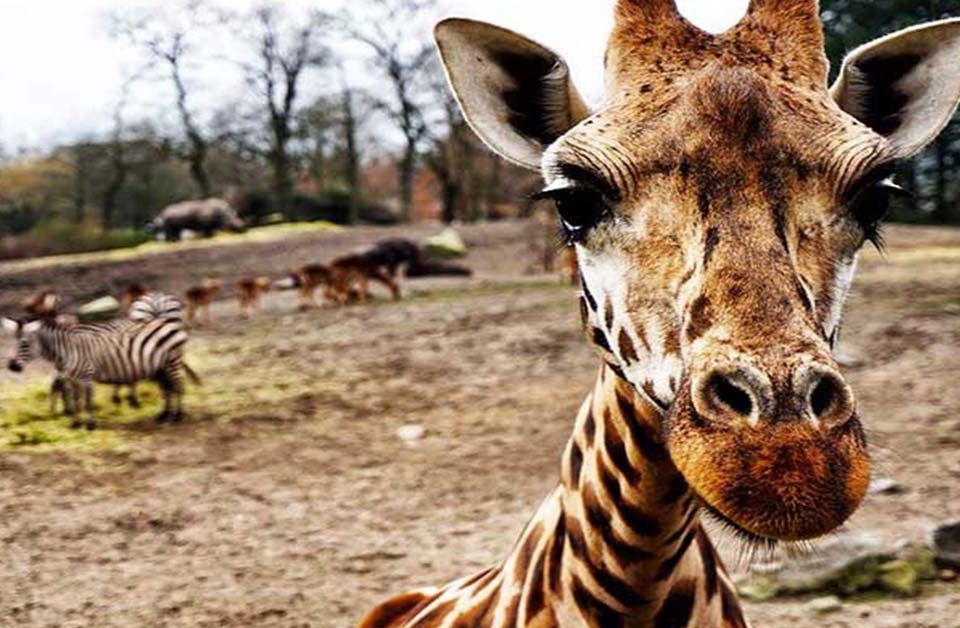
Safari in Africa: Prezzi, Viaggi e Info per i migliori safari
Lascia un commento annulla risposta.
Il tuo indirizzo email non sarà pubblicato. I campi obbligatori sono contrassegnati *
LEGGI LE CONDIZIONI DI PRENOTAZIONE
- Italia: +39 348 857 5988

Abbigliamento ed Equipaggiamento Safari Tanzania
- magilanisafaris
- Giugno 13, 2022
Home » Info » Abbigliamento ed Equipaggiamento Safari Tanzania
Abbigliamento Safari in Tanzania
Se stai organizzando un viaggio in Africa e stai pianificando un safari in Tanzania, devi sapere che è necessario partire mettendo in valigia l’abbigliamento giusto .
Come vestirsi per un Safari in Tanzania? In questo articolo ti sveliamo tutto quello che devi sapere sugli abiti perfetti da mettere in valigia per vivere questa esperienza.
Come vestirsi per un Safari in Tanzania: abbigliamento consigliato
Tra le esperienze più emozionanti da mettere in programma durante l’organizzazione di un viaggio in Tanzania c’è il Safari. Poter esplorare la natura da vicino, guidati da veri esperti del territorio, ti darà modo di scoprire i segreti più autentici di questa Terra che incanta ogni viaggiatore.
La tipologia di abbigliamento da Safari non è pensata per scattarsi delle foto memorabili, ma per garantire comodità, sicurezza e praticità durante l’esperienza indimenticabile.
Tra i capi che dovresti assolutamente mettere in valigia troviamo:
- Pantaloni da trekking leggeri . Adatti a tutte le stagioni devono tenerti fresco e garantirti comodità nei movimenti. Cerca di prediligere quelli in tessuti che si asciugano rapidamente, così da poterli gestire al meglio. Un plus? I modelli trasformabili con zip, che possono permettere con un solo pantalone di passare da un lungo ad un corto.
- Pantaloncini comodi . Se visiterai la Tanzania nei periodi più caldi, la cosa migliore da fare è portare con te dei pantaloncini comodi che si possono indossare durante il Safari.
- T-shirt e maglie a manica lunga . Cerca di prediligere tessuti tecnici e adatti per proteggersi dal sole, ma anche per evitare di sudare eccessivamente. Prediligere abbigliamento specifico da safari con tessuti in grado di mantenere stabile la temperatura corporea è sicuramente una buona idea.
- Giacca a vento . Anche nei Safari vige la regola del vestirsi a cipolla. Ecco perché tra i capi da portare in valigia c’è una giacca a vento per proteggersi dall’aria e fare in modo che non si avvertono cali di temperatura.
- Scarpe da trekking . Attenzione anche alle scarpe, suggeriamo l’utilizzo di scarpe da trekking, ma non portarle come unico modello poiché, se mai indossate, potrebbero provocarti dolore e vesciche. Inserisci in valigia anche un paio di scarpe da ginnastica comode, ma chiuse e ben strutturate.
- Costume da bagno . Forse può sembrare un consiglio strano, ma molti lodges vantano una piscina e questo può consentire una pausa diversa. Non occupa eccessivo spazio in valigia.
Le regole dell’abbigliamento per un safari
Alla base dell’abbigliamento da safari ci sono pochissime regole: viene suggerito di indossare abiti comodi e coprenti , prediligendo soprattutto tinte chiare e neutre come: marrone, sabbia, beige o grigio. Per quanto riguarda l’abbigliamento, viene suggerito di prediligere tessuti leggeri, ma coprenti e grande attenzione viene posta verso le scarpe.
Per quanto riguarda gli accessori, immancabili ci sono cappello e occhiali da sole. S uggeriamo anche di portare con sé un piccolo beauty con crema solare con filtri di protezione adeguati e un repellente in grado di proteggere efficacemente dalle punture di insetto.
Per scegliere l’abbigliamento giusto tieni in considerazione il periodo: un safari ad Agosto presenta temperature massime di 27 gradi e un basso tasso di umidità. Questo significa che la tua avventura non sarà eccessivamente calda. Mentre nel mese di settembre le temperature , soprattutto nei parchi del Nord, sono conosciute per oscillare tra i 15 e i 27 gradi .
Quando ti vesti per un Safari devi pensare alla tipologia di escursione che stai affrontando. N ormalmente si resta fuori tutto il giorno dall’alba fino al tramonto, questo fa attraversare diverse temperature durante il giorno ed è importante avere con sé il necessario per potersi proteggere da colpi d’aria o dal sole.
Oltre ai consigli su cosa portare, vogliamo anche darti qualche consiglio su cosa evitare : non solo i colori scuri sono banditi, ma anche il bianco. Q ueste colorazioni sembrano le preferite dalle mosche tse-tse e dalle zanzare. Non pensare inoltre che le maniche corte o le canotte siano le scelte migliori, le maniche lunghe non sono insopportabili e possono aiutarti a difenderti dalle punture di insetto.
Potrebbero interessarti anche...

Parco Manyara: cosa vedere, cosa fare, quando andare
Parco Manyara, Tanzania Come abbiamo già accennato più volte nel nostro blog, la Tanzania è ricchissima di parchi e molti di questi sono stati dichiarati

Serengeti Ndutu: cosa vedere, cosa fare, quando andare
Serengeti-Ndutu, Tanzania Tante le zone suggestive della Tanzania da visitare ma tra le più popolari e ricche di attrattive spicca il Serengeti-Ndutu, un’area naturale protetta

Quando andare in Tanzania
Quando andare in Tanzania Quando si organizza un viaggio fuori dall’Europa bisogna tenere in considerazione molti fattori e tra questi c’è il clima; riuscire

Tarangire: cosa vedere, cosa fare, quando andare
Tarangire, Tanzania Avere la possibilità di visitare Tarangire in Tanzania è un’occasione da cogliere al volo. Il Tarangire National Park è un luogo davvero unico
Richiedi Informazioni
Tanzania – Renato
Italia – Ivan +39 348 857 5988
Oppure se preferisci...
Partecipanti.
LE NOSTRE LICENZE

Magilani Safaris Tanzania LTD – P.O. BOX 13216 Arusha, Tanzania
ti aspettiamo in tanzania!


The Ultimate Packing List for Safari in Tanzania
By: Author Tiana Thompson
Posted on Last updated: February 28, 2022
Categories Adventure , Africa , Tanzania
Home » The Ultimate Packing List for Safari in Tanzania
- 240 Share on Twitter
- 352 Share on Facebook
- 755 Share on Pinterest
- 275 Share on LinkedIn
- 546 Share on Email
Tanzania is a beautiful sub-Saharan country, with the perfect mixture of both desert and tropical landscapes.
It is a popular tourist destination that is growing in popularity every year, with tourists from all over the world who flock to the country to enjoy its beaches, culture, tasty cuisine, and most commonly – go on safari.
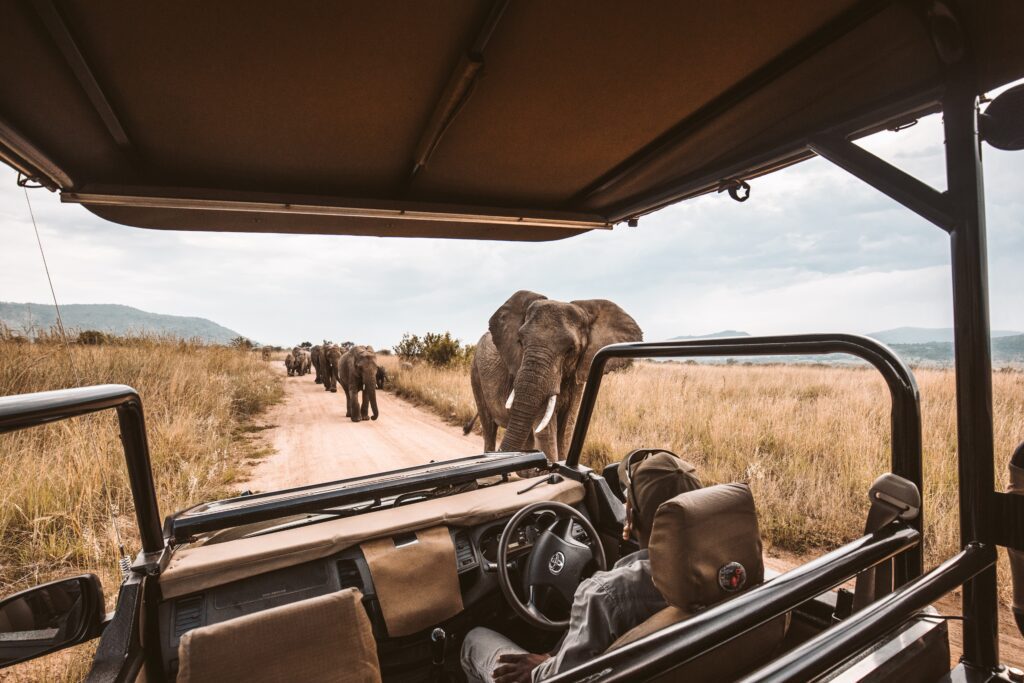
What clothing to wear on safari in Africa is frequently one of the first questions that people ask before going on a trip there. And with the vast variety of animals, climates and ecosystems it’s important to be prepared with the right kind of clothes!
Depending on what time of year you are visiting (and what parts of Tanzania), what sort of climate or environment you will experience, what type of safari activity you will be doing and what time of day, the outfit you should wear on a safari in Tanzania may differ.
Read more: When’s the best time to visit Tanzania?
What to pack for safari in Tanzania?
When planning a safari adventure, it is important to be prepared when it comes to the type of clothing to pack.
If you are planning a safari trip to Tanzania it is important to pack light, but also make sure that whatever clothes you do bring along are versatile, so they can be worn in the day and/or night if necessary.
What clothes to pack for a safari trip in Tanzania?
There are a few essential clothing items that you should absolutely make sure to bring along on a safari trip:
Lightweight, loose-fitting pants
You should always bring along a pair of comfortable and loose-fitting pants for your safari adventures. Lightweight fabrics such as linen, cotton or technical materials such as nylon are best. Make sure they fold up small and that they can also be washed easily in case you get dirty or wet while out on safari.
Comfortable T-shirt
A t-shirt, loose-fitting blouse or button-down are usually what people choose to wear on safari. Many people opt to wear a long-sleeved shirt underneath as well, for extra protection from the sun and insect bites. Think layers!
Thin gloves (optional)
Gloves are never 100% necessary, but can come in handy when it gets chilly or if you need extra grip for holding binoculars or a camera. It is also important to protect yourself against mosquito bites and gloves are a great way to help with this.
Hat or headband
Any good packing checklist for W hat to Wear on Safari in Tanzania includes some kind of protection from the sun! Think to pack a hat or a headband in your suitcase to protect from the harsh UV rays of the desert, as well as provide protection from flying sand in case it gets windy.
Lightweight, breathable jacket
If you visit during the colder winter months, bring a jacket or windbreaker that is thin and lightweight. This will allow you to remain somewhat cool while protecting yourself from the unpredictable Tanzania weather!
What kind of shoes should you wear on safari?
When deciding what to wear on your safari in Tanzania, don’t forget to decide on which shoes to take! This will depend entirely on what kind of activities you are doing and what time of year it is. Sneakers or hiking boots can be a good option for your safari activities, but if you’re just on a game drive in the vehicle, flip flops or sandals will be what you choose to wear.
A good pair of walking shoes or boots (that are broken in)
If you plan on taking part in any other outdoor activities, like hiking, it is important to make sure that your feet are safe and comfortable. It would be horrible to injure yourself halfway through the trip because you were wearing uncomfortable shoes! Pack a pair of comfortable but durable walking shoes with you to make sure you have suitable footwear for your animal sighting adventure.
What else to take on safari in Tanzania?
Insect repellent.
Mosquitos can be a real problem while on safari in Tanzania, and bringing along some insect repellent is your best bet in protecting yourself against them. The most effective type of insect repellent is one that contains Deet, the active ingredient in killing those pesky predators. Be sure to choose a repellent containing this ingredient for best results!
While you can also purchase insect repellent once you arrive in Tanzania, it can sometimes be up to 3x more expensive than the products back home! Rest assured and toss a can of bug spray in your suitcase before your departure.
Sunglasses/sunscreen
Protect your eyes and skin from the strong African sun with sunscreen and a pair of sunglasses. Even if you decide to go for a safari on a cloudy day when you can’t see much sun, you will still be exposed to its rays and should take care to protect your skin from potential sunburn.
Day pack/backpack
A day pack or a small practical backpack is a must-have while on safari in Tanzania. You will need a place to store all of your belongings, such as money, water bottles and things for the journey. A backpack is also perfect for carrying a camera with you on your adventure!
A flashlight or headlamp can come in very useful if you’re going out on an adventure at night. This is particularly true if you’re planning on going out for a walk with your guide to see the nocturnal animals, like lions and hyenas. Be sure to pack one of these small yet exciting accessories before departing!
Reusable water bottle
Tanzania is warm and a safari in the desert is typically pretty hot (duh!). A metal reusable water bottle can be a great way to bring water with you and stay hydrated throughout the day. You’ll also help reduce your environmental impact by not having to purchase disposable plastic water bottles in Tanzania!
Camera (with plenty of film or memory!)
One of the main reasons people go on safari trips is to snap some pictures; so make sure to pack your camera and the necessary memory cards!
An action camera like a GoPro is a great accessory to take with you on a safari adventure – it’s lightweight, durable, waterproof, and when used with a long selfie stick or tripod it can get those close up shots of animals that you may not be able to get close to.
For more experienced photographers, a DSLR camera with a zoom lens is a great camera choice for crisp, clear photos of nature even from far away.
Vloggers and everyday travelers can opt for a more lightweight camera option like a digital camera or even a disposable film camera. If you don’t have a camera, you can even take great quality photos using just your smartphone!
Read more: Everything you need to know before a trip to Tanzania
Now that you know what to wear on safari in Tanzania, you’re all set for your adventure!
Remember that what you pack should be only what you need! With just a few essential items, you can have a wonderful, smooth safari adventure. By following these guidelines, you will feel safe and comfortable on your trip so you can focus on what’s important: the animals!
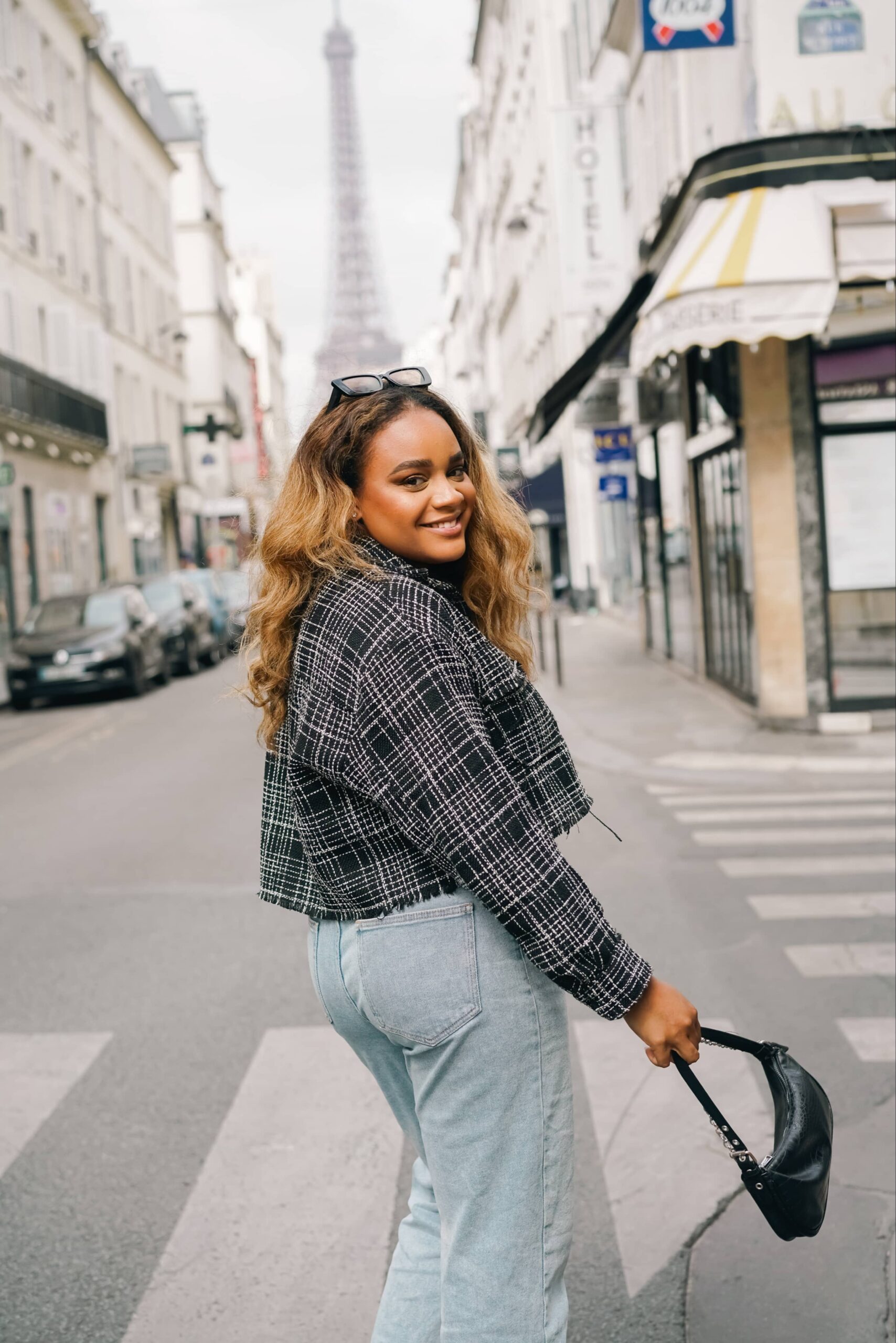
Hi, I’m Tiana – founder of and author here at Where Tiana Travels. I’m a 20-something with a love for all things travel, photography, and food. I have been living abroad for the past 5 years and solo traveling the globe in my free time. I created this blog to share my travel stories and inspire other women to go out and see the world. Read more about me here!
- 446 Share on Facebook
- 66 Share on Twitter
- 225 Share on Pinterest
- 86 Share on LinkedIn
- 209 Share on Email
Where to Stay in Zanzibar (2023): Best Areas & Hotels | Where Tiana Travels
Thursday 16th of February 2023
[…] of course, a safari in Tanzania is an unforgettable […]
What NOT To Do in Zanzibar - 14 Mistakes to Avoid | Where Tiana Travels
Monday 28th of February 2022
[…] Read more: The Ultimate packing list for safari in Tanzania […]

What to wear on your Tanzania Safari
Planning what to wear and essentials to bring on your upcoming safari in Tanzania is not all that complicated. Everything you need is most likely in your closet already! Our clothing suggestions apply for all seasons on a Tanzania safari while different guidelines apply if your route is to the peak of Mt. Kilimanjaro or heading down to the famous Zanzibar beach.
Tanzania Weather
The best wildlife viewing months in Tanzania are during the Dry season from late June to October. The best chance of seeing the wildebeest migration in the Serengeti is during June and July and the time to see the wildebeest calving is late January to February. Tanzania’s main rainy season, or the ‘long rains’, last during about March, April, and May.
What kinds of clothes are recommended for safari?

Recommended safari clothing to bring
- T-shirts and tank tops
- Long-sleeved shirts (for protection from sunburns)
- Light long pants or convertible long-short pants
- Warm fleece pullover or jacket
- One swimsuit
- Cotton socks and underwear
- One pair of comfortable walking shoes
- One pair of sandals or flip-flops
- Wide-brimmed hat
- Bandana (for dust)
- Heavy sweater, gloves, and toque if traveling in the cold season (June – August)
Clothing for Zanzibar
Please dress modestly when sightseeing in Stone Town or visiting anywhere outside of the beach resorts in Zanzibar. Women should not wear sleeveless or revealing tops and short skirts or thigh-high shorts (Capri trousers or at least knee-length shorts are fine). Men should wear shirts, pants or knee-length shorts.
What are some other items to pack?

Pack light! Here are the top things to bring with you on a safari:

- Plane tickets
- Travel Insurance Policy & Emergency Contact Numbers
- Yellow Fever Vaccination Certificate (if applicable)
- Safari itinerary
- U.S. dollars in large and small denominations ($20, $50 & $100 bills should be issued after 2005)
- Credit cards and ATM bank cards
- Sunscreen and lip balm
- Small flashlight or headlamp
- Insect/Mosquito repellent
- Eye drops and extra contact lenses or spare glasses (if applicable)
- Anti-bacterial hand sanitizer
- Tissue paper and small travel towel (washrooms in Tanzania often don’t have toilet paper or paper towels)
- Camera, extra memory cards, batteries, and charger, if applicable
- UK plug adapter and transformer/voltage converter, if applicable
- Ziplock bags for toiletries, camera equipment, snacks, etc.
- Personal toiletries
- Small first aid medical kit including Tylenol or ibuprofen, antimalarial pills, cold and allergy medicine, itch medication, band-aids, stomach ache remedy, antibiotic cream, diarrhea medicine, prescription antibiotic for travelers diarrhea (Ciprofloxacin) and any prescription medications.
Are you ready for a safari? Check out these remarkable tours for you!
6 Days Tanzania Group Joining Wild Tour
7 Days Magical Kenya Safari
ABOUT GOSHENI
Top experiences, popular countries, popular blog topics, top destinations.

Travelling Without a Passport

What to Wear on Safari in Tanzania
Pay attention, as this is our extensive guide on what to wear on safari in Tanzania.

Once you’ve experienced a soul-stirring safari adventure for the first time, it’s a trip you’ll never forget. And while it might sound trivial, what you wear during your trip can either make or break your touring experience.
Call me dramatic, but what you wear matters – and no; I’m not talking about how great your outfit looks. Think: practical, useful, and climate appropriate clothing that you need in your life. Pay attention, as this is our extensive guide on what to wear on safari in Tanzania .

Climate in Tanzania and what to wear
The climate of Tanzania is considered to be tropical, yet it varies significantly between regions due to the topography. But no matter the time of the year, or your location in Tanzania, you can expect temperatures to fluctuate significantly throughout the day (think hot and humid during the day to cold and chilly at night). Basically you need to have clothing to cater for all seasons.
Temperature wise, the warmest months are between November through February (25–31°C or 77.0–87.8°F) and the colder months are from May to August (15–20°C or 59–68°F). July and August are the country’s coldest, driest months – and is the best time to visit Tanzania. June through September is another period worth planning your trip around, as they are the prime months for viewing migrating wildebeests and elephants November through February
Travel on: an African safari tour
What should I wear on safari in Tanzania?
Lightweight hiking pants.
Once you’ve booked your safari adventure , your first point of call should be your local outdoor apparel store (or at least the online version). Here, you’ll find every type of travel and outdoor pants under the sun for all seasons; each designed to keep you fresh, comfortable, and ready for whatever activities you’re about to enjoy.
Look out for pants that are made of quick-drying, light, stretch-woven fabric. A sturdy pair of hiking pants will cater for all seasons, so regardless of when you travel; this is one item you can’t leave behind.
Score some bonus points if they feature zip-off legs and transform to shorts within seconds. If you want to go all the way and complete the look, stick with neutral colours such as khaki, camel, or tan tones.
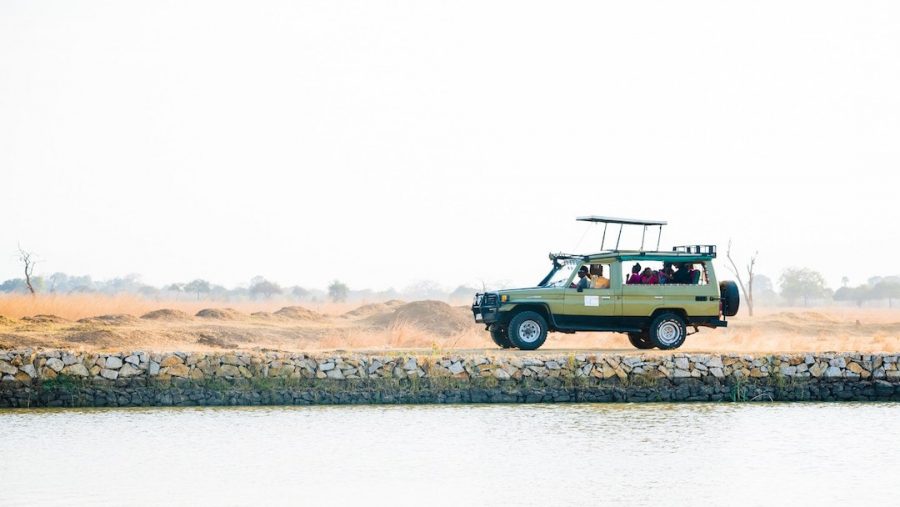
Similar to the above advice for long pants, you should consider purchasing a comfortable pair of travel shorts for when the temperature rises in the warmer months and long pants just won’t cut it.
If you’re not interested in investing in new shorts or are just generally trying to keep costs down, you can opt for a pair of workout shorts that you may already own. These are sure to keep you cool and most importantly, sweat-free!
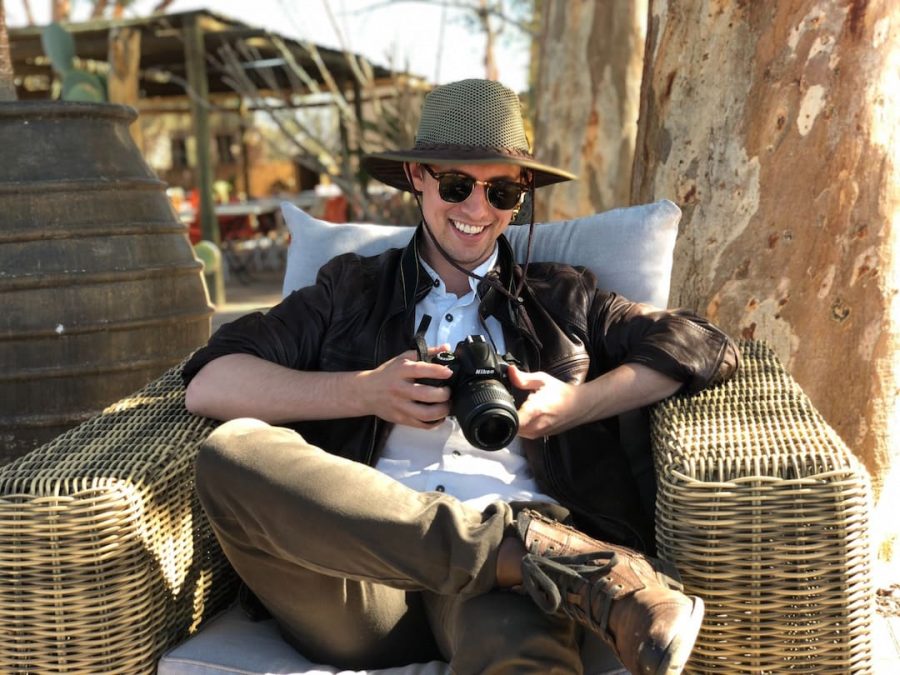
Activewear is a staple item in the wardrobe of most travellers around the world, and are perfect no matter the weather. So, why not pack a few pairs of tights, leggings, or sweats for those days when you not only want to dress down but also embrace maximum comfort and control.
Read the article: Safari in South Africa vs Tanzania: Where Should You Go?
Long sleeve tops
If you don’t already own a few long sleeved, sweat-wicking tops, it pays to invest in a few as they are designed to keep you fresh in high temperatures. To keep costs down and save from purchasing a whole new wardrobe, a lightweight shirt will do the trick; as it’s essential to protect yourself from the sun.
Also worth noting is that mosquitoes are a concern in Tanzania, so long sleeved tops act as great shield to protect yourself. Black clothing – despite attracting more heat from the sun – is said to deter mosquitos, so this is worth weighing up.
You don’t want to be stuck wearing long pants or a long sleeve top once the temperature rises. A few t-shirts or singlet tops won’t go to waste and are essential for the days when the temperature skyrockets. If you are wearing a singlet top or a t-shirt, don’t forget to slather on some sunscreen.
Windbreaker jacket
While it’ll be warm in Tanzania for most parts of the year, it will undoubtedly be windy in some parts. A windbreaker jacket is a perfect item to carry with you as it won’t take up too much room, yet will save you from feeling the drop in temperature.
Insulated jacket (depending on the season)
Some jackets are made to cater to either warm temperatures and cold weather with a waterproof shell. Depending on your preference, a warm padded coat should do the trick under your lighter waterproof jacket.
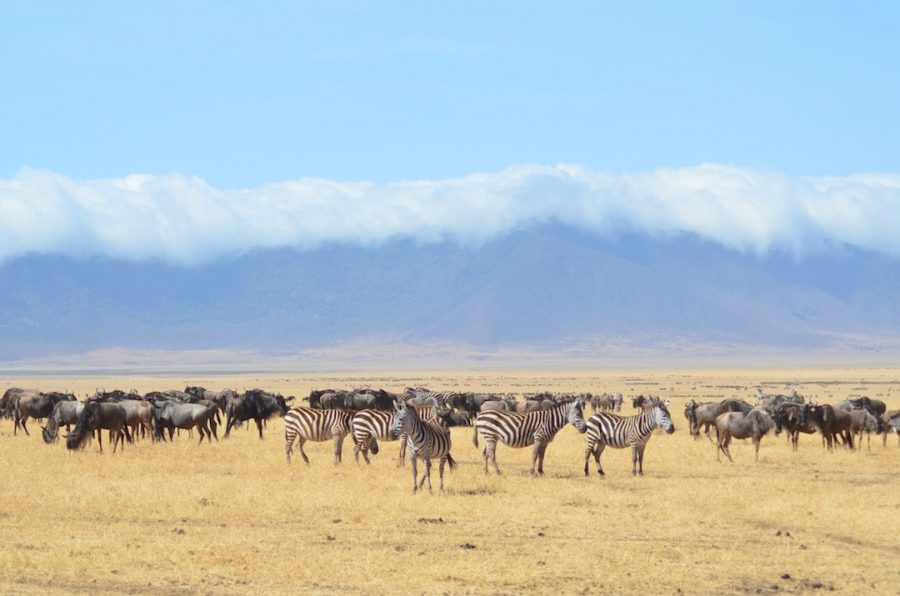
A sweatshirt
Anyone who has enjoyed a safari adventure will tell you that layers are everything! Start with light, breathable layers (long sleeve tops, t-shirts) with your sweatshirt serving as the warm and cosy layer to top it all off.
A skirt or dress
If your safari tour extends all the way through to Zanzibar , you should wear either long trousers, a skirt, or dress, and revealing clothes should be avoided. This is to show respect for the local customs and beliefs. At some religious sites, if you are not dressed appropriately, you may be asked to leave by a guard based on the failure to adhere to local culture and expectations on how to wear.
Hiking boots
While not essential, a pair of sturdy, waterproof hiking boots will do wonders for you. Avoid purchasing a brand new pair of hiking boots, as this will result in terrible blisters. A sturdy pair of hiking boots can be expensive, but they are certainly worth the investment as they’re designed to last forever, protect your feet, and give your ankles and back better support.
If hiking boots aren’t the best option for you, a pair of sneakers will do the trick. All you need is a pair of closed-toe shoes to protect your feet. The bottom line is that bushwalking is a large part of most itineraries, so no matter what they look like, a pair of comfortable, closed-in walking shoes are a must. Even more so, closed-in shoes will help to protect your feet from cuts and scratches when walking through the bush, and will also act as barrier protection against bites or stings from dangerous animals in this environment.
Sandals or Birkenstocks
When the end of the day rolls around, and you need to give your feet a break, a pair of sandals, Birkenstocks, or thongs will offer your toes and heels a much-needed airing out.
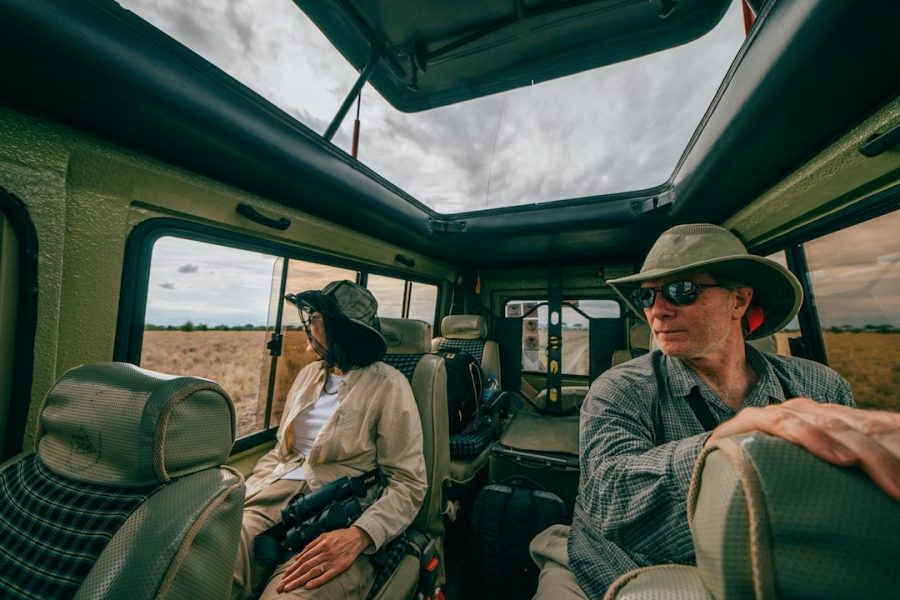
Items to leave at home
Forget about it – unless you decide you cannot live without your favourite pair of jeans. Considering denim takes ages to air dry while often being too warm to wear in the day, they are not ideal. Like we said, wear whatever is most appropriate for you, yet if you can avoid packing thick, denim jeans, then definitely do that.
The animals of the Serengeti won’t notice whether you’re repping a full face of makeup; and neither will the rest of your group. Of course, do what makes you feel your version of comfortable but at least be certain to layer on a strong sunscreen.
Formal outfits
Even at the the luxury safari lodges, the dress code will be far from formal. Save a few clean shirts to wear at night, and a nice pair of pants or a skirt for the evening, but above all, make sure you’re comfortable!
Expensive jewellery
A big sparkly pair of diamond earrings or a large watch is out of place in the bush, so it’s best to leave these at home. You also don’t want to be the only one loudly jingling and jangling when you’re trying to approach the more timid creatures of Tanzania.
Other miscellaneous items to pack
- Breathable, thermal layers (season dependent)
- Pyjamas to wear at night
- Gloves (depending on the season)
- Beanie (depending on the season)
Think we’ve missed something? Check our ultimate packing list for a Tanzanian safari and share your tips on what to wear in the comments below!

Gemma Music
Gemma is a travel-lover from Melbourne. When she's not surrounded by the great outdoors, Gemma can be found spending her time with family and friends or planning her next trip overseas.
Related Articles
- North America
Your Guide to Easter Around the World
Easter is a time to celebrate new beginnings. The symbols and...
- Destinations
The Ultimate Seven-Day Itinerary in Egypt
The soft river breeze wafts through my hair as the sails...
Best Safari Destinations in Africa for 2024
“There is something about safari life that makes you forget all...

The Best Day Hikes in Torres del Paine
Get unlimited access to the world's best travel stories. subscribe now., privacy overview.

How to Plan a Safari Trip to Africa: 10 Successful Tips
A safari trip in Tanzania is an exhilarating adventure that requires careful consideration of what you wear. As you embark on this thrilling journey through the heart of the African wilderness, your choice of clothing can significantly impact your comfort and overall experience.
To make the most of your African safari, you need to opt for loose and comfortable attire, allowing for optimal air circulation and freedom of movement.
Dressing in layers is also crucial for handling the varied climate throughout the day, and it’s essential if you’re planning to combine your safari with a Kilimanjaro climb.
Neutral or khaki-colored clothing is also recommended to keep you at ease and fend off the pesky tsetse flies.
We will discuss what to wear on a safari in Tanzania, providing the essential suggestions for making your trip memorable and enjoyable.
What to Wear on Safari in Tanzania: The Ultimate Checklist
When going on a safari in Tanzania, it’s essential to dress appropriately for the adventure. The following is a list of what to wear and why.
- Loose and comfortable clothing
- Dress in layers
- Neutral or khaki colors
- Wide-brimmed hat
- Insect repellent
- Comfortable footwear
- Rain jacket
Check out each item in detail and learn why including it in your packing list is essential.
1. Loose and Comfortable Clothing
You’ll need to wear loose and comfortable clothing on your safari in Tanzania. Opt for clothing that allows air circulation and keeps you cool in the warm African climate.
During game drives and other activities, staying comfortable is important, especially during long hours in the vehicle. Loose-fitting clothing helps regulate your body temperature and minimizes any chafing or discomfort.
2. Dress in Layers
Pack your clothing in layers and easily adjust your outfit throughout the day to stay prepared for the changing temperatures on your safari in Tanzania.
Tanzania’s climate can vary significantly, with cooler mornings and evenings and hotter midday temperatures. Layering allows you to add or remove clothing as needed, ensuring your comfort throughout the day.
This approach becomes even more critical if you plan to combine your safari with Kilimanjaro climbing , as the mountain experiences extreme temperature swings. By dressing in layers, you can easily accommodate these changes, staying warm when it’s cold and cool when it’s hot.
3. Neutral or Khaki Colors
To blend in with the surroundings and avoid attracting tsetse flies, opt for clothing in neutral or khaki colors on your safari in Tanzania. Bright colors can draw the attention of these bothersome insects, and nobody wants to constantly swat at flies while trying to enjoy the beauty of the luxury safari .
You can seamlessly blend into the natural environment and minimize the risk of attracting Tsetse flies by choosing earthy tones like khaki, beige, or olive green. These colors mimic the shades of the grasslands and savannah, allowing you to observe wildlife without being noticed by insects or disturbing the animals.
To ensure a hassle-free and enjoyable safari experience in Tanzania, it can be best to go on your trip with a reputable safari company , as they know the ins and outs of the region.
4. Sunglasses
You should bring sunglasses on your safari trip to Africa to protect your eyes from the harsh sunlight and dust. The African sun can be intense, and the glare can be blinding, especially in open savannahs and grasslands.
Sunglasses with polarized lenses are highly recommended as they reduce glare and provide better visual clarity.
Look for sunglasses that offer 100% UV protection to shield your eyes from harmful rays. Opt for sunglasses with a wraparound design to provide maximum coverage and prevent dust and debris from entering your eyes.
5. Sunscreen
Don’t forget to apply sunscreen generously to protect your skin from harmful UV rays while on safari in Tanzania. The intense African sun can be unforgiving, so taking precautions is important.
Look for a high-SPF sunscreen, preferably one with a rating of 30 or higher, to ensure maximum protection. Be sure to put it on your face, neck, arms, and legs.
6. Wide-Brimmed Hat
You should definitely consider bringing along a wide-brimmed hat for your safari in Tanzania. This cap will help keep the sun off your face and protect you from insects. As a result of the wide brim, the hat offers adequate shade, protecting your face, neck, and ears from the scorching African sun.
7. Insect Repellent
To protect yourself from pesky bugs, consider using insect repellent while on safari in Tanzania. The country is known for its diverse insect population, including mosquitoes, which can carry diseases such as malaria.
It’s essential to choose a repellent that contains at least 30% DEET for effective protection. DEET is a powerful chemical compound that repels many insects, including mosquitoes, flies, and ticks. When applying the repellent, follow the instructions on the packaging and apply it to all exposed skin.
8. Comfortable Footwear
Don’t forget to pack a sturdy pair of shoes for your safari in Tanzania. Your choice of footwear can greatly impact your comfort and safety during the trip.
While heavy hiking boots may not be necessary for game drives, it’s important to have comfortable walking shoes or tennis shoes with good grip. These will ensure that you can easily navigate the terrain and enjoy your wildlife-viewing experience without any discomfort.
If you plan on participating in walking safaris or nature hikes, lightweight hiking boots or trail shoes are recommended.
9. Rain Jacket
When packing for your safari in Tanzania, ensure that you have a lightweight rain jacket in case of unexpected rain showers. While Tanzania is known for its dry season, it’s always wise to be prepared for the occasional downpour.
A rain jacket will keep you dry and comfortable during these sporadic showers. Opt for a lightweight jacket that’s easy to pack and won’t weigh you down as you explore the wilderness. Look for a waterproof and breathable jacket so you can stay dry without feeling too hot or clammy.
Embrace the Tanzanian Safari Experience in Comfort and Style
When you go on a safari in Tanzania, remember to wear essential clothes and accessories to ensure a relaxing and enjoyable adventure. Don’t forget essential items like sunglasses, sunscreen, wide-brimmed hats, and insect repellent to protect yourself from the elements.
Long pants and long-sleeved shirts provide added protection, while comfortable footwear allows you to explore easily. Also, be prepared for unexpected rain with a lightweight rain jacket. With the right attire, you’ll be ready to immerse yourself in Tanzania’s incredible wildlife and landscapes.

Request More Information
Your Name *
Your Email *
How Did You Find Us * —Please choose an option— Trip Advisor Safaribooking Google Online Forum Facebook Word of mouth Other
Your Message
After you click send, you will be taken to a new page.
Arusha - Tanzania
What to Wear on Safari in Tanzania
What to wear on safari in tanzania.
A Practical Guide for Tanzania Safari Clothing and Colors
A Safari in Tanzania are an unforgettable experience, but it's important to pack the right clothes. The weather in Tanzania can vary depending on the time of year and the region you're visiting, it's important to be prepared for anything.
Our practical guide on what to wear on safari in Tanzania, from the best Tanzania safari clothing and colors to essential accessories and footwear.
What Colors To Wear on Safari in Tanzania?
When packing for your safari in Tanzania, it's important to choose colors that will help you blend in with your surroundings. The best clothes for safari Tanzania are neutral colors like khaki, mid-tone brown, olive green, and beige.
These colors will help you avoid attracting attention from wildlife, which can be skittish around brightly colored clothing.
Understanding Tanzania's Weather and Climate
Tanzania boasts diverse climates, ranging from hot savannas to cool highlands. Understanding the weather patterns can help you pack accordingly for your safari adventure.
Dry Season (June to October): Prepare for sun-soaked days and chilly nights.
Wet Season (November to May): Rain is the boss here, so a waterproof jacket is your new best friend.
Recommended Essential Clothing For Tanzania Safari
From sunrise game drives to starry nights, prepare for every moment with our guide to the best safari clothing in Tanzania. Breathable fabrics, sun protection, and insect-repellent options - we've got you covered!
Dressing appropriately for a Tanzania safari is crucial to ensure comfort, protection, and an enjoyable experience. When it comes to selecting the best clothes for your Tanzania safari adventure, it's important to consider the climate, and the local culture.
What to Wear in Tanzania Safari: Dry Season
The dry season in Tanzania runs from June to October. During this time, the weather is generally warm and sunny, with little rain. For game drives, you'll want to wear comfortable, lightweight clothing in neutral colors. Avoid wearing bright colors or dark colors, as these can attract insects. A good rule of thumb is to dress in layers so you can adjust to the changing temperatures.

Here are some specific items to consider packing for a safari in the dry season:
T-shirts and tank tops
Long-sleeved shirts for sun protection
Shorts or lightweight long pants
Convertible pants for versatility
Wide-brimmed hat and sunglasses for sun protection
Sunscreen and insect repellent for added protection
Comfortable walking shoes suitable for walking safaris
What to Wear in Tanzania Safari: Wet Season
The wet season in Tanzania runs from November to May. During this time, the weather can be hot and humid, with frequent rain showers. For game drives, you'll want to pack waterproof clothing, including a raincoat and rain pants. You may also want to bring a pair of rubber boots or sandals.
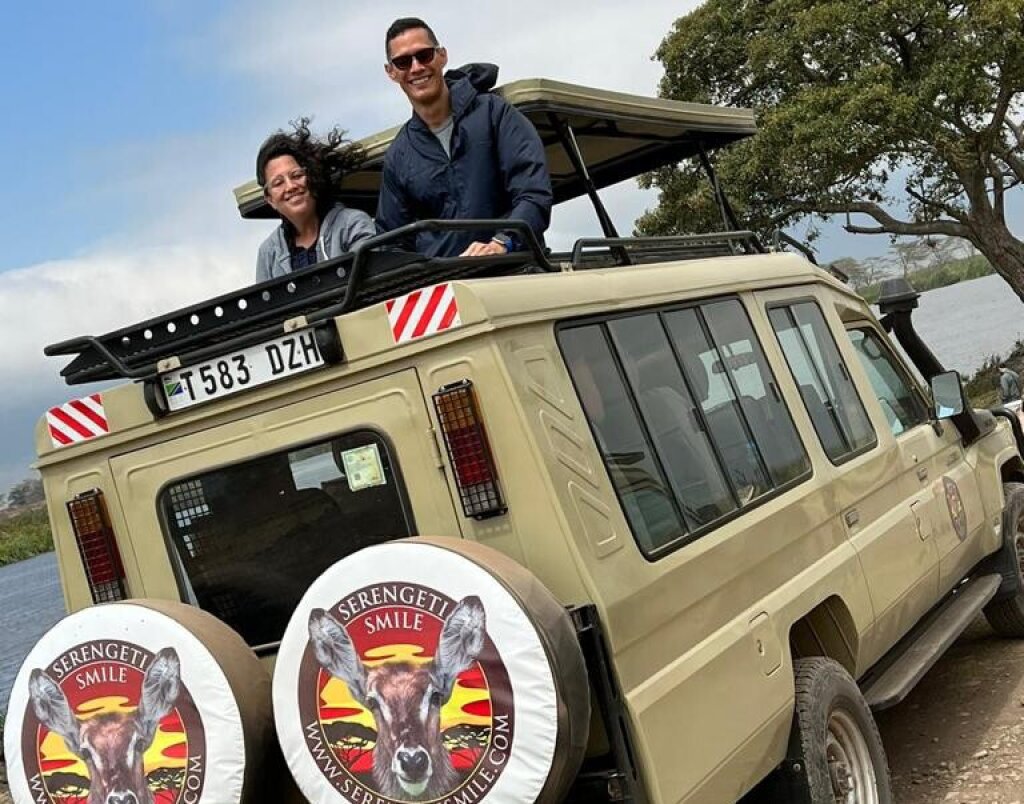
Here are some specific items to consider packing for a safari in the wet season:
Long-sleeved shirts for sun and insect protection
Light long pants
Waterproof raincoat and rain pants
Rubber boots or sandals for muddy terrain
Wide-brimmed hat and sunglasses
Sunscreen and insect repellent
Comfortable walking shoes with good traction
What to Wear Each Month on Safari in Tanzania
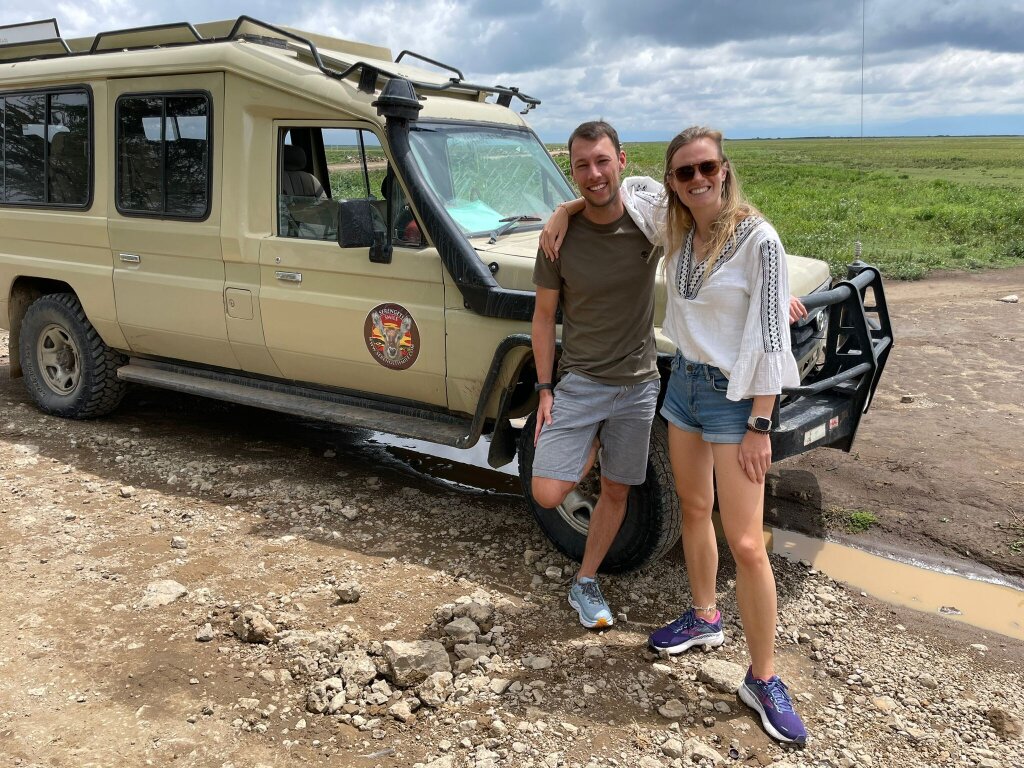
What To Wear in Tanzania Safari as a Woman
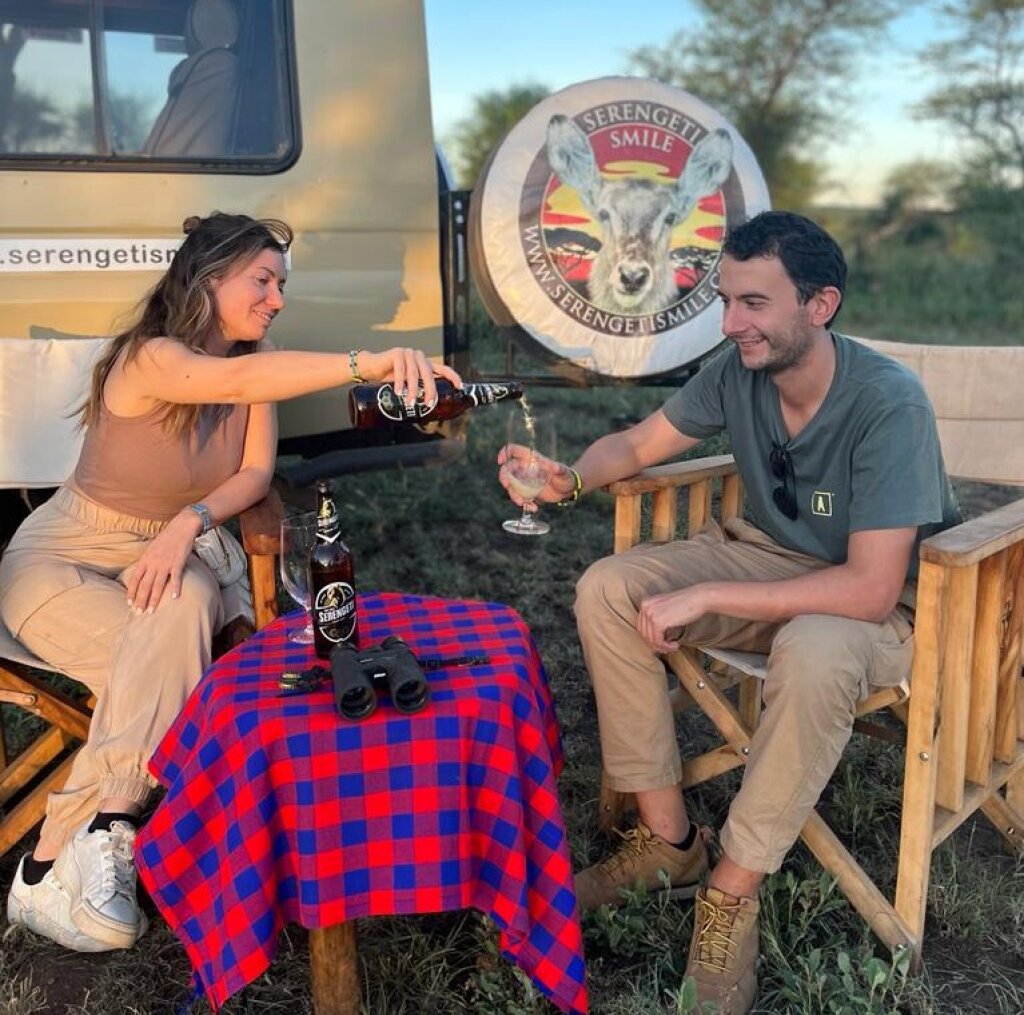
Are You Travel in Tanzania as a Woman?
Planning your wardrobe for a Tanzania safari as a woman can be both exciting and challenging. It's important to consider the climate, cultural norms, and the activities you'll be participating in during your safari adventure.
Find out Tanzania safari clothes for women , opt for lightweight, breathable clothing made from natural fabrics like cotton or linen to keep cool in the hot and humid weather. Pack long-sleeved shirts and pants to protect yourself from the sun and insects.
Don't forget to bring a wide-brimmed hat, sunglasses, and a lightweight scarf to shield yourself from the sun's rays. In terms of colors, neutral tones like khaki, beige, and olive green are ideal for blending in with the natural surroundings. Lastly, comfortable closed-toe shoes or hiking boots are a must for walking safaris and game drives.
What To Wear on Game Drives Safari in Tanzania
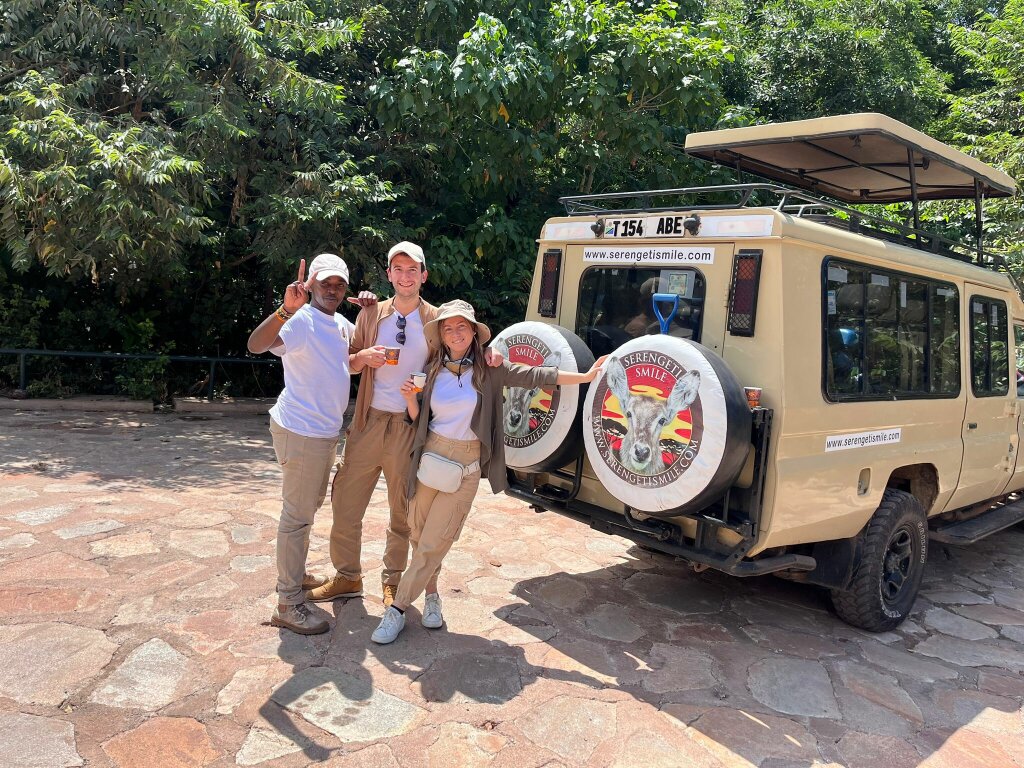
When going on game drives, it's essential to wear practical and comfortable clothing suitable for the safari environment. Our guide and tips on what to wear on game drives safari in Tanzania:
Neutral Colors
Light and Breathable Fabrics
Long Sleeves and Pants
Comfortable Closed Shoes
Hat and Sunglasses
Final Thoughts on What To Wear on Safari in Tanzania
By carefully planning and packing the right clothing and accessories, you can ensure a comfortable and enjoyable safari experience in Tanzania. Remember to prioritize practicality, respect local customs, and protect yourself from the elements, and you will be well-prepared to make the most of your adventure in this incredible destination.
Remember, the key to enjoying your safari is to be comfortable and prepared, allowing you to fully immerse yourself in the beauty and wonder of the Tanzanian wilderness.
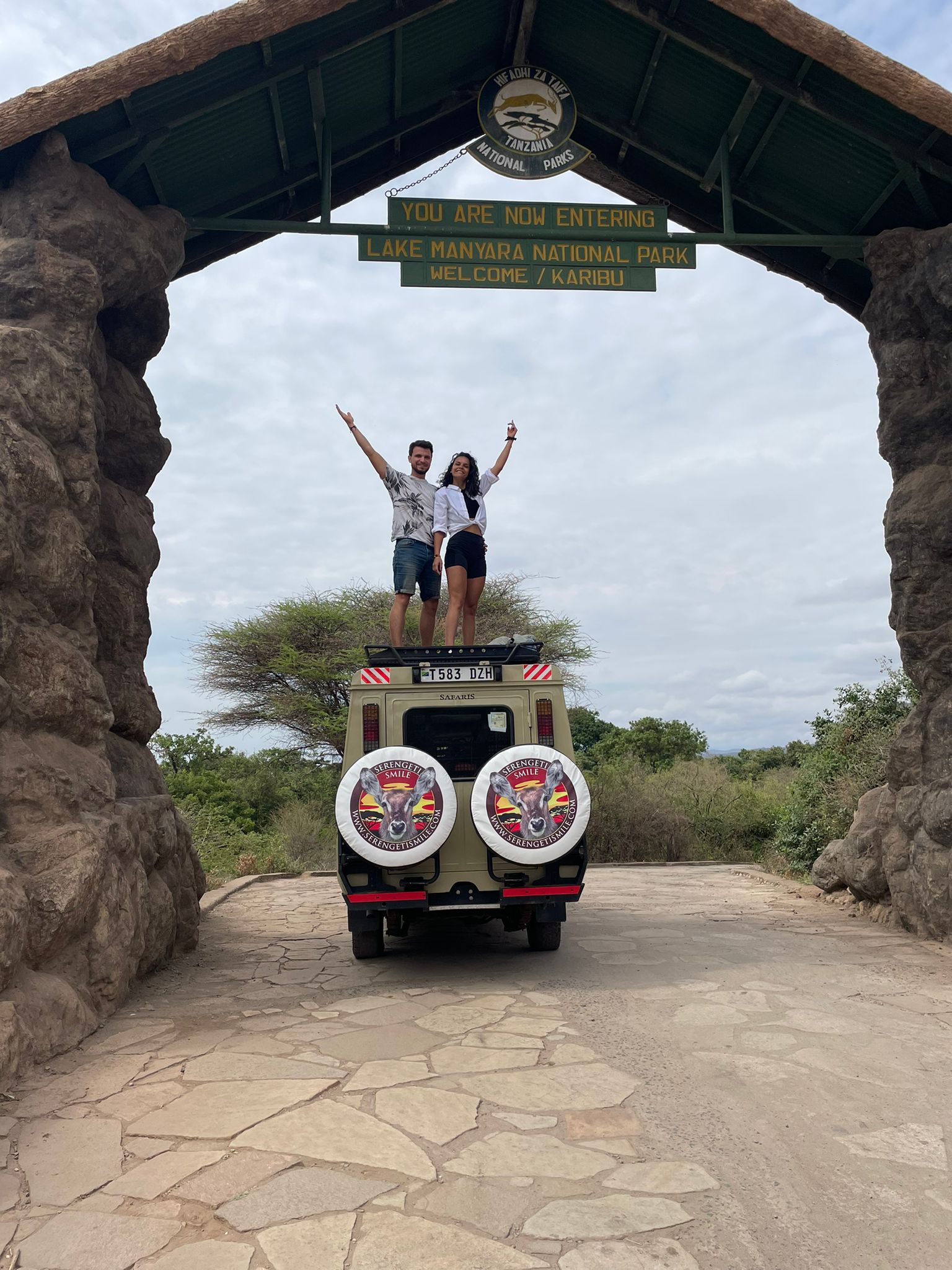
Plan your Safari Adventure
Request free quotes from the local safari companies I use to organize my own trips.
Our Tanzania Safari Packages To Inspire You
Explore our best Tanzania safari tour packages and start plan your trip.
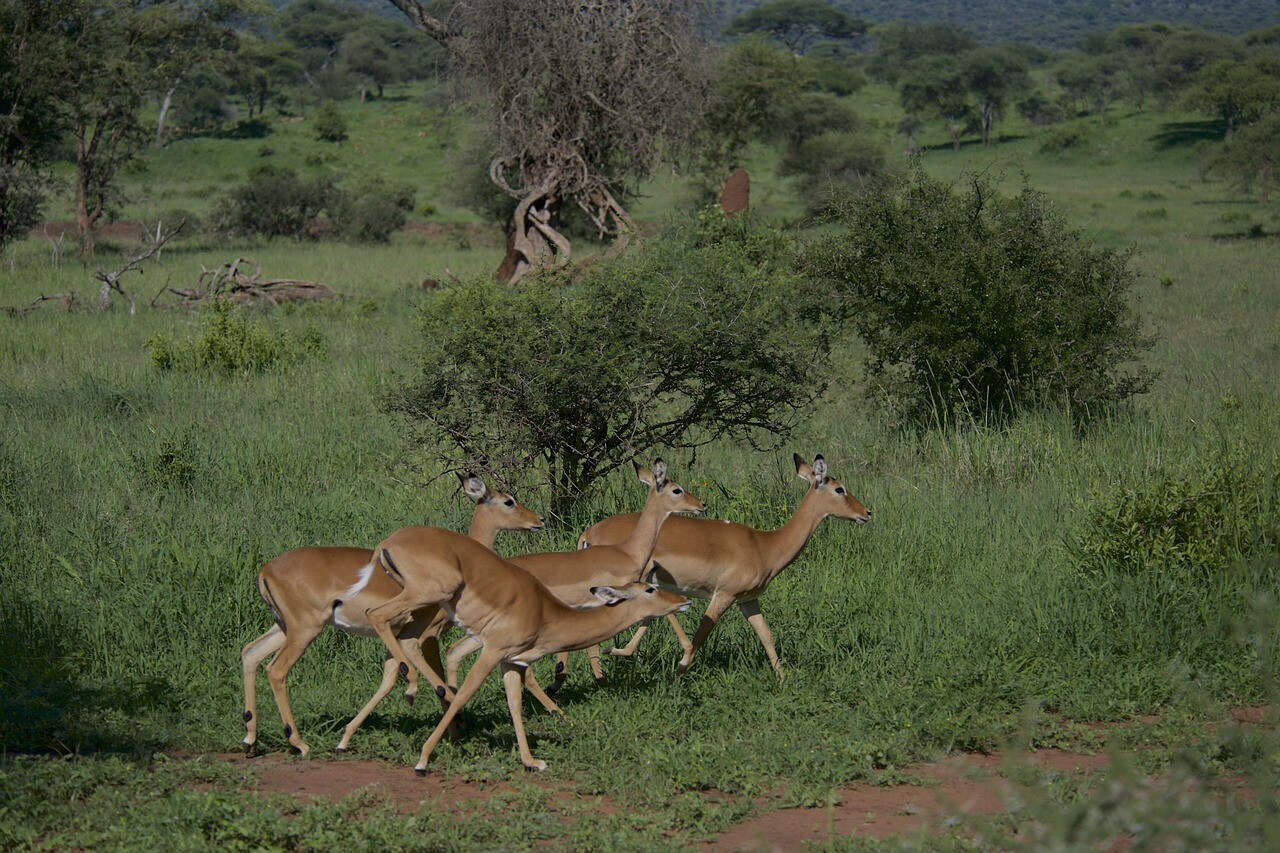
Tanzania | Private Tour
3-Day Best Tarangire, Ngorongoro & Manyara Trip
Accommodation Style: Mid-Range
You Visit: Tarangire NP, Ngorongoro Crater, Lake Manyara NP,
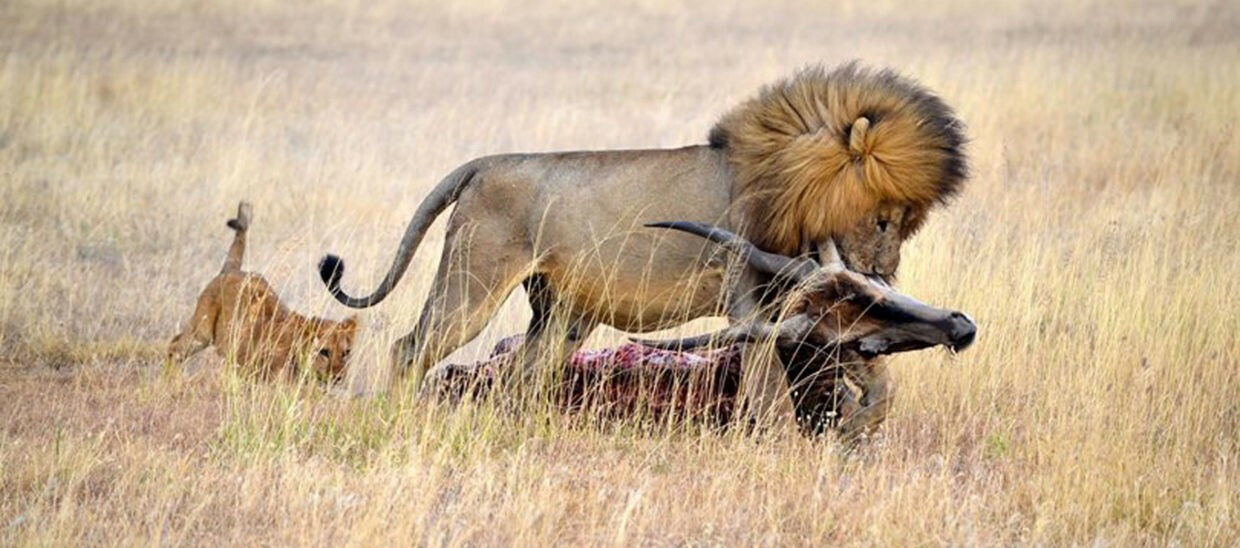
3-Days Serengeti and Ngorongoro Luxury Safari
Accommodation Style: Luxury
You Visit: Serengeti NP, Ngorongoro Crater,
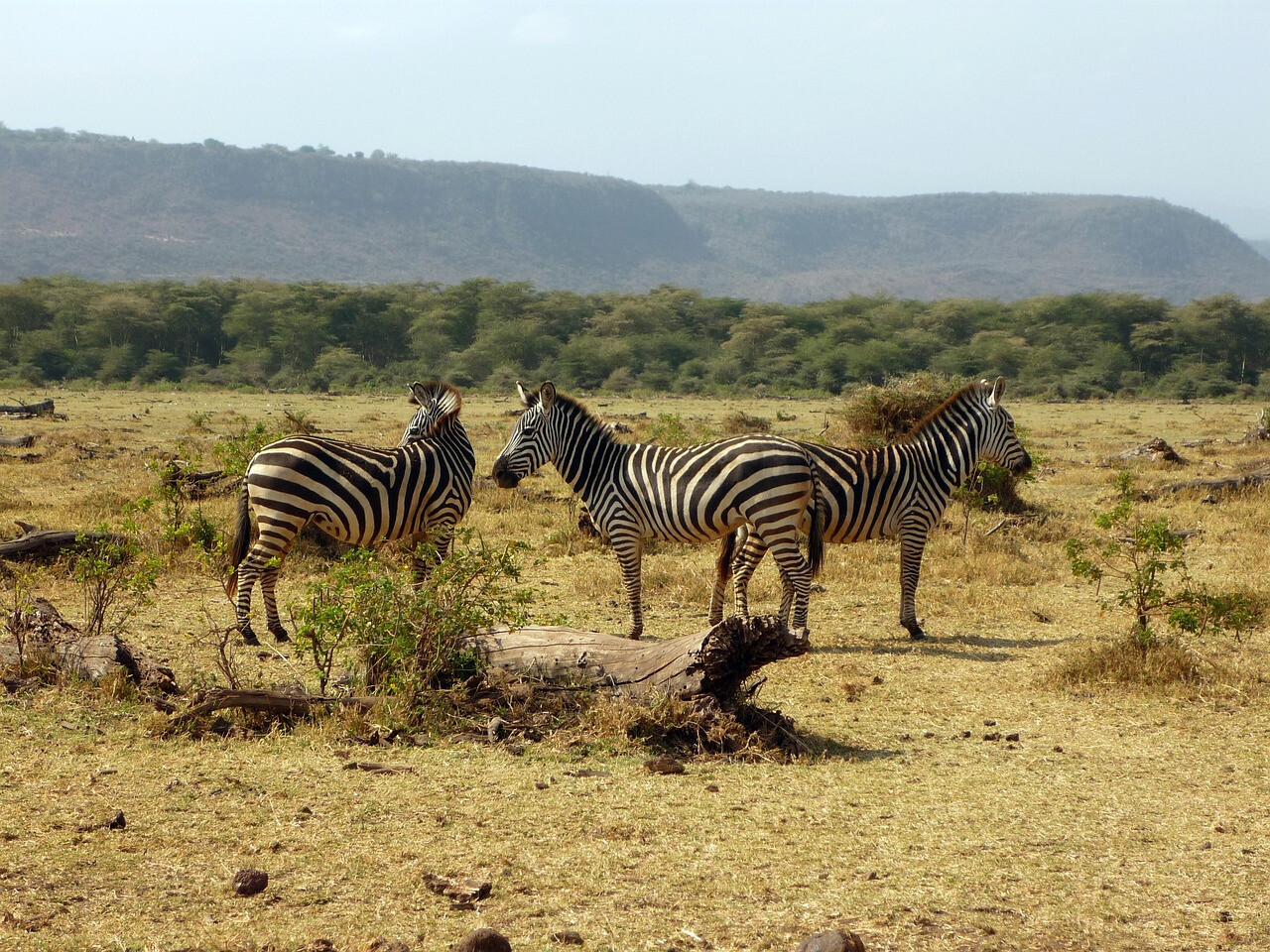
4-Day Budget Tour to Tarangire, Serengeti & Ngorongoro
Accommodation Style:
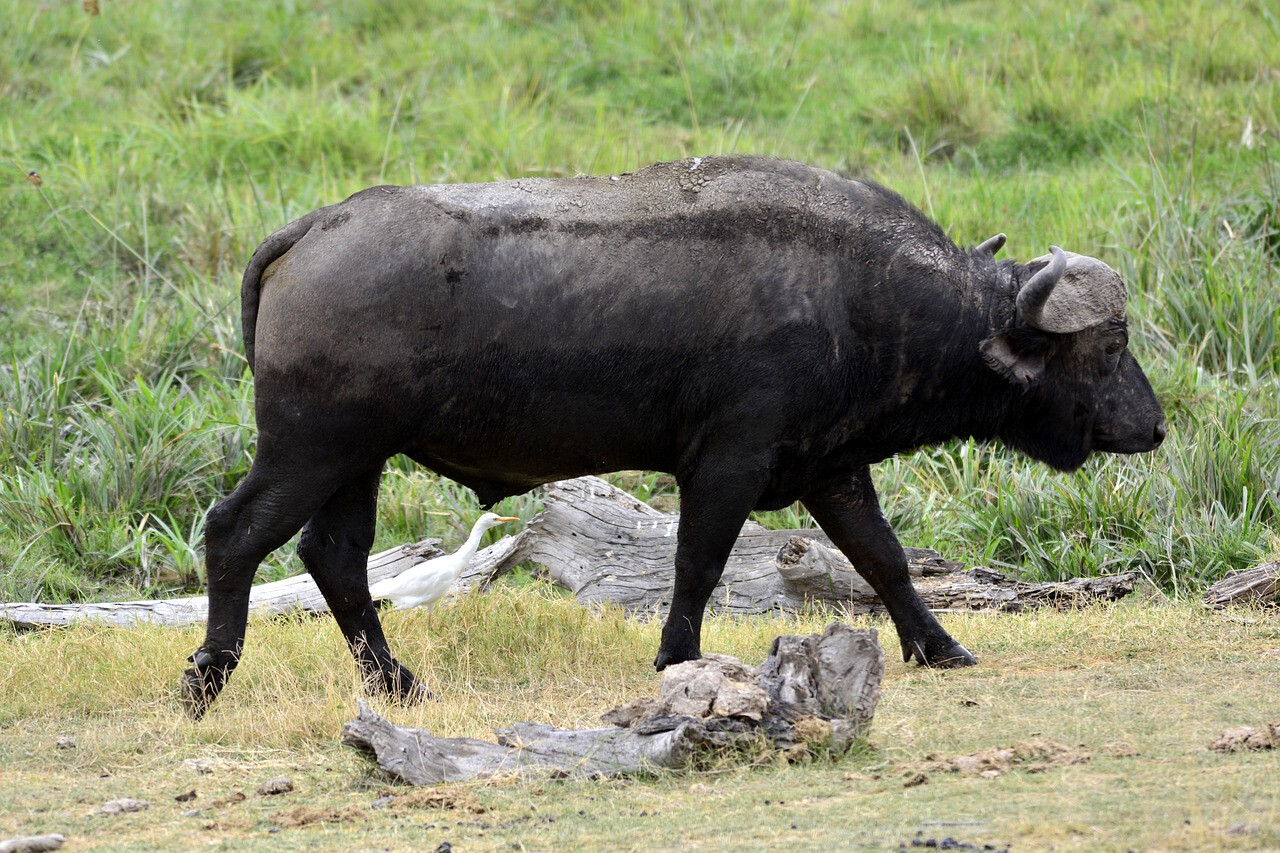
5-Day Tarangire, Ngorongoro & Manyara Perfect Trip
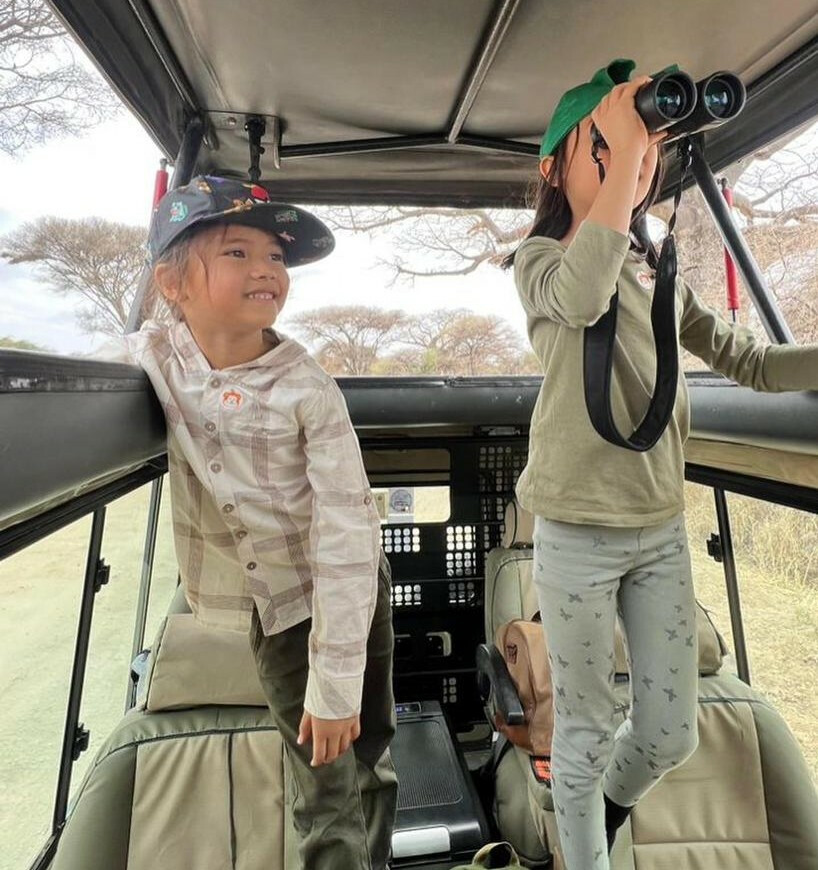
5-Day Tarangire, Ngoroongoro & Manyara Adventure
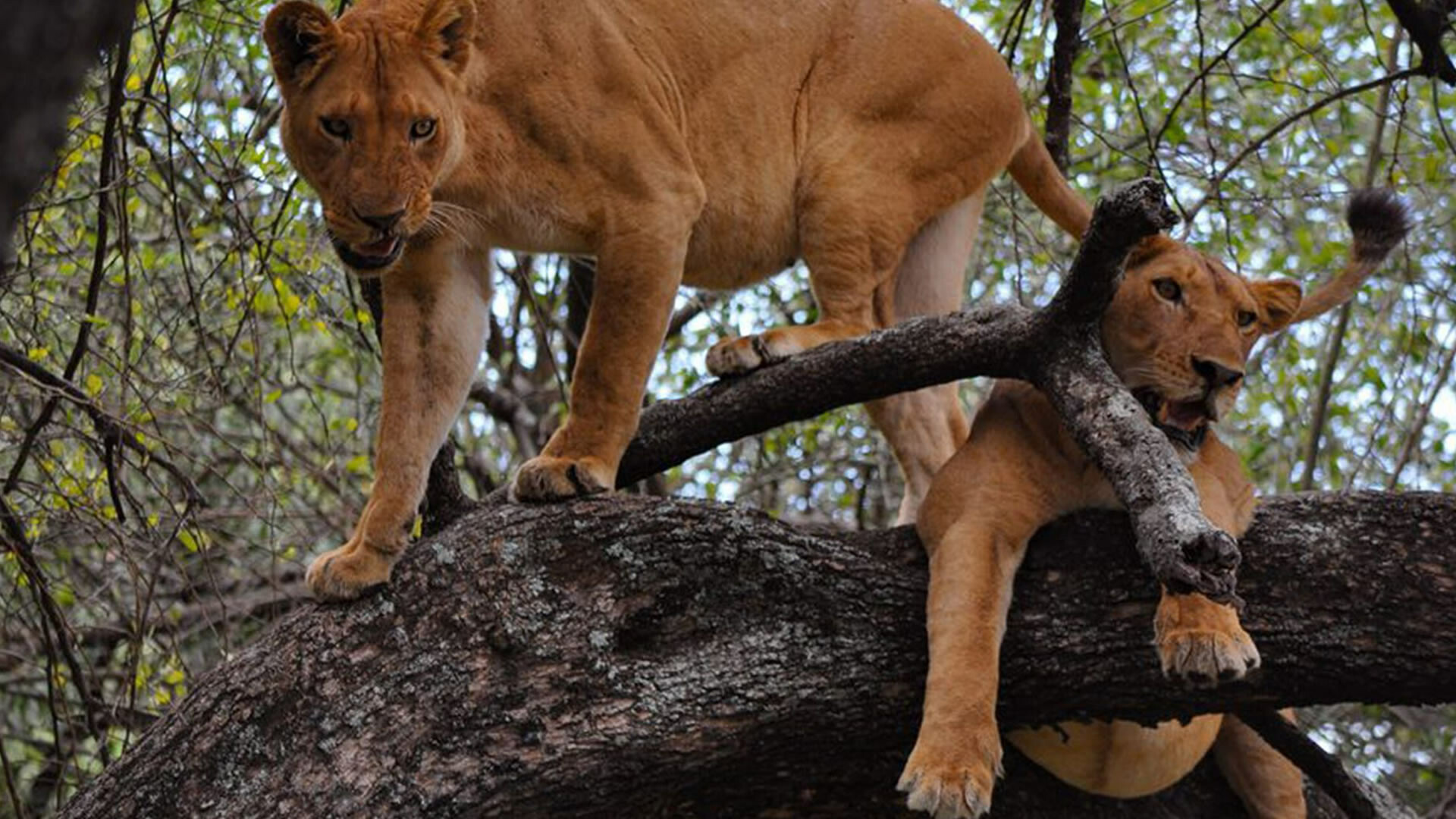
5-Day Trip to Tarangire, Manyara, Serengeti & Ngorongoro
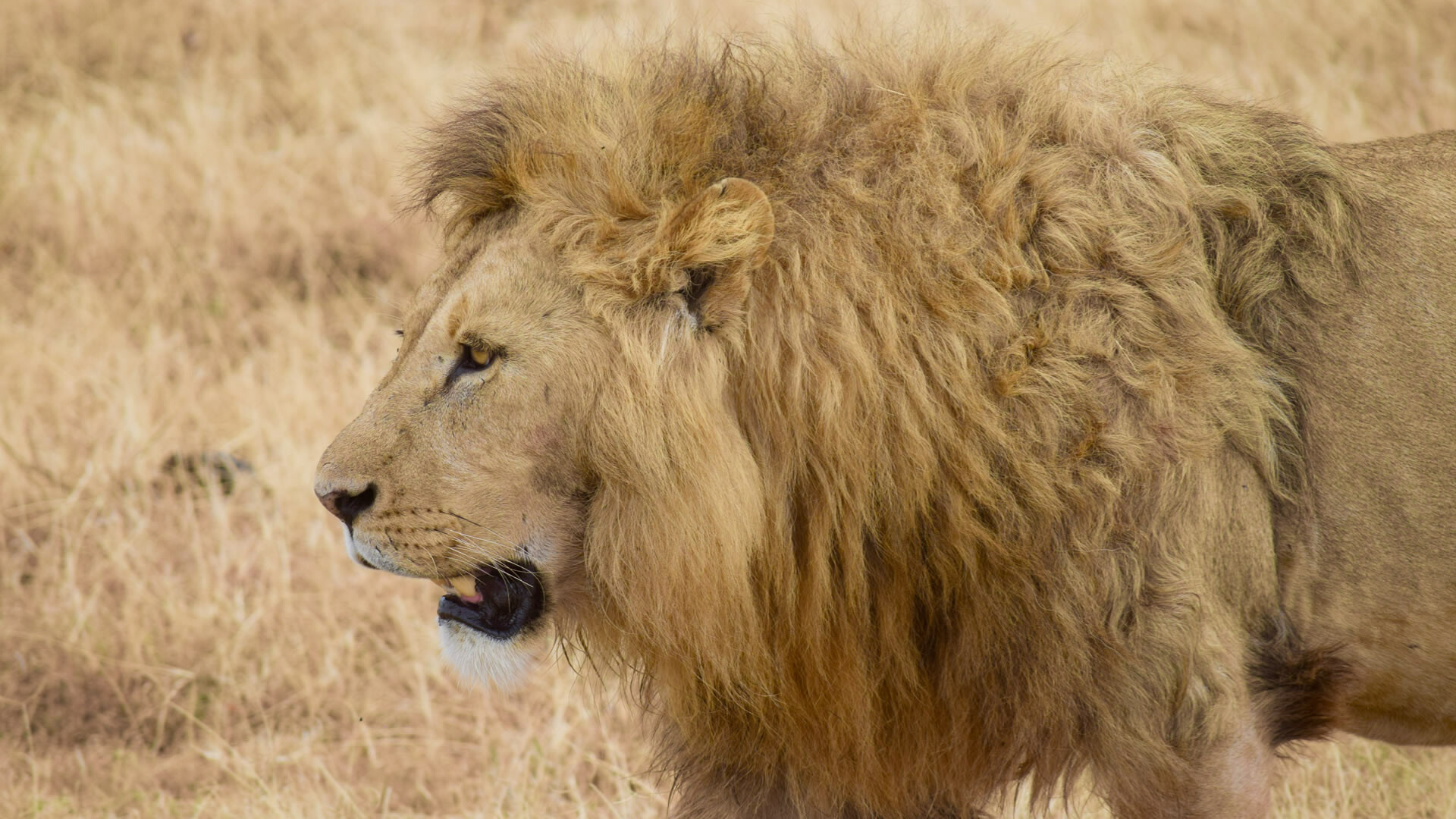
6-Days Tarangire, Serengeti, Ngorongoro, Eyasi & Manyara
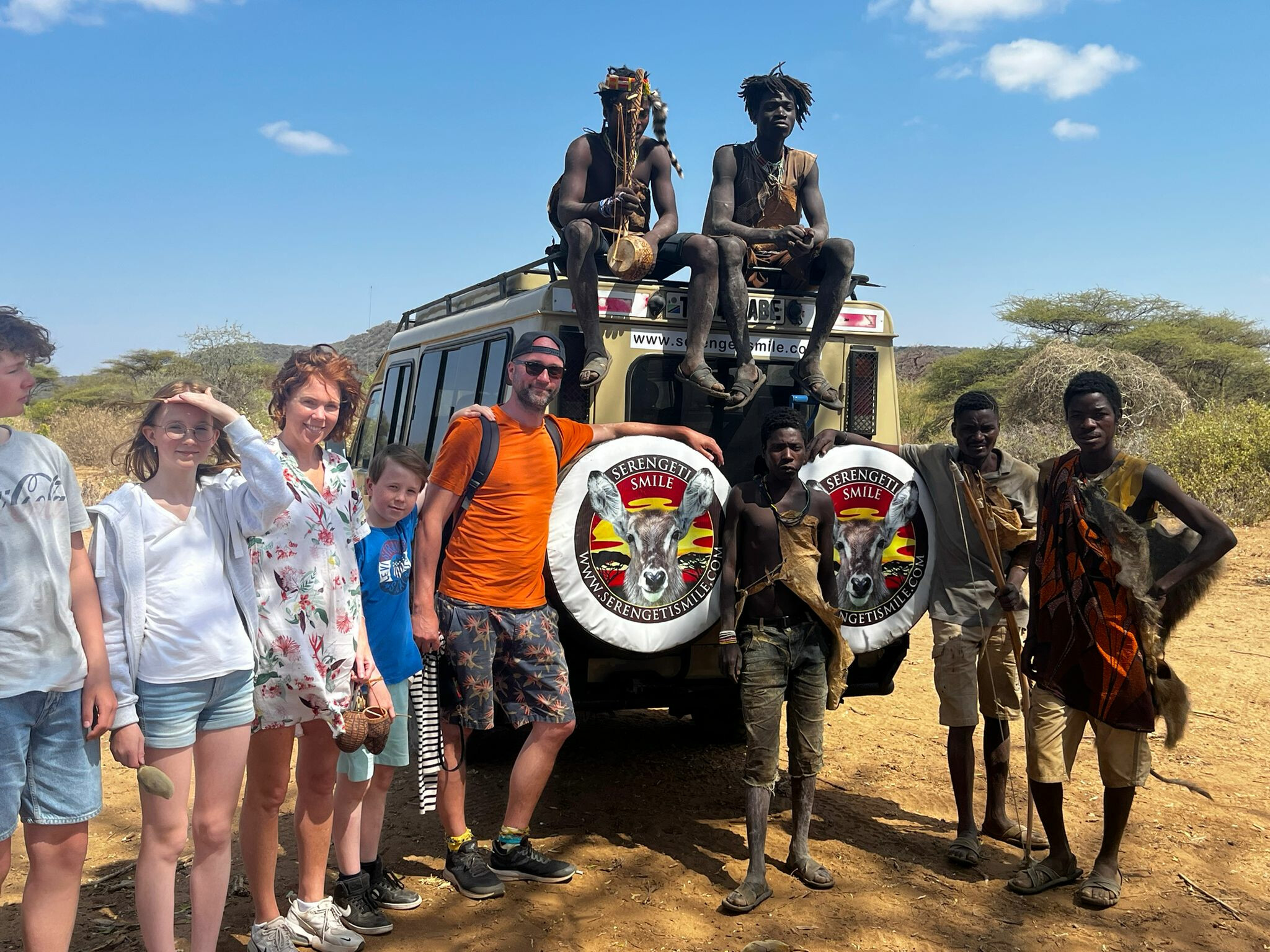
6-Days Amazing Wildlife and Cultural Experience Tour
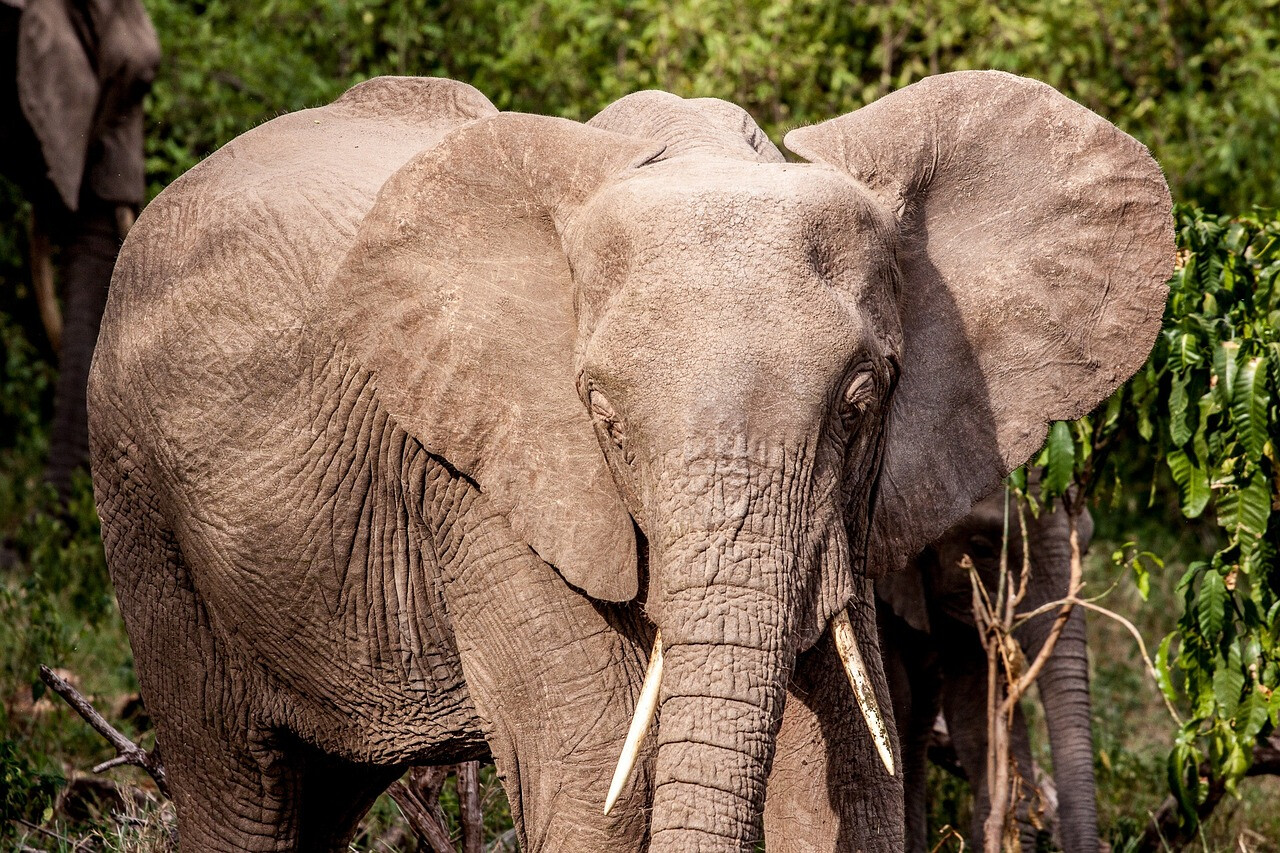
7-Days The Big Five Safari in Tanzania
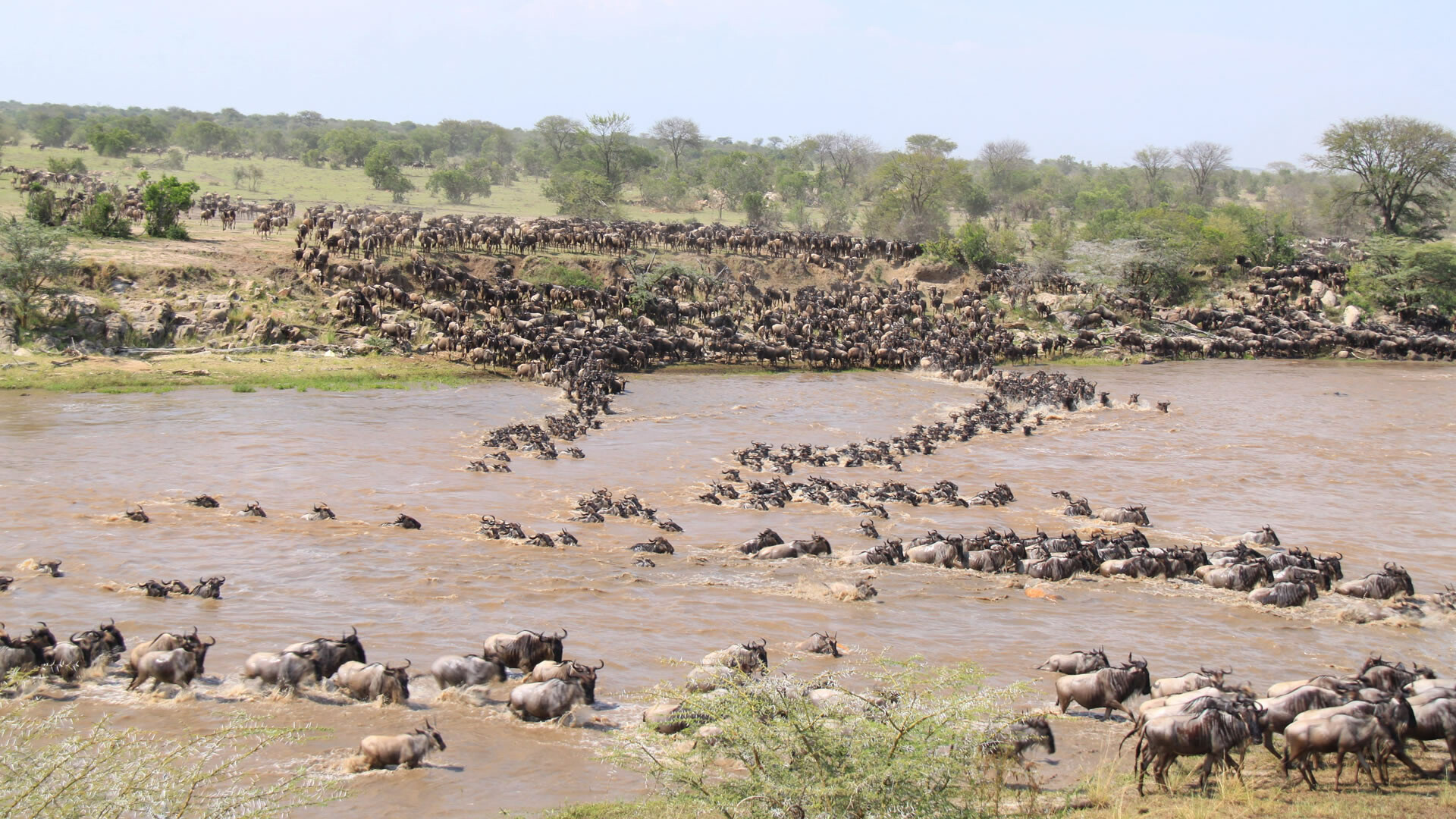
7-Day The Great Migration Tour at Mara River Crossing
You Visit: Tarangire NP, Central Serengeti, Northern Serengeti NP, Ngorongoro Crater, Lake Manyara NP,
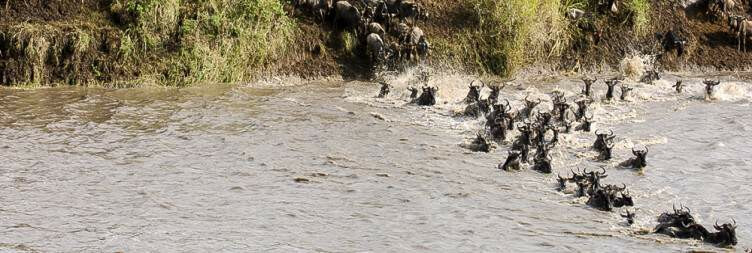
8-Days Great Migration Tour - Mara River Crossing
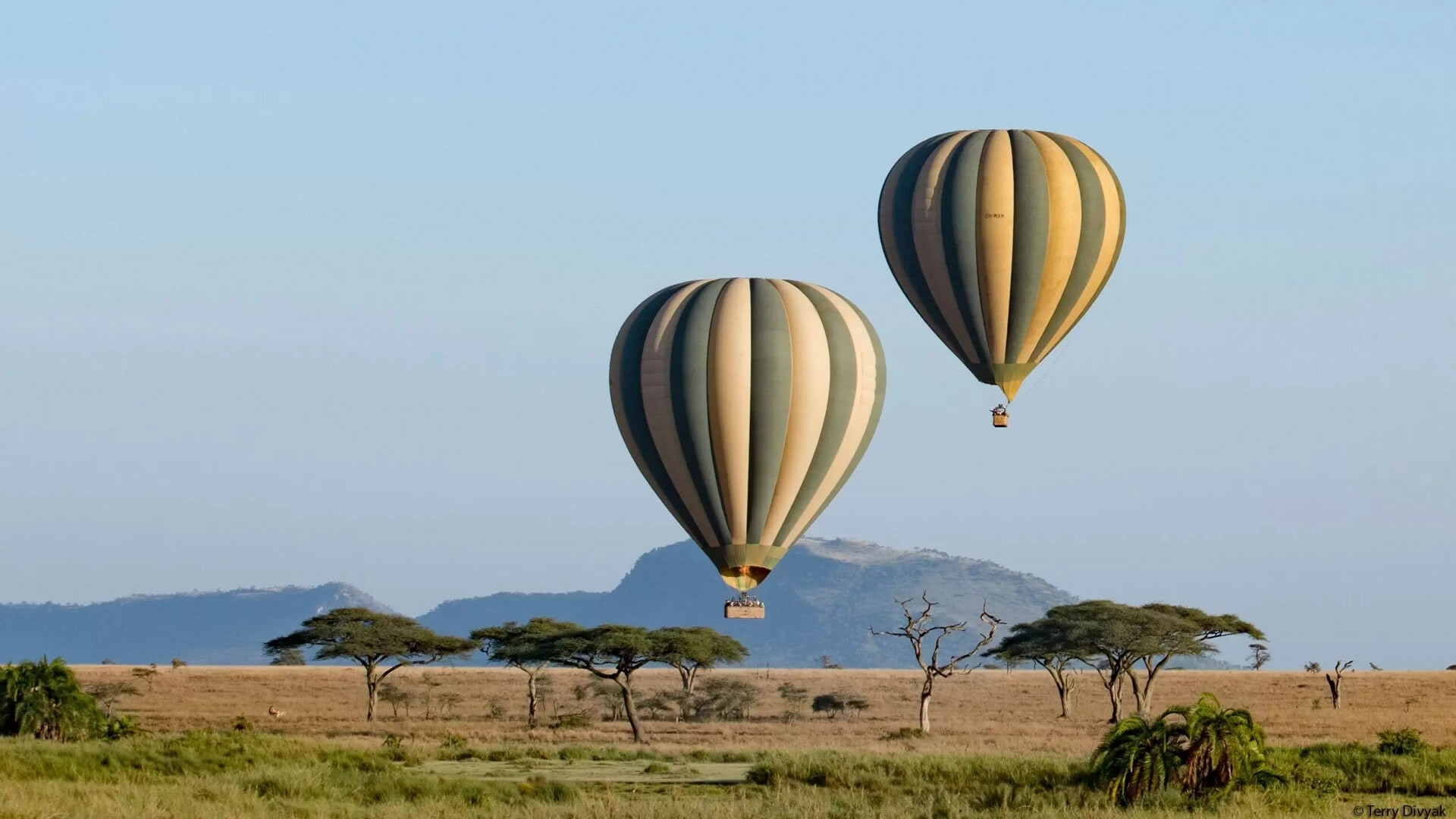
10-Day Amazing Wildlife and Zanzibar Beach Safari
You Visit: Tarangire NP, Serengeti NP, Ngorongoro Crater, Zanzibar, Stone Town (Zanzibar), Zanzibar (Beach),
FAQs - What To Wear on Safari
What do you wear to a safari in tanzania.
Planning for a safari adventure in Tanzania? Wondering what to wear? Well, when it comes to dressing for a safari, comfort and practicality are key. Opt for lightweight, breathable clothing in neutral colors such as khaki, beige, or olive green. Long-sleeved shirts and pants will protect you from the sun and pesky insects.
Don't forget to pack a wide-brimmed hat to shield your face from the scorching African sun. Comfortable closed-toe shoes or hiking boots are a must for walking safaris. Layering is also essential as temperatures can vary throughout the day. Lastly, don't forget to bring a good pair of binoculars and a camera to capture the incredible wildlife you'll encounter on your Tanzanian safari adventure!
How many clothes to pack for safari?
What shoes to wear for Tanzania safari?
What not to wear on safari in Tanzania?
Tank tops, shorts or skirts above the knee and other types of clothing that reveal the shoulders or thighs should be avoided.
What colors should I avoid wearing on safari?
Avoid bright colors like white, red, or yellow, as they can attract insects. Additionally, dark colors like black and blue can attract tsetse flies.
What about laundry facilities on safari?
Many safari lodges offer laundry services. However, it's a good idea to pack enough clothes for your entire trip, just in case.
Is it OK to wear black in Tanzania Safari?
Wear neutral or khaki-colored clothing instead of dark blue or black, which tends to draw tsetse flies. Sunglasses, insect repellant, sunscreen, and wide-brimmed hats are essential. It’s recommended that you wear long pants, long-sleeved shirts, socks, and insect repellent to prevent mosquito bites after dusk
Can I wear sandals or flip flops on safari in Tanzania?
It's best to avoid open-toed shoes on safari. Opt for sturdy footwear that protects your feet from the elements and potential hazards.
Can I wear shorts on safari in Tanzania?
More Tanzania Safari Tips & Guides
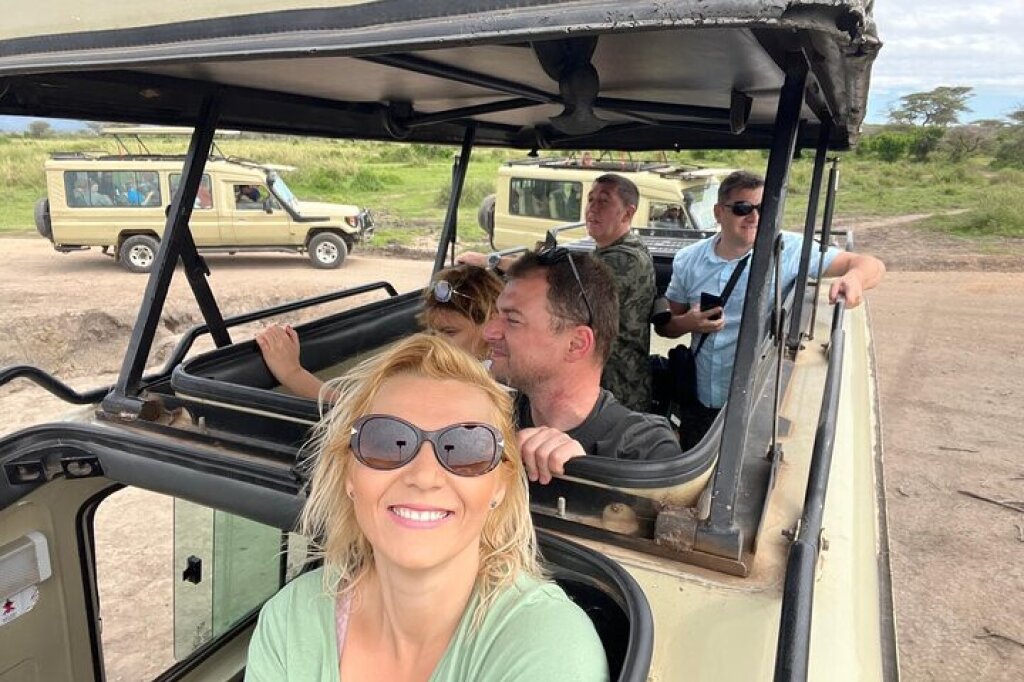
How To Book A Safari in Tanzania (7 Easy Steps)
Planning a safari in Tanzania can be an exciting adventure, and here is a step-by-step guide to help you book your dream safari.
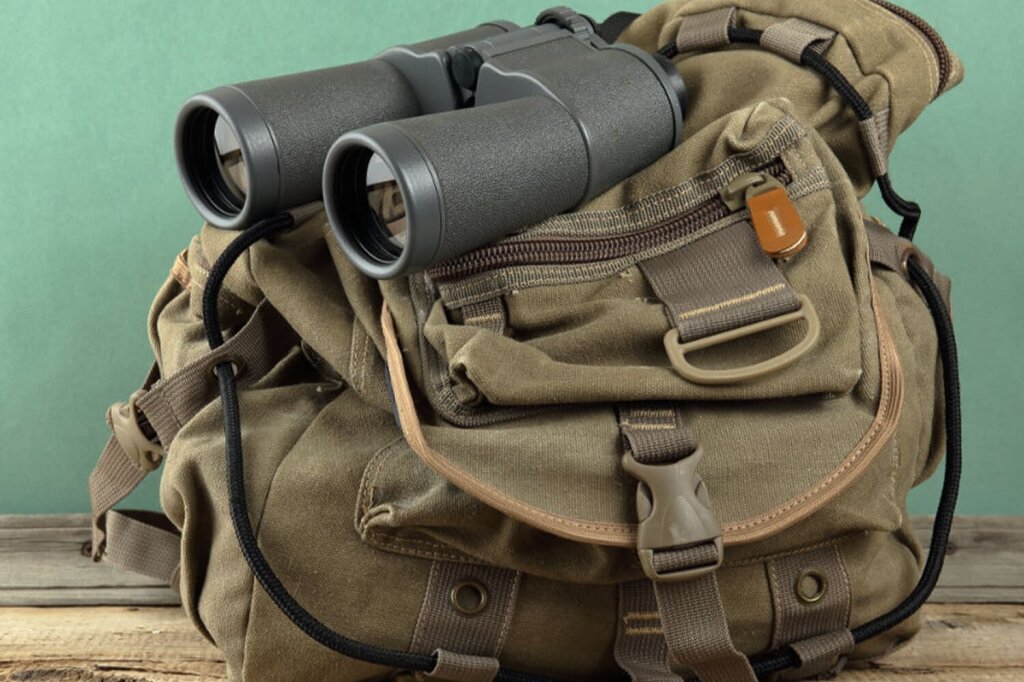
Ultimate Tanzania Safari Packing List 2024
But before you embark on your adventure, it's important to make sure you have packed everything you need.
Sign Up to Our Newsletter!
Receive travel ideas, destination guides, and inspiration directly in your inbox.
- Tanzania Travel Advice
- Tanzania Yellow Fever Requirements
- Visa Tanzania
- Tanzania weather
- Best Time to Visit Tanzania
- Flying Doctors Services
- Sustainable Travel
- The Hakuna Matata Academy
- About Tanzania Specialist
- Our Experts
What To Wear On A Tanzania Safari [The Ultimate Guide]
31 January 2023
It’s not difficult to prepare for your forthcoming safari in Tanzania, including what to wear and what things to pack. Most likely, you already have everything you need in your closet!
![safari tanzania come vestirsi What To Wear On A Tanzania Safari [The Ultimate Guide]](https://tanzania-specialist.com/wp-content/uploads/old-tanzania-specialist_com/2022/08/What-To-Wear-On-A-Tanzania-Safari-The-Ultimate-Guide.jpg)
On a Tanzanian safari, our clothing recommendations are applicable year-round, but they alter depending on whether you’re climbing Mount Kilimanjaro or making your way to the world-famous Zanzibar Island .
This article will tell you everything you need to know about what to wear during your Tanzanian safari.
What Will The Weather Be Like?
The dry season, which lasts from late June to early October, is when you may see the most wildlife in Tanzania. In the Serengeti , late January to early February offer the best chances to witness the wildebeest calving and the migration, respectively. The “long rains,” also known as the major rainy season in Tanzania, extend roughly from March to May.
Recommended Safari Clothes
It is advised to wear loose, comfortable, and easy-to-wash clothing. The idea is to bring only what you need because most camps and lodges will wash your clothes for a modest cost. There is no need to dress up for safaris because they are casual.
Plan to wear layers so you can acclimatize to weather variations because, depending on the time of year, early morning game drives can be rather chilly while daytime temperatures can get quite warm. Wear neutral or khaki-colored clothing instead of dark blue or black, which tends to draw tsetse flies. Sunglasses, insect repellant, sunscreen, and wide-brimmed hats are essential. It’s recommended that you wear long pants, long-sleeved shirts, socks, and insect repellent to prevent mosquito bites after dusk. Here is a checklist of every piece of clothing you should take and what to wear on your Tanzania safari . So you can refer to it while you pack for your trip.
- T-shirts and tank-tops
- Long-sleeved shirts
- Light long pants or convertible long-short pants
- Warm fleece pullover or jacket
- Heavy sweater, gloves, and toque if traveling in the cold season
- One swimsuit
- Cotton socks and underwear
- One pair of comfortable walking shoes
- One pair of sandals or flip-flops
- Wide-brimmed hat
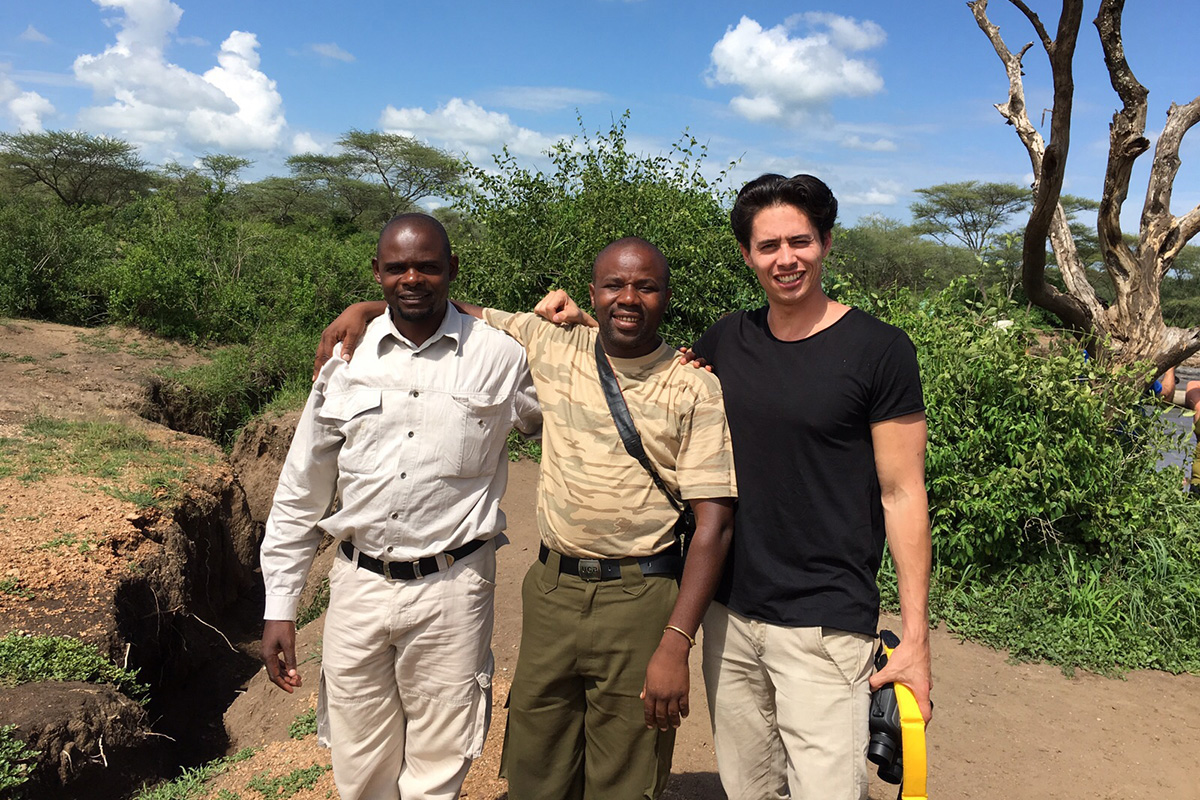
Extra Items To Pack for your trip
You should definitely pack light when you travel to Tanzania . Here are some extra essentials you can check off your list when packing for your vacation.
- Credit cards and ATM bank cards
- Sunscreen and lip balm
- Small flashlight or headlamp
- Insect repellent
- Yellow Fever Vaccination Certificate if necessary
- Safari itinerary
- US dollars in large and small bills
- Plane tickets
- Travel Insurance Policy
- Emergency Contact Numbers
- Eye drops and extra contact lenses or spare glasses if necessary
- Anti-bacterial hand sanitizer
- Tissue paper and a small travel towel
- Camera, extra memory cards, batteries, and charger, if applicable
- Ziplock bags for toiletries, camera equipment, snacks, and so on
- Personal toiletries
- Small first aid medical kit including Tylenol, antimalaria pills, cold and allergy medicine, itch medication, band-aids, stomach ache remedy, antibiotic cream, diarrhea medicine, prescription antibiotic for travelers diarrhea, and any prescription medications.
What Clothing to Wear In Zanzibar?
If you decide to explore Stone Town or any other part of Zanzibar other than the beach resorts before your safari, it’s best to dress modestly. Women shouldn’t dress in short skirts, thigh-high shorts, sleeveless shirts, or exposing shirts. However, Capri trousers or at least knee-length shorts are fine. For men, knee-length shorts or pants are appropriate.
Final Thoughts on what to wear on a Safari
The main thing to remember when packing clothes for a Tanzanian safari is comfort. With this guide, you’ll be able to dress perfectly for your vacation and be ready for your life-changing adventure.
Make your dream trip come true with Tanzania Specialist.
Customized travel proposal.
At Tanzania Specialist, you can tailor your trip to your preferences. Our sample itineraries are customizable, and our specialists work with you to create your dream trip!
Related posts
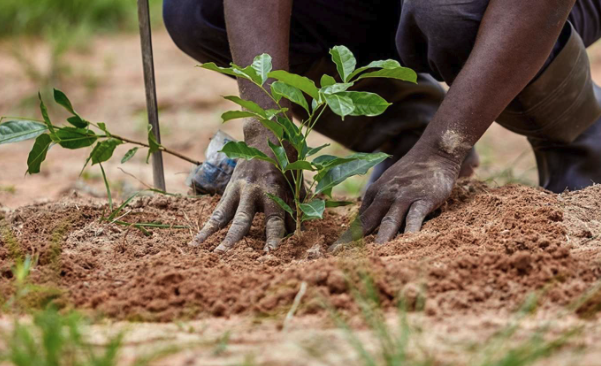
Responsible Tourism in Tanzania
We love Africa – its animals, its nature and its people. That’s why we want to protect this wonderful continent by all means. At the same time we want as many people as possible to see the wonders of Tanzania with their own eyes. So let’s be clear: responsible tourism is very important to us. […]
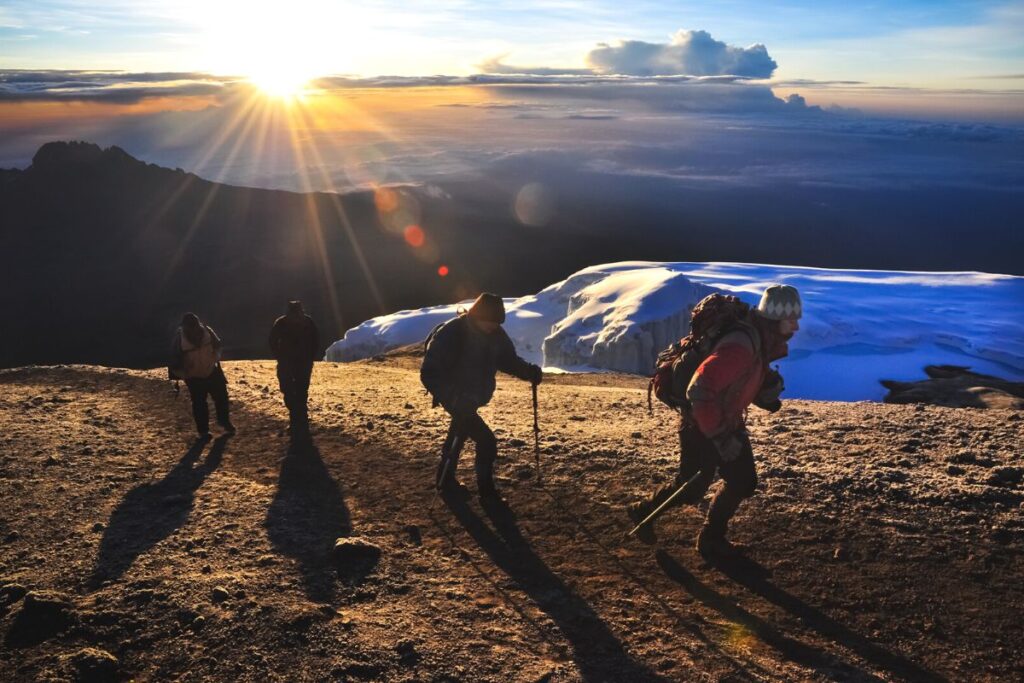
Discover Tanzania with Friends
You and your besties are always on the lookout for new adventures? Then get ready for big smiles and eyes, because Tanzania has just that for you… plus a stunning flora and fauna… plus a mesmerizing culture… plus music, dance and party. If you’re adventurous, you can climb the famous Kilimanjaro, dive into the unique […]

Safari with kids in Tanzania
If you have kids, you have surely looked at some picture books with African animals at some point. Wouldn’t it be amazing to see these animals in their natural habitat? Not only your little ones are dreaming about that, but probably also you, right? 😉 However, going to Tanzania on a safari with your kids […]
Let us create your tailor-made trip
Receive a free, no obligation quote.
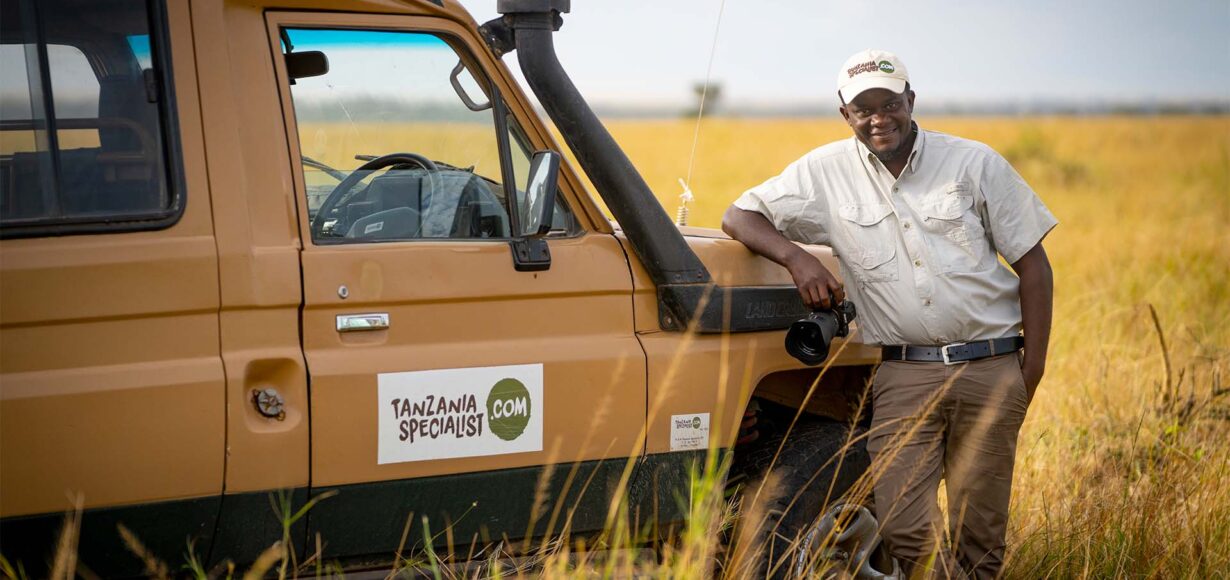
Call an expert
Our specialists are here to assist you.
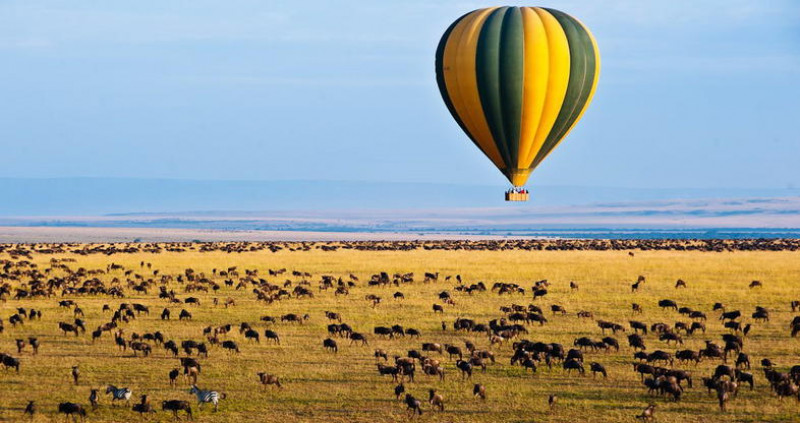
Safari Style: Dressing For Adventure In Tanzania's Wilderness
- Last updated May 07, 2023
- Difficulty Beginner
- Category Other
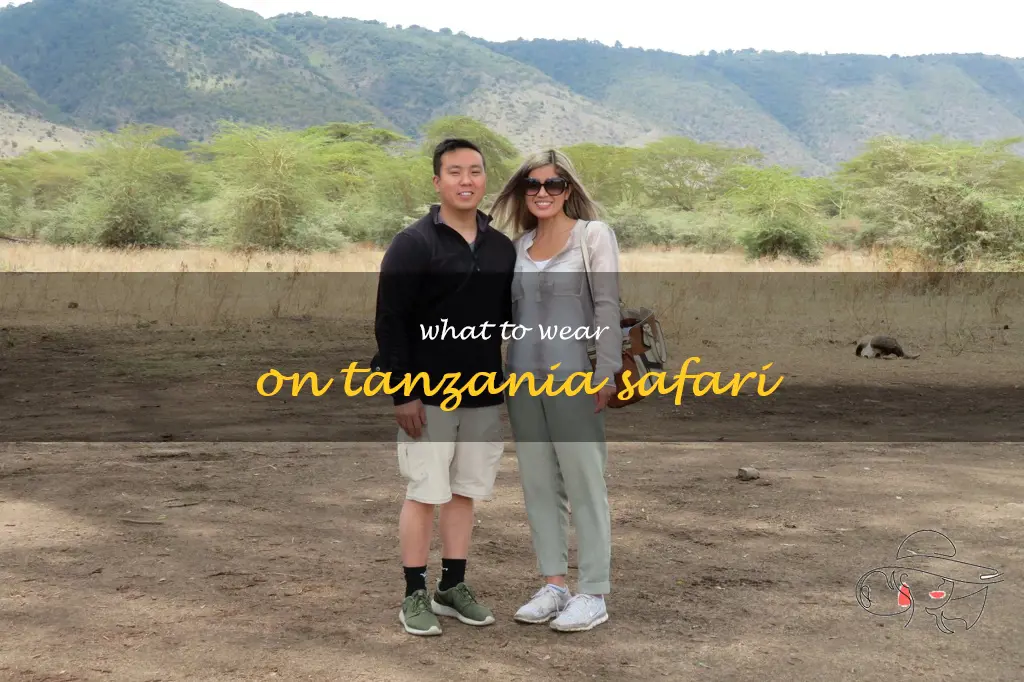
When it comes to planning a Tanzania safari adventure, there are a multitude of things to consider. From the wildlife you'll see to the activities you'll do, there's a lot to look forward to. But one important consideration that travelers often overlook is what to wear on safari. With ever-changing environments, the right clothing can make or break your comfort level and overall experience. So, whether you're a first-time safari-goer or a seasoned pro, packing for a Tanzania safari requires a bit of thought and planning. In this article, we will share tips on what to wear to have an unforgettable safari adventure.
What You'll Learn
Lightweight hiking boots, neutral-colored cargo pants, breathable safari shirt, quick-drying convertible pants, sun-blocking hat, long-sleeve t-shirt, waterproof jacket, comfortable closed-toed shoes, moisture-wicking socks.

When planning a Tanzania safari, one of the key considerations is what footwear to bring. As the terrain can be uneven and rocky, it is important to have sturdy and supportive shoes that can handle the challenge. One of the best options for this is a pair of lightweight hiking boots.
Another benefit of hiking boots is their ability to handle different types of terrain. Whether you are trekking through grasslands or rocky hills, these boots provide excellent traction and stability. They also have a sturdy sole that is ideal for walking on uneven surfaces, protecting your feet from sharp rocks and jagged terrain.
Another important factor to consider is the weather conditions in Tanzania. The country has a tropical climate, which means that temperatures can fluctuate quickly, and it can rain at any time. Lightweight hiking boots are breathable, which helps to keep your feet cool in hot weather. They are also typically water-resistant, providing protection from rain and mud.
Overall, lightweight hiking boots are an excellent choice for anyone planning a Tanzania safari. They offer the comfort, support, and durability needed for long days of walking and exploring. They are also suitable for different terrains and can protect your feet from the elements. So, if you are planning a trip to Tanzania, be sure to pack a good pair of hiking boots and enjoy your adventure knowing your feet are well-protected.
Fall Fashion Tips for Hilton Head Island
You may want to see also
One of the most important things to consider when going on a Tanzania safari is what to wear. Since safari adventures involve spending extended periods of time in the savanna, it's essential to dress appropriately for the heat, dust, and physical activity. One of the most versatile and comfortable clothing items for safari trips is neutral-colored cargo pants.
Another reason why neutral-colored cargo pants are great for Tanzania safaris is that they won't attract insects like bright-colored clothing might. Since insects, especially mosquitoes, are common in Tanzania, wearing neutral colors is an effective way to avoid bites and stings. Additionally, cargo pants tend to have plenty of pockets, which is essential for carrying small items like sunscreen, insect repellent, and binoculars.
When choosing neutral-colored cargo pants for a Tanzania safari, make sure to pick ones made from breathable fabrics like cotton, linen, or blends. These materials will keep you cool and dry even in hot weather. Look for pants with practical features like adjustable waistbands and zip-off sections for converting your pants into shorts when needed. Neutral colors like beige, khaki, and olive green are perfect for blending into the environment and providing a non-intrusive look.
In conclusion, neutral-colored cargo pants provide numerous benefits for Tanzania safaris. They're comfortable, durable, insect-resistant, and practical for outdoor activities. Make sure to pack a few pairs of cargo pants made from breathable fabrics, and you'll be ready to enjoy your safari adventure.
Vienna Opera Dress Code: A Guide to Elegant Attire
When planning what to wear on a Tanzania safari, one of the most important considerations is a comfortable and breathable shirt. The climate in Tanzania can be hot and humid, especially during the dry months from June to October. A breathable safari shirt will not only keep you cool and comfortable, but also protect you from the sun's harmful rays.
There are many different types of breathable safari shirts available on the market, but some features to look for include moisture-wicking fabrics, mesh ventilation, and UPF sun protection. Moisture-wicking fabrics such as polyester or nylon blend fabrics are ideal for a Tanzania safari as they quickly wick away sweat from your skin, keeping you dry and comfortable.
Mesh ventilation is another important feature to look for in safari shirts. Many safari shirts come with mesh panels or ventilation slits under the arms or on the back of the shirt to allow for increased airflow and ventilation. This helps to regulate your body temperature and prevent overheating during a long day on safari.
Finally, UPF sun protection is essential for any Tanzania safari shirt. The sun in Tanzania can be intense, so choosing a shirt with at least UPF 30+ protection will help to protect your skin from harmful UV rays. Many safari shirts are also designed with collars and long sleeves for added sun protection.
In terms of color, it's best to opt for neutral colors such as khaki, beige, or olive green. These colors blend in with the natural surroundings and also help to keep you cool in the sun. Avoid bright colors or patterns as they can attract insects or scare off wildlife.
Overall, a breathable safari shirt is a must-have for any Tanzania safari. By choosing a shirt with moisture-wicking fabric, mesh ventilation, and UPF sun protection, you'll stay comfortable, cool, and well-protected during your adventures in the African wilderness.
Deposition Dress Code: How to Dress Professionally and Comfortably
When it comes to what to wear on a Tanzania safari, the right clothing can make all the difference. One versatile and practical item to consider are quick-drying convertible pants. These pants can be worn as long pants or shorts, and are made from lightweight, breathable material that dries quickly after getting wet.
In Tanzania, temperatures can vary greatly depending on the time of day and location, so having the ability to easily convert from pants to shorts can help you stay comfortable and regulate your body temperature. In addition, the quick-drying material is perfect for the hot and humid climate, as well as the occasional rain shower that may occur during your safari.
Another benefit of convertible pants is their durability. You’ll likely be scrambling over rocky terrain, hiking through tall grasses, and even sitting on the ground during game drives, so choosing pants made from sturdy materials that can withstand wear and tear is important.
When choosing convertible pants, look for options with plenty of pockets. You’ll want to have easy access to your camera, sunscreen, bug spray, and other essentials while on safari, and having enough pockets for everything will save you time and hassle. Additionally, consider pants with zip-off legs that can be removed without having to remove your shoes.
Overall, quick-drying convertible pants are a great choice for what to wear on a Tanzania safari. Their versatility, durability, and practicality make them a smart investment for any safari-goer looking for comfortable and functional clothing options.
Rock Your Style: What to Wear to a Kiss Concert
When going on a Tanzania safari, you need to take measures to protect yourself from the hot African sun. One essential item to pack for your trip is a sun-blocking hat. Not only will it protect your face and head from sunburn, but it can also reduce the risk of heatstroke. So, what should you look for in a good safari hat?
Firstly, the hat should provide good coverage for your face, ears, and neck. A wide-brimmed hat is ideal, as it will shield your face and neck from direct sunlight. Look for a hat that has a brim of at least 3 inches all around. A hat that covers your ears will also provide added protection from the sun's harmful rays.
Secondly, the material of the hat is important. Look for a hat made from a breathable and lightweight fabric, such as cotton or nylon. This will help keep you cool and comfortable in the hot African sun. Additionally, a hat with vents or perforations will allow air to flow through, providing even more ventilation.
Thirdly, consider the color of the hat. A light-colored hat will reflect the sun's rays, keeping your head and face cooler. Avoid dark colors, as they absorb heat and may cause you to overheat quickly. Additionally, a slightly darker undersurface of the brim can reduce glare and make it easier to see wildlife in bright sunlight.
Finally, think about the style of the hat. A neck flap, for example, can be useful to protect the back of your neck from sunburn. A chin strap may also be helpful if you are in a windy area or if you plan to do outdoor activities, such as hiking or game drives.
Overall, a good sun-blocking hat is an essential item for your Tanzania safari. Look for a hat that provides ample coverage, is made from a breathable and lightweight material, has a light-colored surface to reflect sunlight, and is designed to suit your specific needs. With the right hat, you can enjoy your safari without worrying about sun damage or heat-related illnesses.
Dress to Impress: Attire Suggestions for a Wild Foam Party
When it comes to packing for a Tanzania safari, it's important to prioritize comfort and practicality. One essential item that should be on your packing list is a long-sleeve t-shirt. This versatile piece of clothing offers protection against the African sun while also providing coverage from pesky bugs, like mosquitoes, that can be prevalent in certain areas.
Another benefit of wearing a long-sleeve t-shirt on safari is its ability to protect your skin from the sun's harmful rays. While sunscreen is a must, covering your arms with a long-sleeve shirt will provide an extra layer of defense against sunburn and sun damage. It's especially important to wear protective clothing during midday when the sun is at its strongest.
Lastly, a long-sleeve t-shirt can help keep bugs at bay. Mosquitoes and other insects can be a nuisance on safari, and some can even carry diseases such as malaria. Covering your arms with a long-sleeve shirt can help reduce the risk of bites, and it's also a good idea to bring insect repellent to further protect yourself.
In conclusion, a long-sleeve t-shirt is a must-have item for any Tanzania safari adventure. It's a comfortable, practical, and versatile piece of clothing that can provide protection against the sun and keep bugs at bay. Don't forget to pack at least one long-sleeve t-shirt for your trip, and you'll be ready to embrace all the wonders that Tanzania has to offer.
Stylish Footwear Options for Long Sleeve Dresses: Complete your Look
When you're packing for your Tanzania safari adventure, one item that should be at the top of your list is a waterproof jacket. This is because you are never completely sure what the weather has in store for you, especially during the rainy seasons. A good waterproof jacket will keep you dry and comfortable, making your experience more enjoyable and less stressful.
Tanzania has two main rainy seasons, with the long rains falling between March and May, and the short rains occurring between November and December. During these times, it is not uncommon for rains to come down in torrents. Therefore, you need to pack a waterproof jacket that is not only breathable but also offers maximum protection from the rain so that you can enjoy your safari experience without getting soaked.
The jacket you choose should be lightweight, easy to pack, and should not take up too much space in your luggage. There are many different types of waterproof jackets available, and some of the most popular ones include coated polyester, Gore-Tex, and DWR (Durable Water Repellent) layers. These are all great options as they are breathable, comfortable, and provide ample protection from the rain.
When selecting your waterproof jacket, think about the activities you will be engaging in during your safari adventure. Will you be walking for long distances or driving in an open-top vehicle? Knowing this information will help you choose a jacket that is not too heavy and uncomfortable, but that provides adequate protection from the elements.
All in all, a waterproof jacket is a must-have item for your Tanzania safari adventure. It will keep you dry, comfortable, and free from the stress associated with wet weather. With a good waterproof jacket, you will be able to concentrate on enjoying the wildlife and scenery around you, and have an unforgettable experience.
R&B Concert Attire: Stylish and Comfortable Clothing to groove
When getting ready for a Tanzania safari, choosing the right footwear is important. Comfortable closed-toed shoes are essential for your safety and comfort during your safari adventure. There are a few things to consider before packing your shoes for your trip to Tanzania.
Firstly, it is important to avoid open-toed shoes, sandals or flip flops because they do not provide enough protection from the rugged terrain, thorny bushes, and bugs. Closed-toed shoes like sneakers, hiking boots or trekking shoes are a great choice as they protect your feet from dust, dirt, and insects; and provide enough ankle support for walking and climbing.
Moreover, comfortable closed-toed shoes should be breathable and lightweight. Tanzania is known for its hot and humid climate which means your feet can get sweaty and uncomfortable. Thus, it is important to choose shoes made of breathable materials like leather, mesh or Gore-tex which allow proper air circulation to prevent foot odour and blisters.
In addition, ensure that your shoes have good traction or grip. You will be walking on different terrains like dirt, rocky or muddy trails and crossing rivers, so good traction is essential for stability and safety. Soles made of rubber or Vibram are the best for this.
Finally, pack a pair of shoes that you can easily clean and dry. You might get your feet wet from jumping in streams or encountering rain, so it is important to choose shoes that can be easily cleaned and dried at the end of the day. Quick-dry shoes made of synthetic materials or those that can easily wash off with soap and water are ideal for this.
In conclusion, selecting comfortable closed-toed shoes for a Tanzania safari is critical for a successful trip. Choose lightweight, breathable, sturdy shoes with good traction that can be easily cleaned and dried. With the right shoes, you can enjoy your safari adventure and keep your feet healthy and comfortable.
Dressing for Tuscan Adventures: Tips and Suggestions
When planning your outfit for a Tanzania safari, there are several key items to consider, and moisture-wicking socks should definitely be on your list. Tanzania's climate is hot and humid year-round, and the last thing you want is to be plagued by blisters or foot odor. Moisture-wicking socks can help keep your feet dry and comfortable, which is especially important when you'll be spending long days out in the wild.
In addition to being moisture-wicking, it's also important to choose socks that are breathable and quick-drying. This is especially important if you'll be staying in campsites that don't offer laundry facilities, as you'll want to be able to wash your socks and have them dry quickly. Look for socks that are lightweight and have mesh panels or ventilation channels to keep your feet cool and dry in hot conditions.
When selecting socks for your Tanzania safari, consider buying a few different types so you can mix and match depending on the weather and your activities. You might want to opt for thicker, cushioned socks for long walks or hikes, while thinner socks may be more comfortable for lounging around camp. Whatever you choose, be sure to break them in before you leave, as new socks can sometimes cause discomfort until they've been worn a few times.
Ultimately, moisture-wicking socks are an essential item to pack for any Tanzania safari. They'll help keep your feet dry, comfortable and free from nasty foot ailments like blisters and fungi, allowing you to focus on enjoying the stunning wildlife and scenery that Tanzania has to offer.
ATV Riding Attire: Choosing the Ideal Outfit for Off-Roading Adventures
Frequently asked questions.
It is recommended to wear light, breathable clothing made of natural fibers, such as cotton, khaki, or linen. Pack layers as temperatures can vary throughout the day. It is also wise to bring comfortable and sturdy shoes for walking safaris.
No, it is not recommended to wear bright colors as they can attract unwanted attention from wildlife. Neutral, earthy tones such as dark green, brown, grey and beige are more appropriate and can blend in with the natural environment.
Yes, it is highly recommended to wear a hat to protect your face and neck from the sun. Look for a wide-brimmed hat with ventilation to keep cool. A hat can also help to reduce the glare and improve visibility while viewing wildlife.

- Stavrina Asteriou Author Editor Reviewer

- Byeon Author Editor Reviewer
It is awesome. Thank you for your feedback!
We are sorry. Plesae let us know what went wrong?
We will update our content. Thank you for your feedback!
Angela Oneill
Riley Andersen
Arjun Yadav
Leave a comment
Other photos, related posts.

Lunching in Style: Dressing for a Nice Restaurant
- Jun 29, 2023

Rock Out in Style: What to Wear to an Outdoor Rock Concert
- Jul 16, 2023

The Perfect Outfit for Guys in 75 Degree Weather: Stay Stylish and Comfortable!
- Jul 20, 2023

Dress Comfortably: What to Wear to Your Orthopedic Appointment
- May 09, 2023

The Best Tops to Style with Flare Leggings: A Fashion Guide
- Jul 01, 2023

What to wear under your graduation gown: tips and recommendations
- Jun 19, 2023
Safari Style Guide: Dressing Right for a Tanzania Safari
What to Wear on a Tanzania Safari: Your Comprehensive Guide Struggling to decide what to pack and wear for your Tanzania safari adventure? Prior to embarking on your safari in Tanzania, investing some time in research and careful wardrobe planning can spare you numerous hassles throughout your journey. By selecting the appropriate safari attire and packing wisely, you can ensure a trouble-free African safari experience, allowing you to fully enjoy your adventure without worry. In this comprehensive guide, we’ll explore in detail what to pack and wear for your Tanzania safari to ensure you’re fully prepared for this remarkable journey.
What to Wear on Safari: Dressing Smart for Tanzania’s Varied Climates
Preparing for a safari in Tanzania requires careful consideration of the diverse climate. The dry season, from June to October, demands lightweight, breathable clothing in neutral colors, with sun protection and sturdy footwear. In contrast, the wet season (November to May) necessitates quick-drying attire, waterproof gear, and insect repellent clothing. Regional variations in the northern circuit (Serengeti, Ngorongoro) mean packing layered clothing and warm wear due to cooler temperatures, along with essential photography equipment. In the southern circuit (Selous, Ruaha), lightweight, breathable clothing and sun protection are crucial for hot and humid conditions, while comfortable footwear is vital for bushwalking. Understanding these seasonal and regional climate nuances will ensure you’re well-prepared for an enriching Tanzanian safari experience.
Must-Have Clothing Items for a Safari in Tanzania Packing for a safari in Tanzania requires a thoughtful selection of clothing items. Here’s a list of essentials to consider:
- Comfortable Walking Shoes: Your safari footwear should provide support and comfort for long walks. Additionally, pack a pair of sandals or flip-flops for relaxing moments.
- Casual and Loose-Fitting Clothing: Opt for khaki, brown, beige, and green colors made from natural fabrics like cotton. These colors help you blend with the environment and stay cool.
- Light Cotton Tops and T-Shirts: Lightweight cotton tops and T-shirts are perfect for the warm Tanzanian climate.
- Long-Sleeved Cotton Shirts/Blouses and Pants: Long-sleeved clothing offers protection from the sun and insects. Ensure they cover your body completely.
- Fleece or Sweater: Evenings and early mornings can get cool, so a fleece or sweater is essential for added warmth.
- Swimsuit: Some lodges have pools, so packing a swimsuit might come in handy.
- Special Night Outfit: If you plan on a special evening, bring along an outfit for the occasion.
- Cotton Socks and Underwear: Comfortable socks and underwear are essential for daily comfort.
- Hat, Bandana, or Scarf: Protect yourself from the sun and dust with a hat or scarf.
- Cold Weather Gear (June – August): If traveling during the colder season, pack a heavy sweater, gloves, and a toque. Consider a lightweight and waterproof jacket or windbreaker as well. Colors to Wear on Safari in Tanzania Choosing the right colors for your safari attire is crucial: • Recommended Colors: Opt for light shades like green, brown, tan, or khaki. These colors blend into the forest, providing camouflage and comfort. • Colors to Avoid: Bright-white clothing can draw attention and potentially scare away wildlife. Avoid wearing black and dark blue clothes known to attract tsetse flies. Military clothing or hats are forbidden unless you are a member of the military. Daytime Safari Attire: Dressing for Game Drives During the day on safari: • Wear casual, loose-fitting clothing in lighter, natural colors. • Dark and bright colors may attract insects and distract animals. • Opt for khaki, brown, beige, and green attire. • Cotton pants or shorts, lightweight tops, and comfortable shoes or sandals are ideal. • Consider bringing a swimsuit for lodge pools. Evening Safari Attire: Staying Comfortable In the evenings: • Be prepared for cooler temperatures, especially in certain areas like the Ngorongoro Crater rim. • Protect yourself from mosquitoes by wearing long-sleeved shirts, pants, socks, and shoes. • Luxury lodges often allow casual clothing for dining, but you may want to bring one special outfit for a night out. • Pack a fleece or sweater for added warmth during cool evenings. • Consider a lightweight and waterproof jacket or windbreaker. Laundry Guidelines: Most camps and lodges provide laundry services, enabling you to have all your attire cleaned with most, if not all, of these facilities include ironing in the process. If you have delicate garments susceptible to burning or damage during ironing, kindly inform the camp or lodge staff. Furthermore, many individuals prefer to handle their own undergarments. In such cases, it can be beneficial to bring along some liquid handwashing soap for this specific purpose.
What not to Pack for your Tanzania safari While we have provided a detailed list of clothing recommendations for safaris, below is a summarized list of clothing items you should not pack for your Tanzania safari: By avoiding these types of clothing, you’ll not only ensure your comfort and safety but also contribute to a more enjoyable and respectful wildlife viewing experience during your Tanzania safari
- Bright Colors: Steer clear of vibrant or neon hues, as they can startle wildlife and hinder your ability to observe animals in their natural habitat. Instead, opt for neutral and earthy tones like khaki, beige, and olive green.
- White Clothing: White garments tend to stand out and can quickly become soiled in the dusty or muddy terrain of a safari. White attire can also attract insects such as tsetse flies.
- Camouflage: Although you want to blend into your surroundings, avoid donning full camouflage outfits. In Tanzania, wearing camouflage attire may be against the law, and it might be mistaken for military or poacher gear.
- Shorts and Skirts: It’s advisable to skip shorts or skirts during game drives and bushwalks, as they leave your legs vulnerable to potential insect bites, thorns, and sunburn. Opt for long pants for superior protection.
- Tight or Revealing Clothing: Snug or revealing attire can be uncomfortable during extended hours in a vehicle and may not shield you adequately from the elements. Loose-fitting, breathable clothing is a wiser choice.
- Noisy Clothing: Avoid clothing with noisy Velcro, zippers, or buttons that could create disruptions when you move. Maintaining silence is crucial for effective wildlife observation.
- Heavy Perfumes and Strong Scents: Strong scents, including perfumes and deodorants, can disrupt animals’ highly sensitive sense of smell. Choose unscented products to avoid disturbance.
- Jewelry: Leave your valuable jewelry at home. It can attract undesired attention and isn’t necessary for a safari.
- Impractical Footwear: High heels or shoes not designed for rugged terrain should be avoided. Sturdy, comfortable footwear is essential for a successful safari. Don’t Forget Your Safari Accessories Safari Hats: Shielding from the African Sun Your Tanzania safari begins with protecting yourself from the relentless African sun. A wide-brimmed safari hat not only shields your face and neck from harmful UV rays but also adds a touch of style to your ensemble. Sunglasses: Shielding Your Eyes Invest in a quality pair of sunglasses with UV protection to shield your eyes from the intense African sun. Don’t forget a secure sunglass strap to keep them in place during your adventures. Binoculars: Enhancing Wildlife Viewing Enhance your wildlife viewing experience with a pair of binoculars. They allow you to observe animals from a safe distance without disrupting their natural behavior. Camera and Gear: Capturing Memories If you’re a photography enthusiast, don’t leave your camera and essential accessories behind. Tanzania’s breathtaking landscapes and diverse wildlife provide unmatched photo opportunities. Insect Repellent: Keeping Unwanted Guests at Bay Tanzania’s wilderness is teeming with various insects. Carry effective insect repellent to protect yourself from itchy bites and ensure a more pleasant experience.
Conclusion Selecting the right clothing for your Tanzania safari is essential for your comfort, safety, and overall enjoyment. By following these guidelines, you’ll be well-prepared for this unforgettable African adventure. Whether you’re observing wildlife or dining under the stars, your attire will contribute to a memorable experience in the heart of Tanzania’s stunning landscapes. For more information or to plan your safari in Tanzania, don’t hesitate to contact us. We’re here to help you choose the best tour option tailored to your preferences and needs.
Related Posts
Last-minute escape: from zanzibar to serengeti for an unforgettable safari, serengeti safari hacks: the secrets of visiting serengeti on a budget.
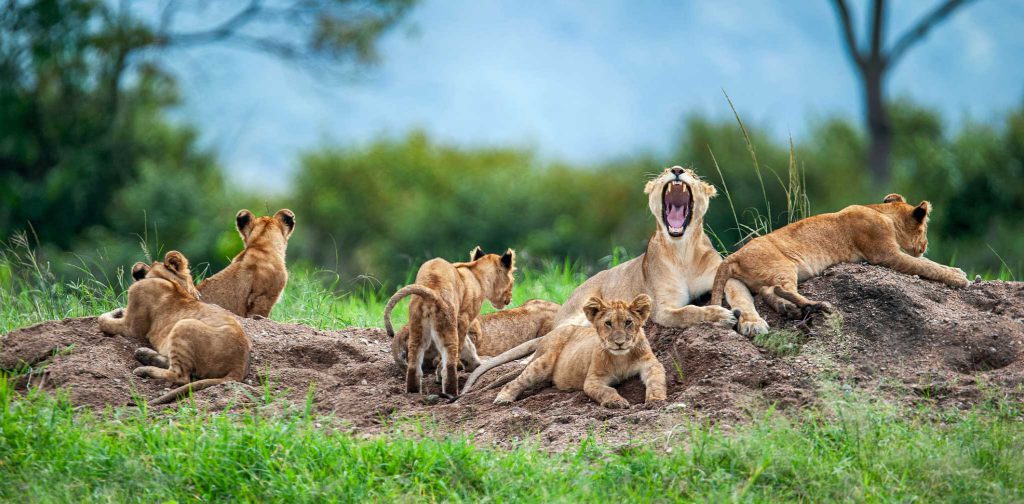
Leave a Comment Cancel Reply
Your email address will not be published. Required fields are marked *
Save my name, email, and website in this browser for the next time I comment.
- 6 Persons +
- Slow Safari
- A little bit of everything
- INIZIA DA QUI!
- Privacy Policy

Safari: cosa sapere prima di andare, come vestirsi, cosa portare
Partecipare a un safari è un’esperienza avvincente e completamente coinvolgente, ecco come prepararsi al meglio
Quest’anno abbiamo raggiunto la Tanzania per partecipare ad un safari.
Grazie all’ottima agenzia Monkey Adventures , che ci ha assistiti nel creare un itinerario e un’esperienza adatta alle nostre esigenze, abbiamo provato l’emozione di incontrare veramente da vicino moltissimi rappresentanti della fauna selvatica locale.
Ma come ci si organizza per un safari ? Come si svolge? Come bisogna vestirsi?
Con questo post mi propongo di raccontarvi come è andato il nostro safari e come ci siamo preparati per vivere al meglio questa avventura.
Table of Contents
Safari al Nyerere National Park
Innanzi tutto dove si può fare un safari in Tanzania ?
La Tanzania è una meta super gettonata per partecipare a safari. Gran parte del territorio nazionale è protetto in grandi Parchi e riserve. Le più famose sono sicuramente nel nord del Paese, come il Serengeti, il cratere di Ngoro Ngoro, il Tarangire.
Ma è nel sud della Tanzania che sorge il Parco Nazionale più grande, e forse anche di più recente istituzione: il Nyerere National Park.
Il Nyerere National Park , che porta il nome del primo Presidente della Tanzania libera, nasce dal ridimensionamento della Selous Game Reserve, una gigantesca riserva di caccia istituita durante il periodo coloniale.
Rispetto ai Parchi principali ha due caratteristiche, molto diverse fra loro, che lo rendono singolare:
➡️ è raggiungibile in auto da Dar es Salaam
➡️ è l’unico parco ad essere attraversato da un fiume, il Rufiji.

Questo permette di creare safari a prezzi più contenuti, perché raggiungere Arusha in aereo ha un forte impatto sul costo, e consente di fare la bellissima esperienza del tour in barca sul fiume Rufiji.
Organizzare un safari al Nyerere NP: aeroporto di riferimento
È importante sapere dove si vuole organizzare il proprio safari perché per il Nyerere NP ci sono elementi differenzianti!
Ma, visto che i game drive vanno organizzati con un driver e/o un’agenzia, si è sempre in contatto con qualcuno di esperto che saprà dare le giuste indicazioni.
Comunque, per quanto riguarda la nostra esperienza di safari al Nyerere National Park , la prima cosa da sapere è che l’aeroporto di riferimento è quello di Dare es Salaam, la capitale economica della Tanzania.
Le principali compagnie aeree africane hanno voli su questo aeroporto, quindi non sarà difficile individuare quella giusta.
Attenzione: per chi sceglie una compagnia aerea che fa scalo in Kenya, se lo scalo dura più di 12 ore è necessaria la vaccinazione contro la febbre gialla.
Noi abbiamo volato con Egyptair, con uno scalo a Il Cairo, dividendo equamente le ore di viaggio fra i due voli.

Come ci si veste per un safari?
Un lato che ha occupato molto tempo nella pianificazione del viaggio è stata la scelta del vestiario!
Incredibile, di solito butto quattro cose in valigia e il gioco è fatto, ma questa volta mi sono trovata in difficoltà.
Per scegliere l’abbigliamento adeguato bisogna tenere in considerazione tre caratteristiche:
- La comodità.
- L’ambiente
1 La comodità
Partecipare a un game drive potrebbe mettere a dura prova chiunque. I sedili dei fuoristrada sono piuttosto confortevoli, ma le piste che si percorrono decisamente no! Buche, curve, deviazioni, impantanamenti sono dietro l’angolo.
Quindi diventa quasi indispensabile scegliere di vestire abiti comodi, larghi, senza cuciture che stringono o cerniere che tirano.
Sebbene i parchi siano ad almeno alcune centinaia di metri sul livello del mare, con una certa escursione fra il giorno e la notte, le giornate sono piuttosto calde. E soprattutto le ore dentro al fuoristrada possono essere piuttosto accaldate. Si ai tessuti naturali come cotone e lino; eviterei invece i cosiddetti “tessuti tecnici”, che hanno il grande pregio di asciugare in fretta una volta lavati, ma che sono poco freschi. Questi capi diventano realmente utili solo se il safari dura parecchi giorni e si vuole ridurre il bagaglio.
3 L’ambiente
Partecipare ad un safari significa fondersi con la natura circostante, essere meno invasivi possibile, mimetizzarsi con l’ambiente per non disturbare la fauna e poterla osservare con calma senza causarne la fuga. Sarà molto utile a questo proposito scegliere di vestire i colori stessi della natura circostante: il color kaki, il verde mimetico, il beige e il sabbia saranno perfetti.

In definitiva, cosa indossare durante un safari??
Ecco cosa abbiamo scelto di portare per i nostri tre giorni di safari.
Per i ragazzi ho scelto abiti in cotone: shorts, t-shirt e felpa per Luca, mentre Eva ha alternato shorts a una gonna lunga sempre in cotone; t-shirt o canotta, e un camicia di lino a maniche lunghe per le ore più fresche. Per entrambi ho portato anche un pantalone lungo (in tessuto tecnico…bocciato)

Per me ho portato bermuda comodi e bluse, e una camicia in lino a maniche lunghe. Anche io ho scelto un pantalone lungo in tessuto tecnico. L’unico pregio è che erano trasformabili in short, ma ho avuto molto caldo.
Tutto il nostro abbigliamento era sui toni naturali: kaki, sabbia, marron chiaro.
Matteo ha scelto di portare solo abbigliamento in tessuto tecnico e praticamente solo di colore nero perché facevano già parte del suo guardaroba sportivo.
E come scarpe? Durante un safari non si cammina molto e solitamente ci si sposta durante la stagione secca. Quindi una normale sneaker può essere sufficientemente performante. Meglio indossare calzini che coprano la caviglia per proteggersi dalle sterpaglie durante eventuali passeggiate.
Accessori utili durante un safari
Ci sono altre oggetti e accessori che possono essere utili durante il safari e durante le notti in cui si alloggia nel camp.
Innanzitutto non dimenticherei di portare un cappello, una pashmina in cotone e occhiali da sole.

Anche la protezione solare è d’obbligo: anche se in alcuni momenti della giornata l’aria ci pare frizzante, ci troviamo pur sempre ai tropici.
Un altro oggetto che potrebbe servire è una torcia. Le notti nella savana sono veramente buie. Questo regala stellate incredibili, ma se dobbiamo raggiungere il nostro bungalow, una lucina notturna può servire.
Se, come me, soffrite di cervicali o emicrania, non tralascerei di portare anche un buon rimedio. Come già accennato, muoversi con il fuoristrada lungo i sentieri nella savana può essere molto scomodo e sollecitare pesantemente schiena e zona cervicale.
Ciao! Sono Cristiana, l'autrice di questo blog
Óbidos: il borgo delle regine e patria della ginjinha
All’estero con una e-sim: funziona, forse può interessarti, masai: come vive (ancora oggi) la più nota..., da dar es salaam al nyerere national park:..., leave a comment cancel reply.
Save my name, email, and website in this browser for the next time I comment.
Questo sito usa Akismet per ridurre lo spam. Scopri come i tuoi dati vengono elaborati .
- EMILIA ROMAGNA
- TRENTINO-ALTO ADIGE
- STATI UNITI
- TANZANIA CONTINENTALE
- TRAVEL TIPS
- #IORESTOACASA-IDEE CREATIVE PER BAMBINI (E GENITORI)
- SPECIAL ACCOMODATION
Impostazioni privacy
Questo sito utilizza i cookie per migliorare la tua esperienza di navigazione su questo sito. Visualizza la Cookie Policy


What To Wear On Safari In Tanzania

Planning what to wear on safari in Tanzania can be a tricky task. For most of us, going on safari is a trip of a lifetime, and not something we do often. Chances are, if you’re reading this guide on what to wear on safari in Tanzania, this is your first ever safari trip and you’re feeling a little out of your depth. I know, because that’s exactly how I felt!
I was imagining looking like an intrepid adventurer, bounding off into the Serengeti in search of lions, fitting in seamlessly with my surroundings. Perhaps with a stylish camera slung over my shoulder and maybe a sketch pad or two. But in truth, I had absolutely no idea what I’d need. I didn’t know what the weather would be like, I didn’t know what colours to wear to stay as camouflaged as possible, I didn’t even know what travel adaptor I needed! So I did what I enjoy doing most before an upcoming trip-a whole load of research into what to wear on safari in Tanzania.
Now, several years later and several safaris wiser, I have my safari packing list down to a fine art. From sun hats to socks, I’ve got it covered in this guide to what to wear on safari in Tanzania. I hope this packing guide will help you in preparing for what will be the most incredible experience, and a holiday you will never forget.

The Weather In Tanzania
The dry season in Tanzania lasts from late June to October. This is when you’ll have the best chance of seeing some of the more elusive creatures such as leopards, as they tend to be driven to water holes due to lack of rain. This is also when you’ll find the highest prices and biggest crowds!
The best chance of seeing the wildebeest migration in the Serengeti is during June and July and the time to see the wildebeest calving is late January to February.
Tanzania’s main rainy season last through March, April, and May. That being said, we visited during April and had beautiful, clear weather with only one evening of rain. We saw all the big five, including two leopards, countless lions, a rhino and cheetahs. So if you can’t go during dry season then you could always take a chance and go in the rainy season.
Temperatures in the Serengeti and surrounding areas don’t change too much through the year, staying at around 28 degrees Celsius during the day and often halving that at night. The rainy season tends to be a little hotter, and obviously more humid. Expect drier heat in the dry season.

WHAT COLOURS TO WEAR ON SAFARI IN TANZANIA
You should avoid wearing any dark colours on a safari in Tanzania and still with neutral or khaki colours . Tanzania has a bit of a problem with Tsetse flies, which are attracted to dark colours. You’ll see dark coloured flags hung from trees in areas that are especially bad, to attract and catch them. The other problem with dark colours is that they attract heat, so wear lighter colours and they will keep you cooler for longer.
LUGGAGE BAG FOR YOUR SAFARI IN TANZANIA

Consider taking a soft luggage bag with you, like a backpack or a duffel bag. These make packing up the jeep much, much easier.
This super cute duffel bag has wheels, and folds down really small. It’s the perfect compromise between something great for safari and travel, and something that’s easy for getting onto flights. It also looks great too!

WHAT CLOTHES TO WEAR ON SAFARI IN TANZANIA
The most important thing to remember when on safari in Tanzania is comfort. You will be doing a whole lot of travelling, and days will be long (though in all the excitement they certainly won’t feel it!) Casual, comfortable and easy to wash clothes are recommended.
You will also want to pack light. It’s no fun lugging bags and bags worth of clothes you’re never going to wear from hotel to hotel. On top of that, you will need to fit all your suitcases into one jeep. Save your driver a whole load of hard work by packing as efficiently as possible.
SAFARI ESSENTIALS

A lightweight scarf. Scarfs make wonderful travel accessories and I never leave for a trip without one. You can use them in all sorts of different ways. To keep you warm on sunset and sunrise game drives, to use as a cover up from the sun or to keep the dust off your face. Make sure you have at least one lightweight scarf in your luggage- this one comes in a range of designs, is super good value and will serve a million different purposes!
Sunglasses . You don’t want to be squinting at all those animals. Keep the sun out of your eyes with some polarised sunglasses, and keep the dust out too!
TOPS AND LAYERS FOR YOUR SAFARI TRIP

T-shirts. You will want some light coloured, light weight t-shirts to wear on safari during the day when it’s hot.
Long sleeved blouse. Get a lightweight one for using as sun cover up during the day. It also makes a great extra layer in the evening, or you can wear it over your evening wear to keep the chill off.
Long sleeved t-shirt. Wear this over your t-shirts to keep you warm during the morning and evening game drives. It’s honestly pretty nippy, so layers work best.
Jumper. Something warm and snuggly in neutral colours. You can wear it for sunrise or nighttime game drives, or just for lounging around in your hotel room. It’s nice to have a little home comfort when you’re travelling!
Jacket. I absolutely love this one from Amazon basics, and can’t believe how cheap it is! One like this will be perfect for the colder evenings and early mornings, plus the handy pockets are great for storing lenses in for easy access. You won’t want to be fumbling around in the bottom of your bag when you spot a leopard!
Helpful Tip: If you’re heading off for a safari in Tanzania during the rainy season then bring a lightweight waterproof poncho with you. They’re so easy to get on and off and they pack away really small. I’ve also found they’re far better than raincoats or umbrellas for keeping the rain off.
BOTTOMS TO WEAR ON SAFARI IN TANZANIA

Shorts. Loose shorts are definitely the way to go. Make sure the fabric is breathable!
Comfy Trousers / Leggings . When you’re sitting around in the jeep for long periods at a time you’re going to be thankful you bought some loose, comfy trousers to wear. Make sure they’re made out of a lightweight material, and that you’re really comfortable in them. Leggings are another great option as you can layer them under a skirt or dress for when it’s cold and whip them off in the midday heat.
DRESSES FOR THE EVENING

Dinner Dress . Bring something nice to wear in the evening. You’ll be thankful for it when you get back from safari and all your clothes are covered in dust!
Maxi Dress. Something long and floaty like this is great for if you’re outdoors for longer periods of time. You can wear it for your safari with boots and a jacket, or save it for lounging by the pool or having dinner.
SHOES FOR YOUR SAFARI IN TANZANIA

Boots. You will probably only need one pair of shoes while you’re on safari. There isn’t much walking involved, but when there is you will want your feet covered up from the dust, dirt and creatures! Bring a pair of boots that you can wear during the day and with your evening dress, that way you can save room in bag for more camera equipment!
Flip flops. These aren’t essential, but quite nice to have for when you’re lazing around by the pool.
BIKINI FOR POOL TIME

Bikini. Your lodge or camp will most likely have a pool area. We chose the cheapest safari on offer and every place we stayed still had the most gorgeous pool looking over incredible views. You won’t want to miss out on taking a dip!
DAY BAG/CAMERA BAG FOR YOUR SAFARI TRIP

You’re going to need something to carry around essentials while you’re on your safari in Tanzania. Something durable and easy to carry is best for a safari, and something with lots of pockets so that you can get to things quickly and easily while you’re in a bumpy jeep.
OUTFITS TO WEAR ON SAFARI IN TANZANIA
Your outfit choices will probably look a little like this.
Safari-Vest top/ T-shirt with some comfy trousers and boots, layered with a long sleeved blouse, jacket and scarf. Don’t forget your sunglasses and hat!
Evening-Cute midi dress, boots and your long sleeved blouse or scarf to keep off the chill!
You will want a few different t-shirts and long layers so you don’t have to wash them, and you might like a couple of dresses or skirts/tops to wear between your safari and dinner, but you can see how it’s pretty easy to keep packing to a minimum. Your jacket, blouse and scarf can all double up for evening or daytime, as can lightweight dresses. If you take clothing that is versatile it will be much easier to pack!

HANDY PACKING LIST FOR WHAT TO WEAR ON SAFARI IN TANZANIA
Helpful Tip: You might also want to bring along gloves for warmth and earplugs for the night time noises. Those animals can make quite a racket!
- Socks and underwear (bring enough for every day, your socks will get covered in dust!)
- T-shirts/vest tops
- Lightweight, comfy trousers
- Long sleeved blouse
- Long sleeved tops/jumper
- Evening dress
- Maxi/midi dress
- Day bag/camera bag
Further Reading

Anything we’ve missed off? Let us know in the comments below!
Similar Posts

The 21 Best Things To Do In Pokhara 2024

Nine Arch Bridge In Ella, Sri Lanka: Complete Guide 2024

Visit Ol Pejeta Conservancy in Kenya: The Ultimate Guide

The Beginning Of Our Adventure

55 Best Gifts For Digital Nomads For Any Budget 2024

16 Best Things To Do In Symi, Greece 2024
Leave a reply cancel reply.
Your email address will not be published. Required fields are marked *

- Safari Privati Parchi Nord
- Safari piccoli gruppi Parchi Nord
- Safari Parchi del Sud
- Kilimanjaro Climb
- La nostra Africa: Uganda, Namibia, Botswana
- Il Parco Nazionale del Serengeti
- Ngorongoro Conservation Area
- Lake Manyara National Park
- Tarangire National Park
- Arusha National Park
- Lago Natron e il Vulcano Oldoinyo Leng’ai
- Lake Eyasi e i Cacciatori Hadzabe
- Western Kilimanjaro
- Ruaha National Park
- Selous Game Reserve
- Parco Nazionale di Saadani Tanzania
- La Tanzania in Sintesi
- Clima e stagioni in Tanzania
- Passaporti, visti e vaccini
Abbigliamento ed equipaggiamento
- Foto e Video
- Telefoni e Internet
- Collegamenti aerei
- Lingua: il Kiswahili
- Organizzazione safari
- Lodges, Campi Tendati & Co.
- Sistemazioni area per area
- Speciale safari Guida in Italiano giugno-ottobre
- la Tanzania la migliore destinazione per i safari
- Safari Crew Tanzania vince il premio Tripadvisor Travellers’ Choice
- tutte le News
- Testimonianze
- Lettera del nostro Direttore-Covid19
- Informativa sulla Privacy

Non dimenticate il costume da bagno (anche per i safari , molti lodges hanno la piscina), un cappellino per proteggervi dal sole, una crema solare.
Portate un paio di occhiali da sole e se portate gli occhiali da vista è bene averne un paio di scorta.
Scarpe da ginnastica e sandali andranno benissimo per un viaggio che non prevede trekkings impegnativi.
Portate i farmaci che assumete abitualmente insieme ad un antibiotico ad ampio spettro, un antipiretico, un disinfettante intestinale e una pomata antistaminica.
Non occorre portare molto baglio o prevedere un cambio di vestiti al giorno: molti lodges dispongono di servizio lavanderia.
IN ITALIANO
- +255766657854
- [email protected]
- Arusha - Tanzania
- Authentic African Safaris & Kilimanjaro Treks

3 Days Tanzania Lodge Safari
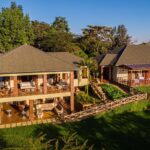
- 2 Days Tanzania Lodge Safari
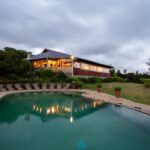
4 Days Tanzania Lodge Safari
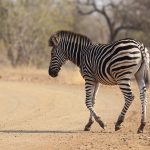
3 Days Tanzania Budget Camping Safari
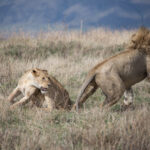
11 Days, 10 Nights Walking Safari/Trekking on Ngorongoro Highlands and Safari in Serengeti Park
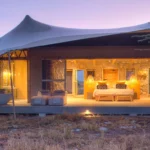
- 7 Days Tanzania Tented Camp Safari
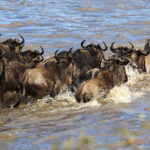
- 6 Days Tanzania Migration Safari
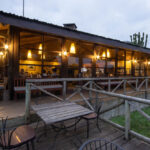
6 Days Tanzania Lodge And Luxury Tented Camp Safari
- Kilimanjaro Join Group Departures
- Tailor-Made Safari
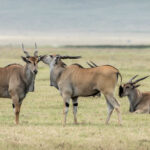
Ngorongoro Conservation Area
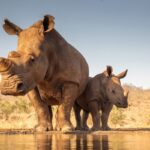
Mkomazi National Park
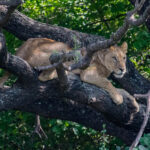
Lake Manyara National Park
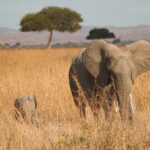
Serengeti National Park
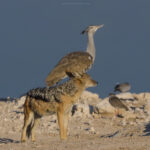
Kitulo National Park
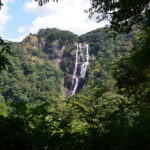
Udzungwa National Park
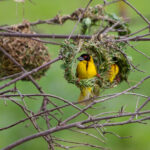
Selous Game Reserve
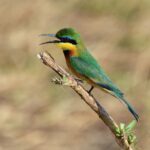
Ruaha National Park
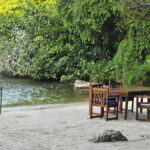
Rubondo Island National Park
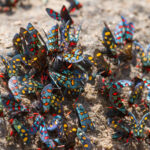
Katavi National Park

Mahale National Park
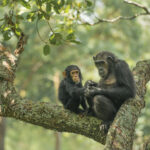
Gombe Stream National Park
Blog What to wear in Tanzania Safari? : A guide to perfectly blend with the color of Tanzania
- August 13, 2019
- No Comments
The Ultimate Guide: What to Wear on a Safari in Tanzania
Embarking on a safari adventure in Tanzania is like stepping into a world untouched by time. The vast plains, magnificent wildlife, and breathtaking landscapes make it a dream destination for wildlife enthusiasts and nature lovers alike. But before you set foot in this awe-inspiring wilderness, there’s one crucial question that lingers in every traveler’s mind: What to wear on a safari in Tanzania? Fear not, for we have crafted the ultimate guide to help you navigate through the fashion conundrum of the savannah. Our comprehensive tips and tricks will not only ensure that you are comfortable and protected during your safari but also make you look effortlessly stylish as you capture those unforgettable moments on camera. From lightweight and breathable clothing to sturdy footwear and essential accessories, we leave no stone unturned in providing you with the essential safari wardrobe that blends functionality with fashion. So, get ready to dress the part and embark on an adventure of a lifetime as we unveil the secrets to dressing for a safari in Tanzania.
Understanding the Climate and Weather in Tanzania
When planning your safari wardrobe, it’s crucial to understand the climate and weather conditions in Tanzania. The country experiences two distinct seasons – the dry season and the wet season. The dry season, which runs from June to October, is characterized by warm days and cool nights, with minimal rainfall. On the other hand, the wet season, from November to May, sees more frequent rain showers and higher humidity levels.
During the dry season, it’s advisable to pack lightweight and breathable clothing that will keep you cool during the day and provide a layer of warmth in the evenings. Opt for natural fabrics such as cotton and linen, as they allow for better airflow and moisture-wicking properties. T-shirts, shorts, lightweight pants, and long-sleeved shirts are all essential items to include in your safari wardrobe. Additionally, pack a light jacket or sweater for the cooler evenings.
During the wet season, it’s important to be prepared for sudden downpours and increased humidity. Pack lightweight and quick-drying clothing that will keep you comfortable even when wet. Consider investing in a good quality rain jacket or poncho to keep you dry during the showers. It’s also advisable to pack a few pairs of long pants and long-sleeved shirts to protect yourself from mosquitoes and other insects that thrive in the wet weather.
Choosing the Right Clothing for a Safari
When it comes to choosing the right clothing for a safari, comfort and functionality should be your top priorities. Opt for loose-fitting and breathable clothing that allows for easy movement and ventilation. Avoid bright colors and opt for neutral tones such as khaki, beige, and olive green, as they blend well with the natural environment and help you camouflage with the surroundings.
For bottoms, lightweight and quick-drying pants or convertible pants that can be zipped off into shorts are a great choice. They offer versatility and allow you to adapt to the changing weather conditions throughout the day. Pair them with comfortable and breathable long-sleeved shirts or T-shirts made from moisture-wicking fabrics.
Layering is key when it comes to dressing for a safari. The temperature can vary significantly between day and night, so it’s important to be able to add or remove layers as needed. Pack a lightweight jacket or sweater that can easily be tied around your waist or stuffed into your daypack when not in use.
Essential Items to Pack for a Safari
Packing the right essentials for your safari adventure is crucial for a comfortable and enjoyable experience. Apart from clothing, there are a few key items that should be on every safari-goer’s packing list.
First and foremost, invest in a good quality sun hat that provides shade and protection from the scorching African sun. Look for a wide-brimmed hat that covers your face, neck, and ears, and opt for a hat with a chin strap to keep it secure during game drives or walking safaris.
Next, don’t forget to pack a high-quality pair of sunglasses with UV protection. The sun can be intense, and protecting your eyes is essential. Look for sunglasses that are polarized to reduce glare and improve visibility.
A good quality sunscreen with a high SPF is another essential item to include in your safari packing list. Apply sunscreen generously and regularly to protect your skin from the harmful effects of the sun. Choose a sunscreen that is water-resistant and suitable for outdoor activities.
Additionally, pack a lightweight and compact daypack to carry your essentials during game drives or walking safaris. Look for a backpack with multiple compartments and a padded shoulder strap for maximum comfort.
Dressing for Comfort and Functionality
Comfort and functionality should be your guiding principles when it comes to dressing for a safari. Opt for loose-fitting and breathable clothing that allows for easy movement and ventilation. Avoid tight or restrictive clothing that may hinder your ability to enjoy the safari experience fully.
Choose clothing with multiple pockets to store essentials such as your camera, sunscreen, insect repellent, and binoculars. Cargo pants or shorts are a great option as they offer plenty of storage space without compromising on comfort.
Opt for clothing made from natural fabrics such as cotton and linen, as they are lightweight, breathable, and allow for better airflow. Avoid synthetic materials, as they tend to trap heat and moisture, leading to discomfort.
Dressing for Protection from Insects and Wildlife
When venturing into the wilderness of Tanzania, it’s important to dress in a way that protects you from insects and wildlife. Mosquitoes and other biting insects are prevalent in certain areas, and protection is crucial to avoid discomfort and potential diseases such as malaria.
Opt for long-sleeved shirts and long pants made from lightweight and breathable fabrics. Tuck your pants into your socks or boots to prevent insects from crawling up your legs. Consider treating your clothing with insect repellent or wearing clothing that has been pre-treated with insect-repellent properties.
Avoid wearing bright colors or floral prints, as they may attract insects. Stick to neutral tones that blend well with the natural environment.
When it comes to wildlife protection, it’s important to dress in a way that minimizes the risk of any unwanted encounters. Avoid wearing bright colors or patterns that may attract animals’ attention. Stick to neutral tones that help you blend in with the surroundings.
Choosing the Right Footwear for a Safari
Choosing the right footwear for a safari is essential for comfort and safety. Opt for sturdy and closed-toe shoes or boots that provide good ankle support. This will protect your feet from injuries, especially when walking on uneven terrain or during bushwalks.
Look for footwear that is lightweight, breathable, and waterproof. It’s important to choose shoes that are comfortable for long walks and can handle various types of terrain. Avoid open-toed shoes or sandals, as they offer minimal protection and may increase the risk of injury.
Break in your shoes before your safari to ensure they are comfortable and won’t cause blisters or discomfort during your adventure. Pack a few pairs of moisture-wicking socks to keep your feet dry and prevent blisters.
Packing Accessories for a Safari
In addition to clothing and footwear, there are a few essential accessories that should be on your safari packing list. These accessories will not only enhance your safari experience but also provide functionality and convenience.
A good quality pair of binoculars is a must-have accessory for any safari-goer. It allows you to observe wildlife from a distance without disturbing their natural behavior. Look for binoculars with a magnification of at least 8x and a wide field of view for optimal viewing.
A reliable and durable camera is another essential accessory for capturing those unforgettable safari moments. Whether you prefer a DSLR or a compact camera, make sure it has a good zoom lens to capture wildlife from a distance. Pack extra memory cards and batteries to avoid running out of storage or power.
A headlamp or flashlight is essential for navigating your campsite or walking around at night. Choose a lightweight and compact option with adjustable brightness settings. Don’t forget to pack extra batteries or a portable charger.
Lastly, a reusable water bottle and a water purification system are essential for staying hydrated during your safari. Opt for a durable and leak-proof water bottle that can be easily refilled. A water purification system such as water purification tablets or a portable water filter will ensure that you have access to clean and safe drinking water throughout your adventure.
Tips for Staying Stylish on a Safari
While functionality and comfort are key when it comes to safari attire, it’s still possible to stay stylish and put together. Here are a few tips to help you look effortlessly chic on your safari in Tanzania:
1. Opt for neutral tones such as khaki, beige, and olive green, as they blend well with the natural surroundings and create a classic safari look.
2. Mix and match your clothing to create different outfits. A pair of versatile pants or shorts can be paired with multiple tops to create different looks.
3. Accessorize with a statement belt, a chunky bracelet, or a stylish scarf to add a touch of personality to your safari outfit.
4. Choose clothing with interesting details such as embroidery or unique prints to add visual interest to your look.
5. Don’t forget to pack a stylish sun hat and a pair of sunglasses to complete your safari ensemble.
Remember, the key to staying stylish on a safari is to focus on comfortable and functional clothing that allows you to fully enjoy the experience while still looking put together.
Conclusion: Enjoying Your Safari Experience in Tanzania
Dressing appropriately for a safari in Tanzania is not only about looking stylish but also about ensuring your comfort, safety, and enjoyment. By understanding the climate and weather conditions, choosing the right clothing and footwear, and packing essential accessories, you can embark on your safari adventure with confidence. Remember to prioritize comfort, functionality, and protection from insects and wildlife when selecting your safari wardrobe. And don’t forget to add your personal touch to your outfits to stay stylish while capturing those unforgettable moments in the Tanzanian wilderness. Embrace the spirit of adventure, immerse yourself in the beauty of nature, and create memories that will last a lifetime as you explore the wonders of Tanzania on your safari.
Leave a Reply Cancel reply
Your email address will not be published. Required fields are marked *
Save my name, email, and website in this browser for the next time I comment.
Featured Post
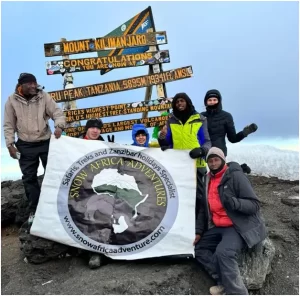
Climbing Kilimanjaro Sustainably with Snow Africa Adventures as a KPAP Member
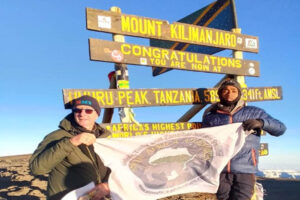
Conquer the Roof of Africa – Climbing Mount Kilimanjaro with Snow Africa Adventures
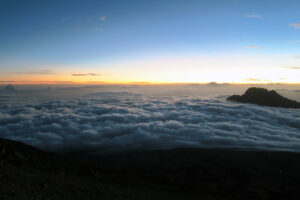
How Much to Climb Kilimanjaro
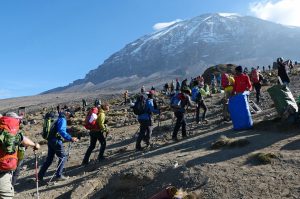
How High is Kilimanjaro Mountain
Safari packages.
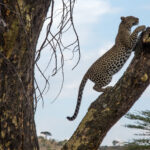
5 Days 4 Nights Budget Camping Safari

- +255 766 657 854
- MEC House, Plot no 161, Second floor, Mianzini Area, Arusha Tanzania
Safari & Tours
- 5 Days Tanzania Luxury Safari
Kilimanjaro
- 7 Days Rongai Route
- 7 Days Machame Route
- 8 Days Lemosho Route
- 6 Days Machame Route

- Booking Terms & Conditions
We are proudly member of

- Crafted by Timeless International
- Passa alla navigazione primaria
- Passa al contenuto principale

PimpMyTrip.it - viaggi fai da te per chi ama vivere il viaggio!
La mia esperienza per i tuoi viaggi!
Organizzare un Safari in Tanzania Perfetto: 10 Cose da Sapere
Stai cercando come organizzare un safari in Tanzania perfetto? Ottima scelta, il tuo safari sarà un’esperienza fantastica, la Tanzania ha alcuni dei parchi più belli di tutta l’Africa. Ma prima di acquistare un safari, leggi i miei consigli fino in fondo (dove trovi anche il mio itinerario), credo che potrebbero esserti utili!
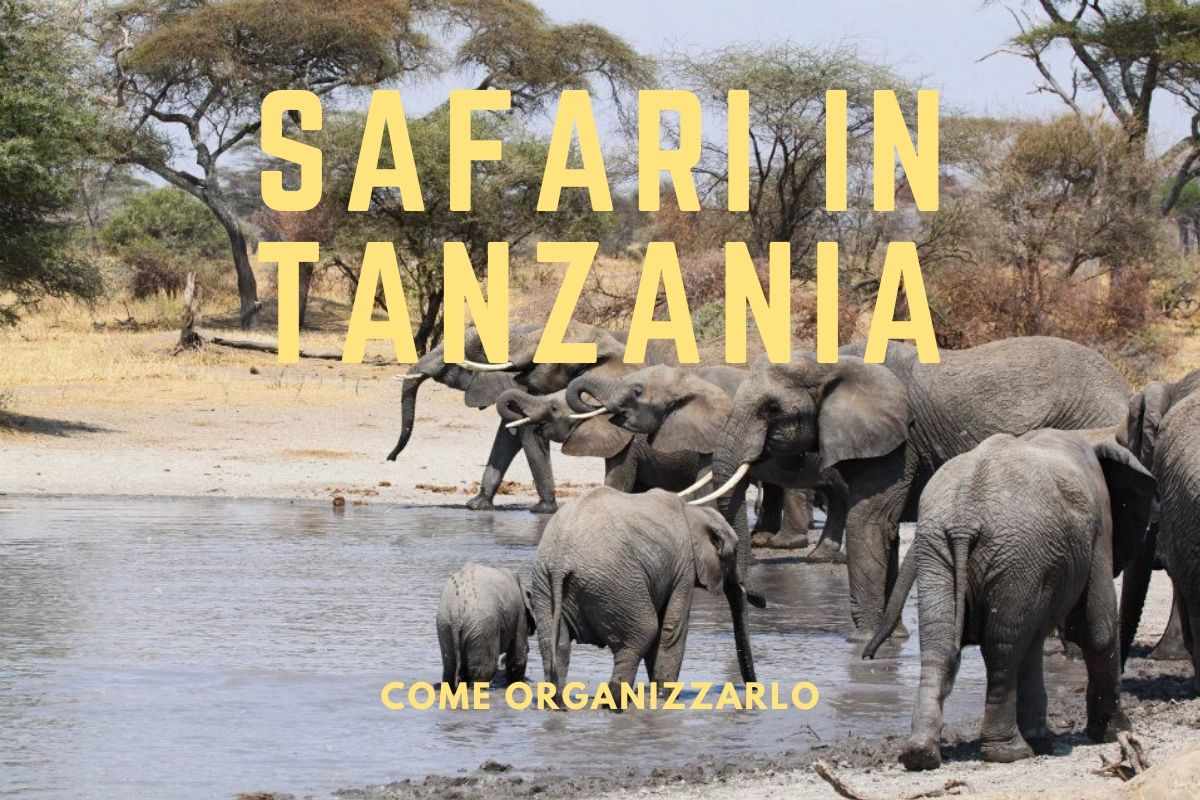
Ti capisco: anche io sentivo l’eccitazione mentre organizzavo il mio safari in Tanzania. Avevo talmente tante volte visto il cartone animato “Simba” da piccola che non mi sembrava neanche vero l’idea di vedere i leoni sul serio, in carne ed ossa.
Un safari, noto anche come “game drive” , è infatti un’incredibile opportunità di vedere la fauna selvatica da vicino e nel suo habitat naturale! E ti assicuro che è un’esperienza totalmente diversa da vederla in uno zoo.
So che hai dei dubbi, assillavano anche me. Vorresti fosse tutto perfetto, vorresti vedere più animali possibili, dormire in un campo tendato tremendamente romantico e fare foto pazzesche.
Per questo di seguito cercherò di parlarti di tutto quello che devi sapere, da come trovare l’agenzia giusta fino ai prezzi dei safari: cercherò di fornirti stime dei costi, nonché la durata ideale di un safari. Cercherò anche di darti altre informazioni importanti, da come e quando vedere la Grande Migrazione, cosa portare, quando è il momento migliore per un safari in Tanzania e in quale parco nazionale andare. Spero che questa guida ti sia utile!
Ecco tutto ciò che devi sapere sull’ organizzazione di un safari in Tanzania .
In questa pagina:
Consigli utili per organizzare un safari in Tanzania
Gennaio e febbraio (stagione del parto), da marzo a maggio (stagione delle piogge), da giugno a ottobre (alta stagione), novembre e dicembre (stagione intermedia), 1 – parco nazionale del serengeti, 2 – area di conservazione di ngorongoro, 3 – parco nazionale del tarangire, 4 – parco nazionale del lago manyara, 5 – altri parchi per il safari in tanzania, prezzi di un safari di lusso, prezzi safari di fascia media, prezzi safari economici, safari privato o di gruppo, come risparmiare sul costo del safari, scelta dell’agenzia: come scegliere quella giusta, 1 – tenda, 2 – campo tendato, 3 – lodge, vestiti e scarpe, gli indispensabili, attrezzatura fotografica, safari self-drive, conviene oppure no, 1 ° giorno: moshi / arusha – tarangire, 2 ° giorno: tarangire – serengeti, 3 ° giorno: serengeti – cratere di ngorongoro, giorno 4: cratere di ngorongoro – arusha / moshi.
Questi consigli utili ti aiuteranno a organizzare il safari in Tanzania nel modo migliore.
- Comincia a pianificare con largo anticipo e contatta le agenzie in maniera che cerchino altri viaggiatori con cui potrai condividere il costo. Ma non solo, avere tempo ti aiuterà a vagliare varie agenzie e a scegliere quella giusta.
- Scegli un’agenzia che sia tra gli operatori ufficiali della Tanzania Tourist Board ( trovi qui la lista )
- Scegli il periodo migliore in base anche ai parchi che vuoi visitare e agli animali che vuoi vedere.
- Non voler risparmiare a tutti i costi diminuendo la qualità del safari per salvare del tutto il portafoglio. Le agenzie serie hanno determinati costi e del resto il safari è un’esperienza che capita magari una sola volta nella vita, non vorrai mica rovinartela, vero?
- Informati sulle vaccinazioni rischieste per entrare in Tanzania e sui documenti necessari.
- Se ti chiedi quanti giorni servono per un safari valuta che i safari in Tanzania hanno una durata minima di 3 giorni fino a 10 giorni. Se è la prima volta che ci vai secondo me 5 giorni è la durata ideale di un safari .
- In genere i safari nel circuito Nord (il più famoso) partono da Arusha o Moshi. Entrambe sono distanti da Dar er Salaam (la capitale) e ti assicuro che farla in bus come me è un viaggio infinito che può durare anche 12 ore. Chiedi all’agenzia del safari se eventualmente può organizzarti il trasporto, oppure scegli come aeroporto di arrivo Arusha .
- Prenditi un giorno prima e uno dopo il safari per riposarti, rilassarti (il safari è faticoso) e magari fare una bella passeggiata, o acquistare le cose che ti mancano, hai dimenticato o hai finito.
- Vestiti in maniera adeguata a un safari e non sottovalutare le temperature (può fare anche freddo di notte specialmente). Inoltre non sottovalutare il sole! Porta un cappello e crema solare.
- Porta un kit di pronto soccorso da viaggio come questo ed eventualmente medicinali che potrebbero servirti (per esempio Imodium, un antibiotico ad ampio spettro e una crema cortisonica per eventuali punture di insetti)
- Proteggi la tua attrezzatura fotografica : tra polvere e strade sterrate e balzelli vari, valuta di portare con te uno zaino fotografico imbottito e un kit di pulizia come questo. Se cerchi più informazioni, leggi il mio post sulla migliore attrezzatura fotografica da safari .
- I safari in Tanzania sono sicuri, ma richiedono di seguire un comportamento furbo (per esempio quello di non scendere dal veicolo in mezzo agli animali o girare di notte in lodge o campeggi che non hanno la recizione). Inoltre fai assolutamente un’assicurazione di viaggio tutto incluso . Io consiglio Heymondo e puoi acquistarla qui con il 10% di sconto .
- Valuta di aggiungere dopo il tuo safari anche qualche giorno di relax nella bella isola di Zanzibar !
Qual è il periodo migliore per un safari in Tanzania
La stagione secca è probabilmente il momento migliore per fare un tour di safari – semplicemente perché gli animali tendono a concentrarsi intorno agli specchi d’acqua dove abbeverarsi ed è lì che troverai la maggior concentrazione di essi. La Grande Migrazione è comunque senza dubbio uno dei periodi migliori per un dafari in Tanzania. Gli animali si spostano e i predatori gli vanno, ovviamente, dietro!
IMPORTANTE : non ti fare paranoie, il qualsiasi periodo dell’anno andrai vedrai un sacco di animali!
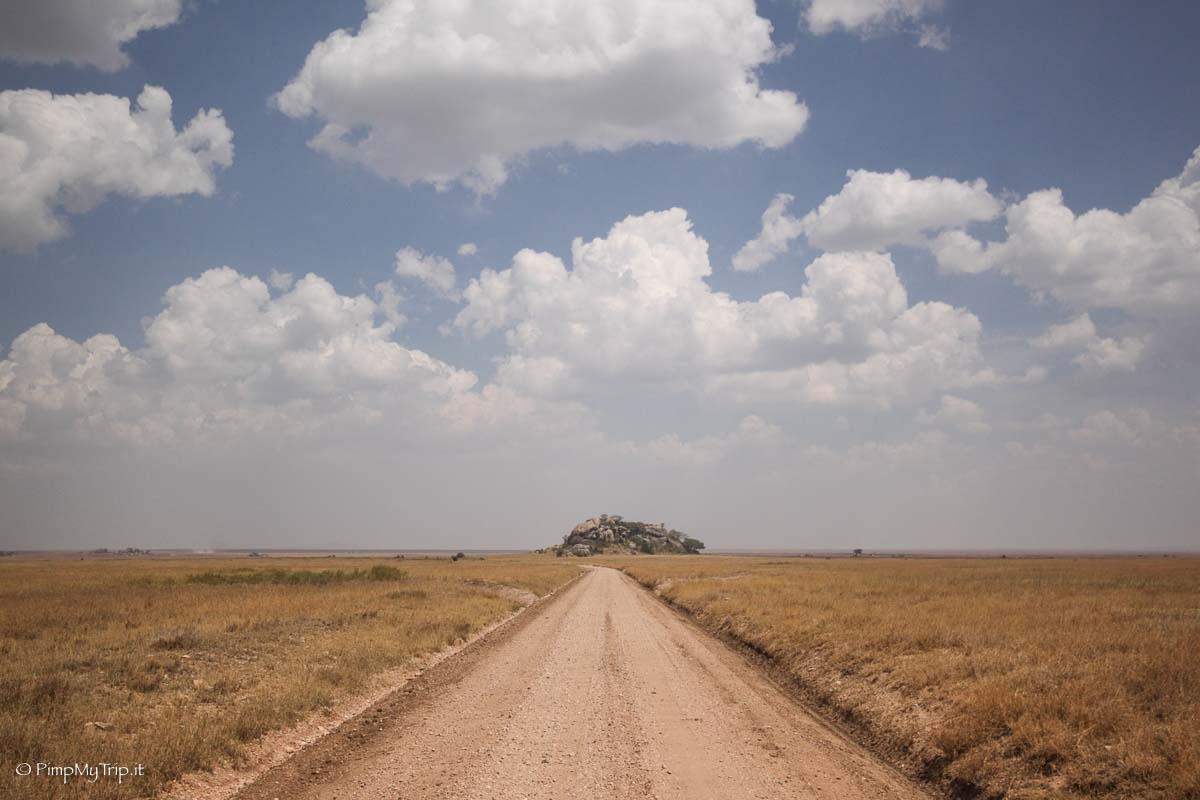
Noi siamo stati a fine Agosto/Settembre. Anche se la Grande Migrazione era verso il Masai Mara in Kenya, abbiamo visto tanti animali, il tempo era soleggiato e caldo e le strade comode, per nulla fangose. Anzi abbiamo visto dei tramonti da paura!
Andare in bassa stagione, come al solito, ha i suoi vantaggi come prezzi più bassi e meno turisti. Il numero massimo di jeep che ho visto è stato di circa 8-9. Funziona così: quando una guida avvista degli animali particolari avvisa le altre e tutti corrono (ti ricordi quando ti ho detto che la radio e la guida sono importanti?). Questo, se da una parte ha il vantaggio di avere più opportunità di avvistamento, dall’altra ha il contro che potresti trovare tante jeep. Andare in bassa stagione ti assicura meno folla!
La fine di Gennaio e Febbraio è la stagione del parto e potresti essere fortunato a vedere cuccioli di zebre e gnu. Potrebbe anche piovere un po’, anche se non è ancora la stagione delle piogge.
Potrebbe piovere a dirotto, la visibilità non sarà così buona e stare in una tenda normale non è piacevole. In genere però gli acquazzoni pomeridiani sono di breve durata. D’altra parte, poiché è bassa stagione, le tariffe sono notevolmente ridotte.
I mesi da Giugno fine Settembre sono i migliori per un safari in Tanzania. Trattandosi della stagione secca, è più facile avvistare la fauna selvatica perché la maggior parte degli animali si aggira intorno alle fonti d’acqua. Contro: è più affollato e più costoso. Inoltre sono i mesi in cui potrai vedere la Grande Migrazione nel Parco del Serengeti.
Ovviamente questi sono anche i mesi più costosi e le tariffe aumentano, anche se, soprattutto a giugno, Luglio e Settembre non troverai una grande folla.
Potrebbe anche essere un po’ piovoso durante questi due mesi e le sistemazioni non sono così economiche. Pro: è un periodo tranquillo dell’anno, pochissimi turisti.
Dove andare per il tuo primo safari: i parchi migliori
Complimenti , se hai trovato l’agenzia che ti soddisfa sei già a ben più di metà dell’opera! Il grosso del lavoro lo hai già fatto. Ora, come hai deciso l’agenzia e più o meno stimato i costi, è il momento di scegliere il tuo itinerario per il Tuo safari perfetto!
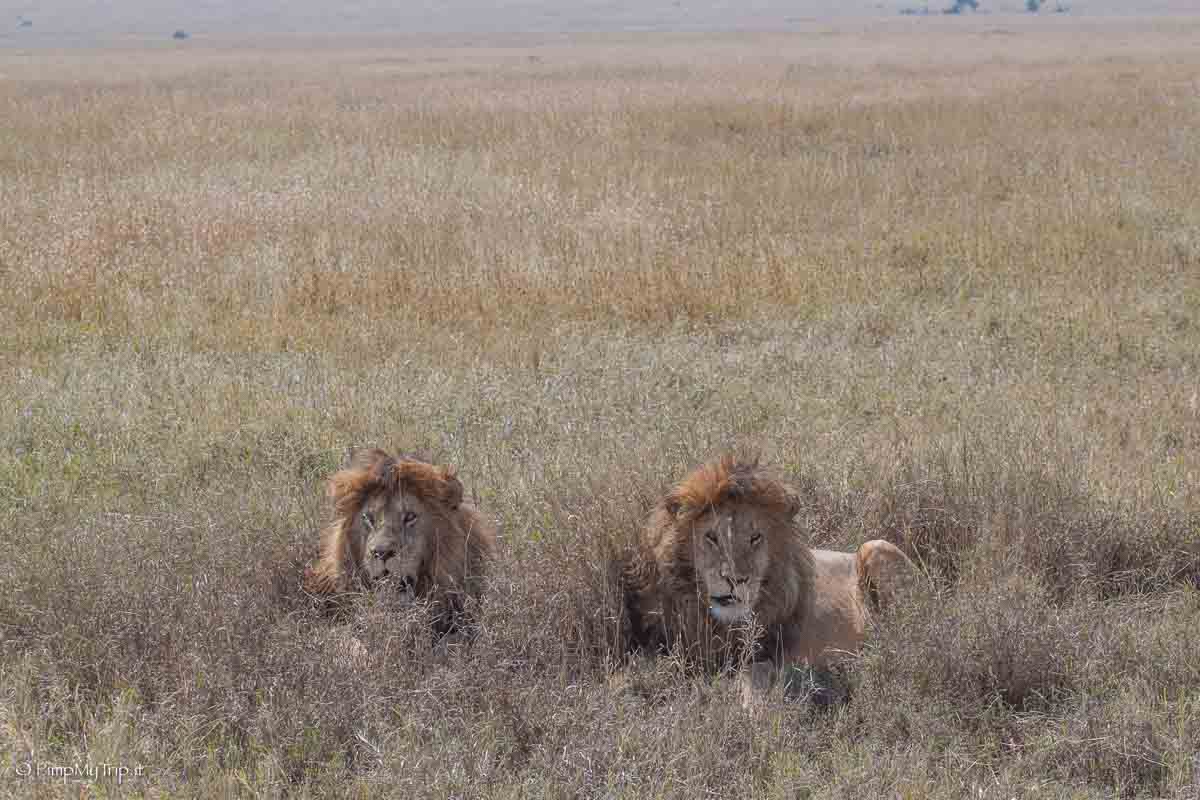
Di solito le agenzie, nel momento in cui le contatti e comunichi la date in cui vorresti fare il safari, ti mandano degli itinerari ben pianificati : loro sanno esattamente qual è il miglior itinerario (a seconda del periodo). Ma c’è il caso in cui tu vorresti includere nel tuo safari qualcosa di diverso.
Trascorrere mezza giornata al giorno per spostarsi da un Parco Nazionale all’altro non è divertente, quindi pianificare un buon itinerario è cruciale per il tuo successo. Ricorda che l’itinerario migliore è sì quello che ti permette di vedere più animali/luoghi possibili, ma anche quello che ottimizza i tempi morti (tempi di spostamento) ma che contemporaneamente ti dia qualche pausa per poterti riposare un po’.
Le agenzie propongono in genere due circuiti che comprendono più parchi: il circuito Nord e il circuito Sud .
- Il popolare Circuito Nord parte dalle città di Arusha o Moshi ed è un circuito circolare attraverso il parco del Tarangire (in alcune stagioni sostituito dal parco di Lago Manyara ), il cratere Ngorongoro e il parco nazionale del Serengeti . Nei safari di più lunga durata, viene incluso anche il remoto Lago Natron . Il circuito Nord è sicuramente il più popolare e il migliore da scegliere se è il tuo primo safari.
- Il Circuito Sud offre un’esperienza più selvaggia e include il Selous Game Reserve e il parco nazionale Ruha .
Qui sotto trovi la mappa dei parchi della Tanzania:
Il Serengeti è una delle aree selvagge più famose al mondo e ospita la migrazione degli gnu per gran parte dell’anno. Il Parco è sito patrimonio mondiale dell’UNESCO ed è probabilmente il santuario della fauna selvatica più famoso e più fotografato della Tanzania.
Il Parco Nazionale del Serengeti ha inoltre un’incredibile miscela di paesaggi ed ecosistemi, che vanno da sterminate praterie, terreni rocciosi e splendidi boschi, e persino paludi e laghi per ippopotami e uccelli. Il Serengeti ospita la più alta concentrazione di grandi mammiferi del mondo, inclusi i famosi Big Five, e anche una serie di animali che potresti non trovare in altri parchi, come coccodrilli del Nilo, pitoni, scimmie e aquile.
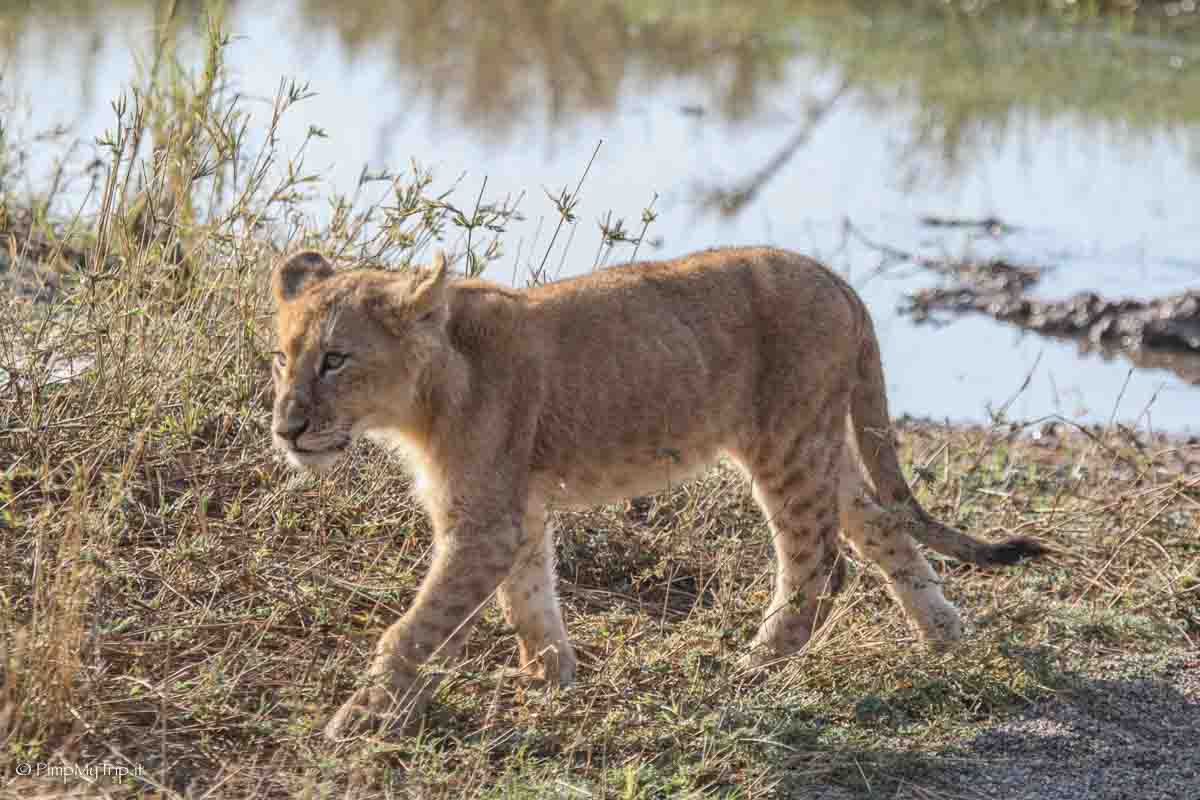
Ho letto che alcune persone raccomandano di saltare il Serengeti perché è troppo turistico , NON SONO D’ACCORDO: è qui che abbiamo visto la maggior parte degli animali. Inoltre è così grande che non avrai per nulla la sensazione di sovra-affollamento!
Scendere all’interno del cratere di Ngorongoro è altrettanto iconico come un game drive nelle pianure del Serengeti. Spesso definita “ The Wildlife Eden” , l’area di conservazione di Ngorongoro è un sito del patrimonio mondiale dell’UNESCO che si trova nel circuito settentrionale della Tanzania. Ngorongoro è il più grande cratere spento del pianeta ed è ormai inattivo da diversi milioni di anni. Dall’alto, prima di scendere al suo interno potrai vedere quanto è davvero enorme. Porta un binocolo in modo da poter avvistare la fauna selvatica che vaga per le pianure sottostanti.
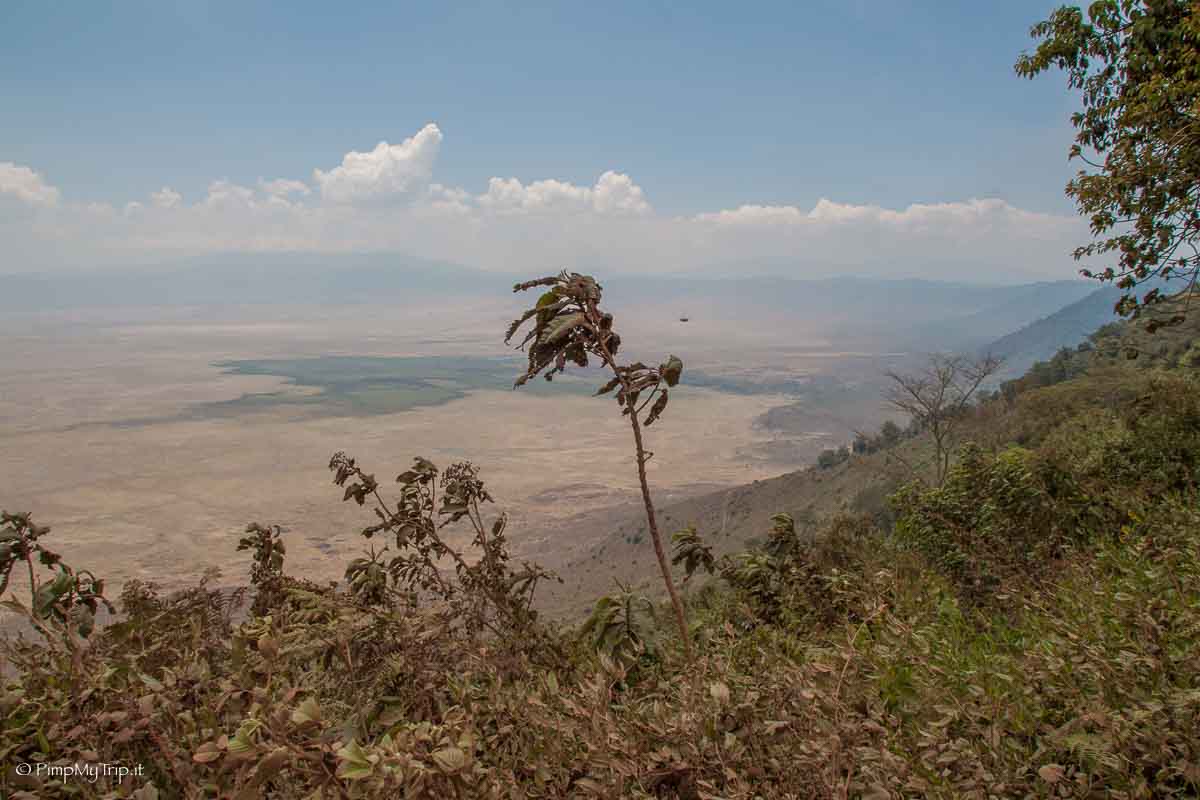
Con i suoi alberi di baobab e di acacia e la più grande popolazione di elefanti della Tanzania, il Tarangire National Park è uno dei parchi più singolari della Tanzania e, personalmente, anche quello che più mi è rimasto nel cuore.
Tarangire è uno dei parchi migliori È famoso per i suoi branchi migratori di elefanti che arrivano da giugno a ottobre. Il Tarangire National Park ha anche un lago che attira circa 250.000 mammiferi durante la stagione secca.
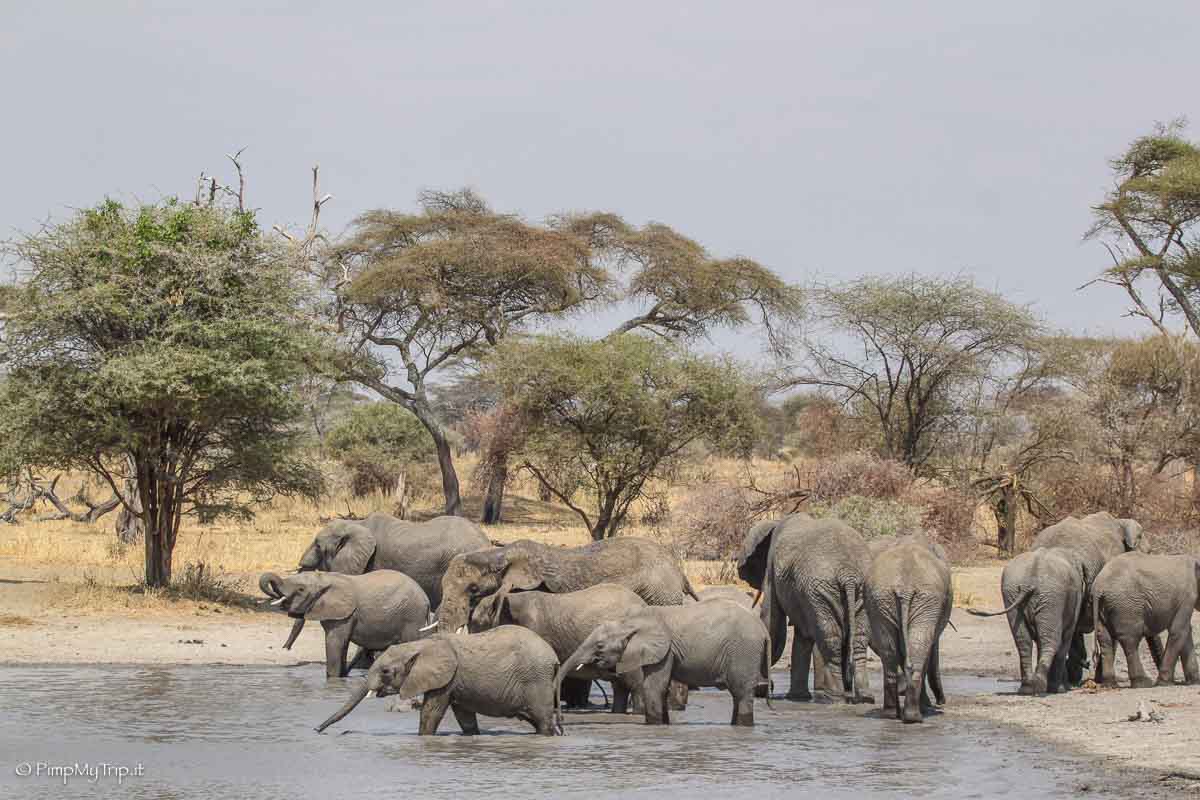
Qui non troverai rinoceronti, ma il parco è un luogo eccellente per avvistare leoni, elefanti, babbuini, giraffe e zebre così come impala e gnu. Quando si tratta di uccelli, Tarangire ha uno dei più alti numeri di uccelli in Tanzania, rendendolo un paradiso per i birdwatcher. Assicurati di portare il tuo binocolo! Il parco
Ernest Hemingway definì il lago Manyara “il più bello che abbia mai visto in Africa”, ed è facile capire perché. Anche se qui non troverai i Big Five, il parco vanta una fauna selvatica diversificata tra cui bufali, giraffe, ippopotami, antilopi e una delle più grandi popolazioni di babbuini ed elefanti in Africa. Ma ciò che ti impressionerà davvero sono le migliaia di fenicotteri. I birdwatcher potrebbero avere la fortuna qui di avvistare almeno altre 400 specie di uccelli.
Famoso anche per la particolarità dei suoi leoni che si arrampicano sugli alberi e per la varietà di avifauna, il Parco Nazionale del Lago Manyara è particolarmente affascinante durante la stagione delle piogge, quando le sue acque ospitano ippopotami sguazzanti e fenicotteri colorati. Questo è uno dei motivi per cui nei safari viene spesso proposto come alternativa al Tarangire, che è invece migliore durante la stagione secca. Uno dei pochi posti in Tanzania in cui è possibile imbarcarsi in un safari in canoa o in un safari notturno, il lago Manyara è un’ottima sosta tra Arusha e Ngorongoro.
I precedenti Parchi sono più che sufficienti per un safari di 5-7 giorni (durata media), ma se stai pensando di rimanere più a lungo, ecco altri consigli:
- Parco nazionale di Arusha
- Lago Natron
- Cratere di Empaakai
- Selous Game Reserve (copre una vasta area selvaggia di oltre 50.000 km², è un patrimonio mondiale dell’UNESCO e un posto incredibile da visitare)
Quanto costa un safari in Tanzania?
I safari sono costosi , penso che tu lo sappia e questo è dovuto principalmente al costo degli alloggi e alle tasse di entrata nei parchi. Il costo di ingresso ai parchi è altissimo e,ad oggi i prezzi sono ancora più alti rispetto a quando ho fatto io il safari. I regolamenti infatti sono cambiati nel 2021 e l’autorità dei parchi nazionali della Tanzania ( TANAPA ) ha alzato i prezzi: le tasse d’ingresso per l’alta stagione ad Arusha, Manyara e Tarangire sono state portate a US$59 per adulto, mentre la tassa di bassa stagione rimane invariata a US$53,10.
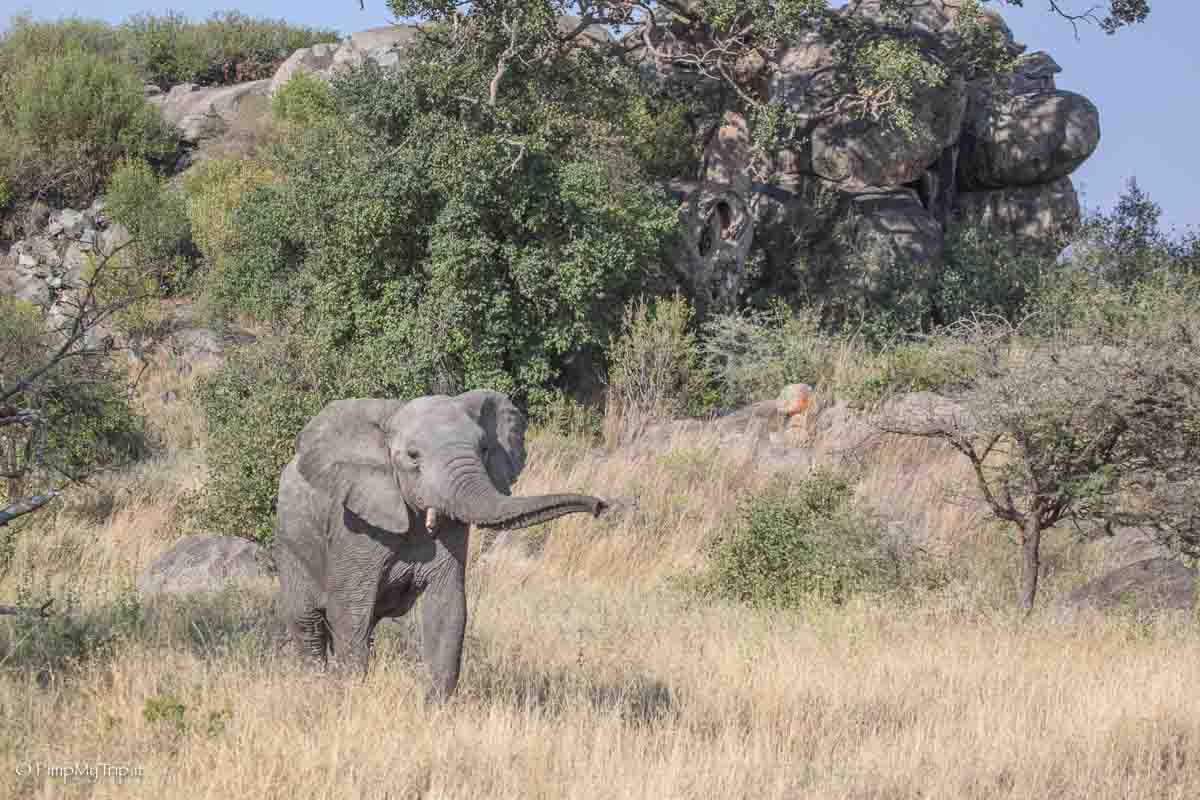
Conta però una cosa: quando acquisti un safari da un’agenzia è tutto incluso. Con questo voglio dire che se paghi 300 euro al giorno ma hai inclusi un cuoco e 3 pasti al giorno, la jeep con servizi e benzina, il noleggio delle tende o il lodge, una guida certificata, l’ingresso ai Parchi Nazionali, acqua e snack… se ci pensi non stai spendendo poi questa cifra così assurda.
Senza contare che stai per vivere una delle esperienze più belle di tutta la tua vita ! Detto questo, sapendo da cosa dipendono i costi, saprai anche quanto e come risparmiare un pochino. Il prezzo del safari dipenderà fortemente anche dai seguenti 3 fattori:
- Safari privati o di gruppo
- Pernottamento in lodge o tenda
- Durata del safari
un alloggio di lusso con piscina privata e la pazzia (meravigliosa) di un giro in mongolfiera. Le vedevo dal basso le mongolfiere sulla savana e non sai quanto avrei voluto esserci io su quel pallone! Il prezzo dipende VERAMENTE dal tour e da cosa è incluso. Generalmente il prezzo per un safari di lusso è da $600 fino $1500 a testa al giorno.
Soggiornerete in lodge tendati, in parte lussuosi, in parte a metà prezzo, ben arredati, puliti e spaziosi. Il prezzo è di circa 400/450 euro a persona al giorno con autista privato e un pochino meno se ti unisci a un gruppo.
D ormirai in tenda ma tutti i pasti saranno preparati comunque da un cuoco che viaggia con te per tutto il safari. Condividerai la jeep. Il prezzo approssimativo di un safari economico per 5 giorni è di circa 300 euro al giorno a testa .
Io ho optato per un safari di gruppo. Gruppo nel mio caso è una parola grossa perché eravamo due coppie. Ci siamo conosciuti su internet e siamo partiti insieme. Non ho rimpianti, non credo di essere mai stata così bene, insomma sono stata davvero fortunata.
I safari privati sono più costosi, ma si è più flessibili con la guida, si può andare ogni volta che lo si desidera, si può rimanere tutto il tempo che si vuole in un punto, non c’è bisogno di combattere con gli altri e così via.
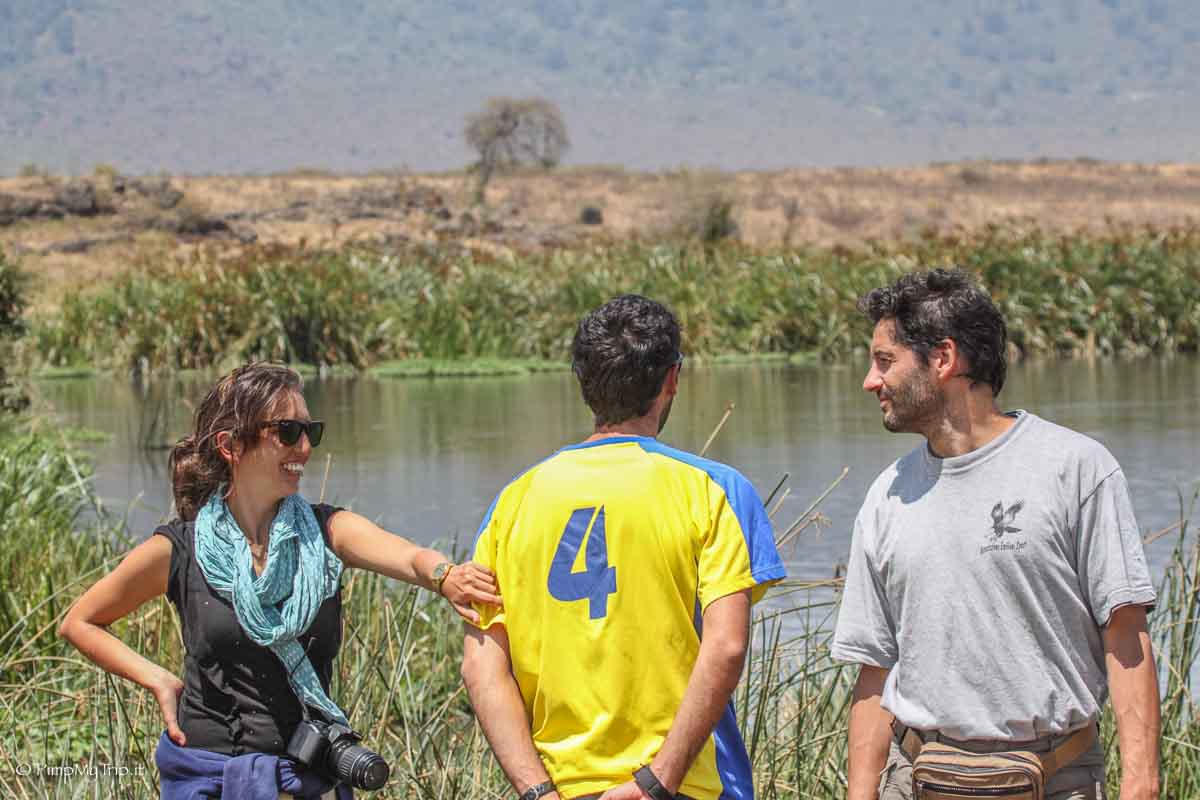
Se hai la possibilità, o, meglio ancora, se viaggi già in gruppo, suggerirei di fare un safari privato. Inutile dire che il safari di gruppo è ovviamente meno costoso. Se sei un viaggiatore solitario, potrebbe essere una buona idea partecipare a un safari in piccoli gruppi per incontrare altre persone!
Con un po’ di furbizia e se hai tempo a disposizione si può risparmiare su un safari . Se lo acquisti direttamente in loco e all’ultimo minuto potresti risparmiare fino al 20% !
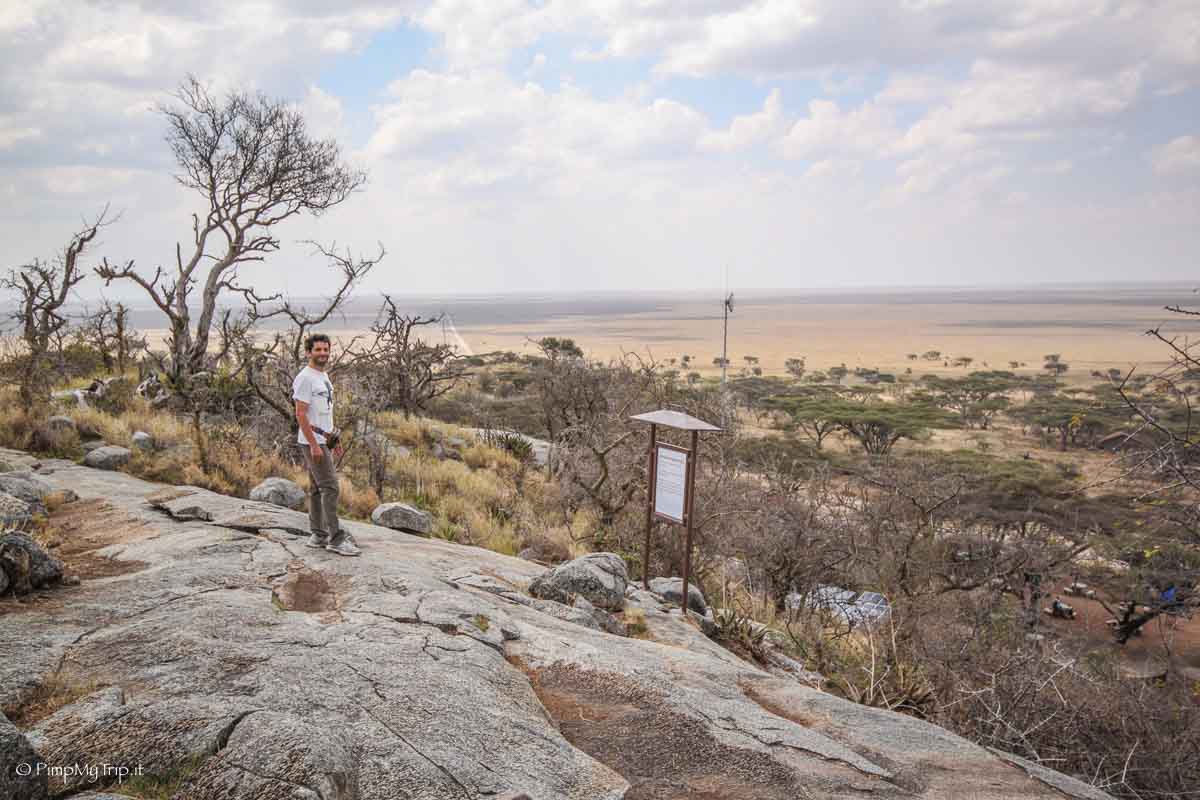
Valuta però anche i rischi :
- 1 – le agenzie che organizzano questi safari economici in genere non sono su internet , quindi dovrai cercarle, ad Arusha o a Moshi.
- 2 – di conseguenza, non potrai valutare la loro affidabilità
- 3 – non saprai prima quanti sarete nel gruppo
- 4 – devi essere flessibile con le date ! Potresti non trovare gruppi disponibili o potresti trovare safari di durata diversa da quella che vorresti. Potresti non trovare safari di gruppo e quindi dover optare per uno privato (e quindi spendere di più)
- 5 – l’ itinerario potrebbe non essere quello che speravi (anche se in genere, a seconda della stagione, sono più o meno tutti standard)
Ecco un paio di consigli per cercare di ridurre il costo finale del safari:
- Prova ad andare durante la bassa stagione
- Vai in gruppo – di solito la jeep può contenere 6-7 persone. In questo modo paghi una guida e il cuoco divisi tra tutti
- Scegli la lunghezza giusta per il tuo safari – più lungo non è sempre meglio.
- Cerca di pianificare il tuo viaggio con almeno 4 mesi di anticipo : alloggi e voli saranno più economici rispetto alla pianificazione dell’ultimo minuto.
- Contratta con l’agenzia ! Difficilmente ti faranno uno sconto, ma tentar non nuoce
- Valuta Parchi meno famosi , come la Selous Game Reserve per esempio
NOTA IMPORTANTE
Ci sono dei costi aggiuntivi e che pagherai in loco: Mance al tuo autista/guida e cuoco. Lo standard raccomandato è di 20-30 euro al giorno per l’autista / guida e 15-20 euro al giorno per il cuoco. Questo è diviso tra tutti nel veicolo.
La scelta dell’agenzia è fondamentale per la buona riuscita del safari ed è per questo che merita particolare attenzione. La prima cosa da fare è quella di scegliere un’agenzia riconosciuta dalla Tanzania Tourist Board ( trovi qui la lista degli operatori ufficiali ) che ne garantisce la legalità e la serietà vista la continua nascita di agenzie non regolari, create solo per business e dalle quali è consigliabile tenersi alla larga.
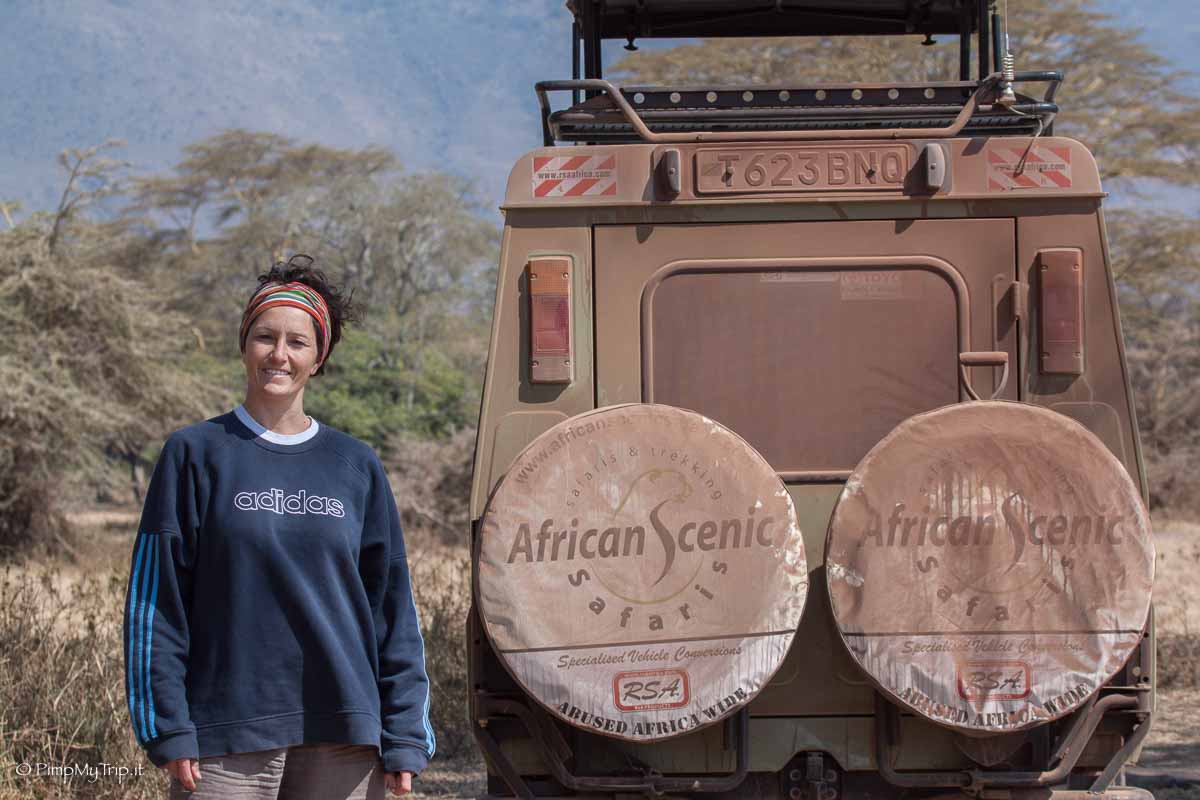
La cosa più importante di tutte è che tu scelga il tuo safari con saggezza. Molti ti offriranno la luna, ma ricontrolla tutte le informazioni – sfortunatamente, non tutte manterranno le promesse fatte. Come si sceglie l’agenzia giusta? Sono principalmente 3 i parametri fondamentali su cui basarsi: qualità, costo e modo in cui tratta i suoi dipendenti .
Alcune agenzie economiche che puoi trovare in loco sono completamente irresponsabili. Ho visto turisti durante il safari disperati, perché se prendi il safari più economico di tutti potresti avere delle bruttissime sorprese. La guida era un locale che probabilmente non aveva mai fatto la guida prima di allora.
Ad alcuni che abbiamo incontrato l’auto vecchissima e scarcagnata si era rotta: non avevano nessuna assistenza, sono rimasta fermi per 3 giorni del loro safari PAGATO ad aspettare che qualcuno andasse a prenderli. Ma non solo: abbiamo regalato dell’acqua alla guida e al cuoco di un altro safari: per risparmiare l’agenzia non gliele aveva fornite.
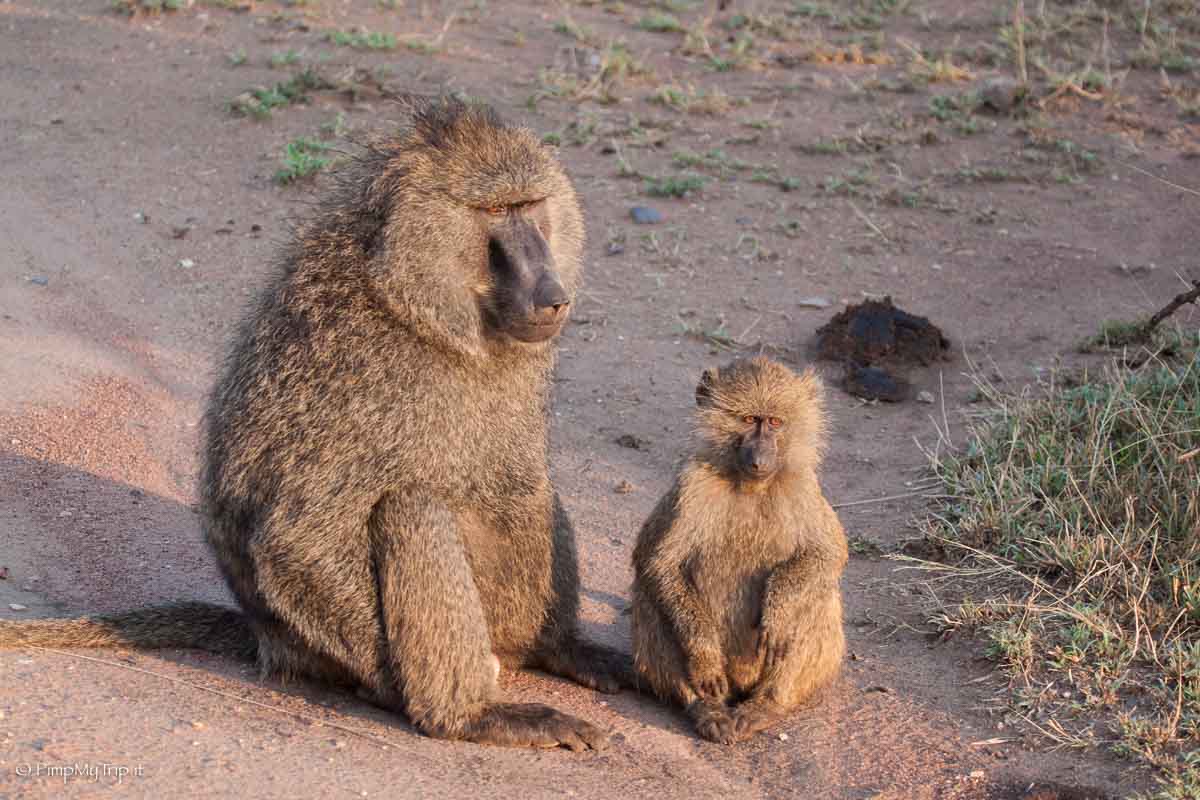
Una volta individuate le agenzie che possono fare al caso tuo, è la volta di contattarle via mail e chiedere qualche informazione sui safari che propongono: dalle loro risposte si può fare un ulteriore confronto e scegliere quelle che secondo la nostra opinione e secondo le informazioni recuperate su internet vengono più incontro alle nostre esigenze.
- La guida parla inglese? Chiedi se la tua guida ha la licenza adeguata.
- Quante persone saranno in macchina? (se stai andando come parte di un gruppo)
- Che tipo di auto hanno? (Hai bisogno di un veicolo 4 × 4 con tetto convertibile). Noi Avevamo una Land Rover da 7 posti (l’auto più popolare per il safari) per noi 4 da soli.
- Tutti avranno un posto vicino al finestrino?
- Quali altri vantaggi ha l’auto? Chiedi se hanno la possibilità di avere delle prese elettriche per cellulare e carica batteria della macchina fotografica: non sembra ma avrai bisogno di ricaricarle più e più volte. La nostra macchina aveva tutto questo oltre a un frigorifero.
- Quanti anni ha la macchina? Ha una ruota di scorta in caso di emergenza?
- L’auto è dotata di comunicazione radio? È MOLTO importante che la guida possa comunicare sia con l’agenzia (in caso di emergenza) che con le guide di altri gruppi. Spesso infatti quando una di esse avvista un animale chiama gli altri.
- Richiedi un itinerario dettagliato del tuo game drive – quante ore di guida da un luogo all’altro e quante ore effettivamente nel parco? Sono alloggi situati all’interno del parco o all’esterno (è meglio se sono all’interno in quanto ciò significa che sarai in grado di partire prima degli altri turisti la mattina successiva). Per evitare equivoci, assicurati di aver confermato per iscritto che l’ingresso ai parchi è incluso nel prezzo (certe agenzie super economiche poco raccomandabili cercano di fregarti più soldi che possono). Dimentica gli accordi orali, non farci affidamento.
- Qual è la politica di cancellazione e rimborso dell’azienda? Questi tipi di viaggi sono in genere programmati con largo anticipo ma non si sa mai, forse non sarà più possibile farlo. Ti rimborseranno un eventuale anticipo pagato?
- Tutte le attività sono già incluse nel prezzo? Di solito una visita al villaggio Maasai è facoltativa e costa un po’ di più. Un giro in mongolfiera è costoso (ad esempio $ 500 a persona). Se sono inclusi nella descrizione, ricontrolla se si tratta di un extra facoltativo o se è effettivamente incluso.
- Anche un anticipo del 20% sono un bel po’ di soldi considerando i prezzi del safari, quindi ricontrolla sempre la legittimità della compagnia – dov’è l’indirizzo, chi è il proprietario.
- Guarda anche se trovi su Google il loro numero di telefono . Naturalmente non ci sono rischi di frode da parte di rinomate compagnie internazionali, ma potrebbe accadere con qualche piccola azienda sconosciuta, quindi è sempre meglio controllare e ricontrollare ancora.
Dove dormire: tenda, campo tendato o Lodge?
Per quanto riguarda le sistemazioni, ci sono diverse opzioni a seconda di quelle che sono le esigenze personali e i costi. Io ho scelto la tenda perché oltre a voler risparmiare un po’, mi sembrava fosse più avventuroso. Ed in effetti lo è stato!
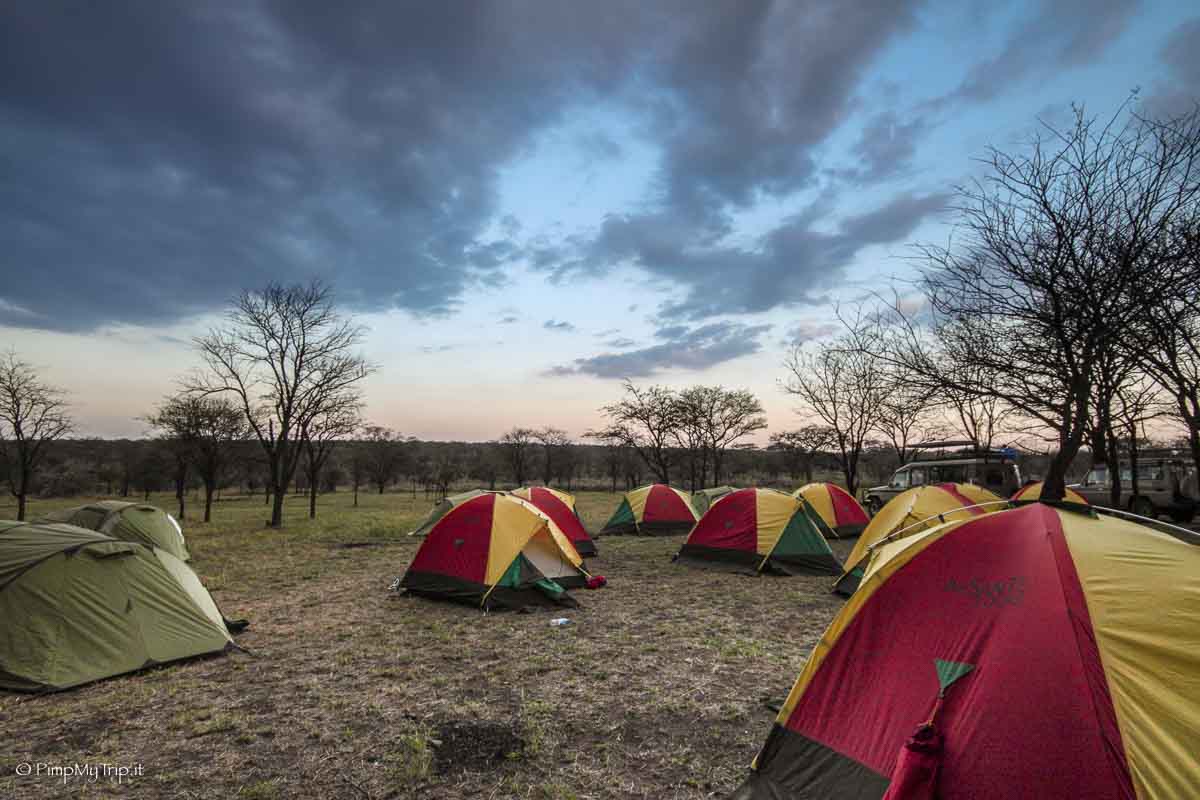
Fondamentalmente ci sono 3 tipi di sistemazioni
- Tenda (la più economica)
- Campo tendato
- Lodge (più costoso)
Questa è la l’esperienza di campeggio più economica. Puoi portare la tua tenda, ma in genere il costo, come quello dei sacchi a pelo, è già incluso nel prezzo del safari. Secondo me per come sono fatta io questa è stata senza dubbio la scelta più azzeccata: addormentarmi sotto le stelle con i suoni della fauna selvatica e svegliarmi nella natura selvaggia e incontaminata.
Avevamo ovviamente il bagno e i servizi igienici in un’area del campeggio condivisa con altri viaggiatori. Non è stato per me un grosso problema, ma se tu non ti adatti a un bagno in comune, meglio optare per un’altra sistemazione. I nostri pranzi venivano cucinati dal nostro cuoco nelle aree comuni.
Se vuoi un’esperienza comunque selvaggia ma con qualche confort in più, il campo tendato è sicuramente un’ottima opzione. I campi tendati possono essere fissi o mobili, e in questo secondo caso hai la stessa mobilità della tenda, ma con vari confort in più.
Hanno anche un altro vantaggio: essendo strutture mobili sono anche le più ecologiche di tutte. Puoi fermarti dove vuoi (magari mentre rincorri la Grande Migrazione) e poi andare via senza lasciare tracce del tuo passaggio, salvaguardando l’ambiente e la fauna locale. I campi tendati inoltre possono essere personalizzati in termini di confort e servizi: potrai chiedere un alloggio con bagno privato o avere uno spazio tutto tuo per la cena. Ovviamente dipende anche dall’agenzia se può fornirti queste cose. Avrai elettricità (ma non sempre) e un vero letto in cui dormire. Sono anche molto meno costosi dei lodge.
Anche se la Tanzania è famosa per i suoi campi tendati di alta qualità, ci sono anche una vasta gamma di lodge permanenti e hotel disponibili per chi non vuole rinunciare al confort.
Tutti i lodge o gli hotel permanenti offrono gli stessi servizi più o meno che ci si può aspettare in un hotel in stile occidentale. Tuttavia, ce ne sono alcuni veramente lussuosi. Quelli di fascia alta vanno dagli 800 ai 2,500 euro a persona a notte. Avrai comunque a disposizione tutti i servizi di un hotel: camere con bagno privato, elettricità e in alcuni casi anche una piscina! Però perderai un po’ dell’autenticità del safari, devo metterti in guardia.
6 – Cosa portare in un safari
Di seguito troverai qualche consiglio su come vestirsi per un safari in Tanzania , oltre a quali accessori e altre cose utili da portare con te:
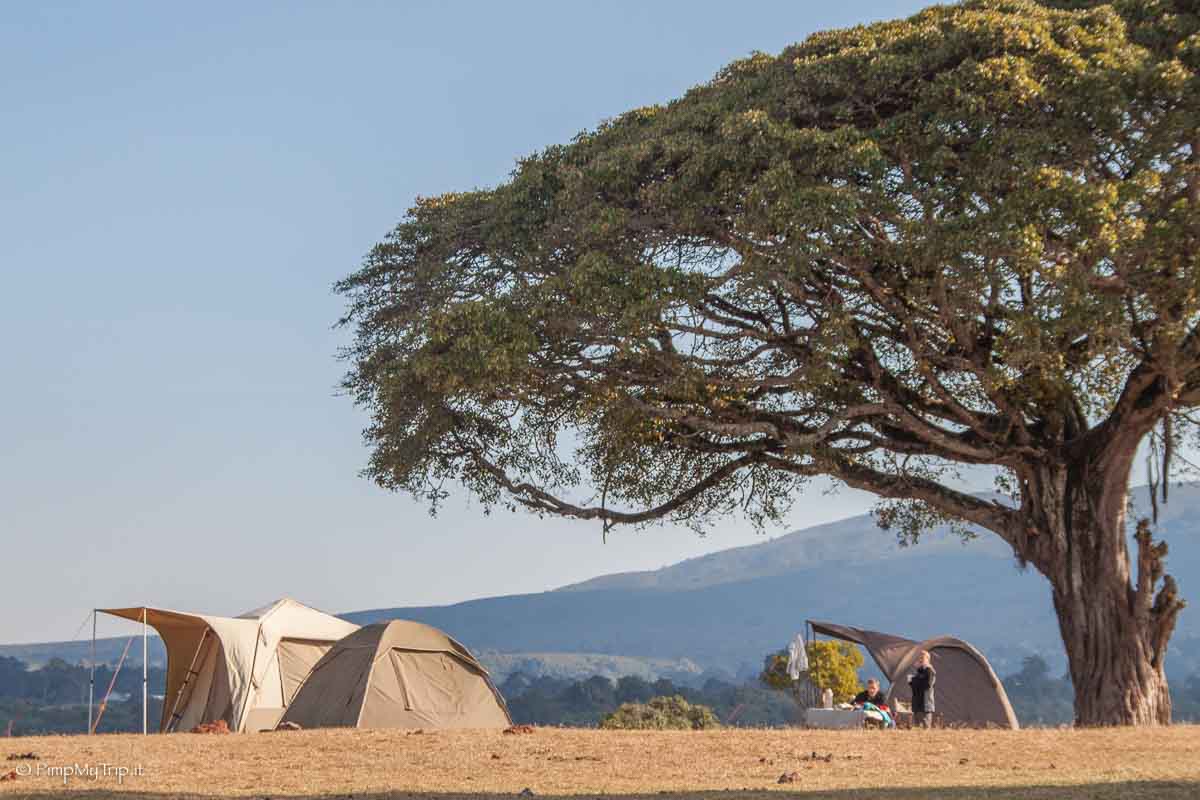
- Una giacca o un gilet con molte tasche – tenere in tasca piccole cose che possono servirti è comodo e veloce. Puoi mettere lì le schede della macchina fotografica, batterie extra, carta igienica, il disinfettante per le mani ecc.
- Un cappello a tesa larga – per proteggerti dal sole forte; assicurarsi che il materiale sia leggero
- Un paio di occhiali da sole – con lenti polarizzate; utile per evitare anche la polvere negli occhi
- Una giacca calda – per i game drive di notte, la mattina presto o la sera tardi. Se campeggi sul cratere di NgoroNgoro di notte fa un freddo polare.
- Camicia a maniche lunghe o felpa con cappuccio – ottime per la stratificazione
- Canotte – ottime anche per la stratificazione
- Un paio di pantaloni caldi e comodi : entrerai e uscirai dalla jeep ogni giorno, quindi avrai bisogno di essere il più a tuo agio possibile
- Un paio di pantaloncini : comodi, realizzati in materiale traspirante
- Un costume da bagno – nel caso in cui il tuo alloggio abbia una piscina
- Una tuta calda da indossare alla sera nel campeggio o come pigiama
- Un paio di sandali e ciabatte per la doccia in caso tu stessi in tenda e avessi bagno condiviso
- Scarpe da trekking
- Calze lunghe e calde
- Disinfettante per le mani – Molto utile durante il giorno, quando viaggerai con la jeep
- Crema cortisonica per punture di insetti o scottature
- Crema solare – il sole è forte e le giornate sono lunghe, quindi consiglio SPF 50+
- Repellente per zanzare tropicali e insetti : assolutamente indispensabile
- Pastiglie per purificare l’acqua . Non servono in realtà (berrai acqua in bottiglia) ma non si sa mai
- Lampada frontale
- Salviette umide (io avevo sia quelle per il viso sia quelle intime)
- Prima di partire stipula un’ assicurazione di viaggio !
- Kit di primo soccorso
La tua fotocamera – Io sono una fanatica di fotografia e quindi sono andata con 3 macchine fotografiche:
- Canon 500D (entry-level) con il 10-20 della Sigma
- Canon 5D mark 2 con montato il 100-400 della Canon
- Sony che montava il Canon 24-105 con adattatore
Se te lo puoi permettere, il teleobiettivo è indispensabile . Puoi anche noleggiarlo – verifica la presenza di questi servizi nella tua città (di solito costano 15-20 $ al giorno, quindi non rovinerebbe la banca).
- Batterie extra e una power-bank di emergenza – a seconda di dove alloggi, l’elettricità potrebbe essere scarsa
- Schede a go-go : io avevo più di 100 Giga di schede, da quelle da 16 gb a quelle da 32!
- Un adattatore universale
- Kit di pulizia : c’è tanta di quella polvere che ogni giorno per non rovinare la tua attrezzatura devi pulirla con cura! Indispensabile il pennello per togliere sabbia e terra dalla tua macchina fotografica.
- Zaino fotografico : per proteggere la preziosa attrezzatura da tutti i colpi che prenderà sulle strade sterrate e gli off-roads
- Sacchetto di fagioli : per appoggiare l’obiettivo sul tetto della macchina quando fotografi gli animali (e non rovinarlo)
Anche se quando ho organizzato il mio safari, il self-drive non l’ho neanche preso in considerazione, tantissime persone che hanno letto i miei post sulla Tanzania, mi hanno chiesto se è possibile fare un safari senza un’agenzia: si è possibile ma io lo sconsiglio fortemente.
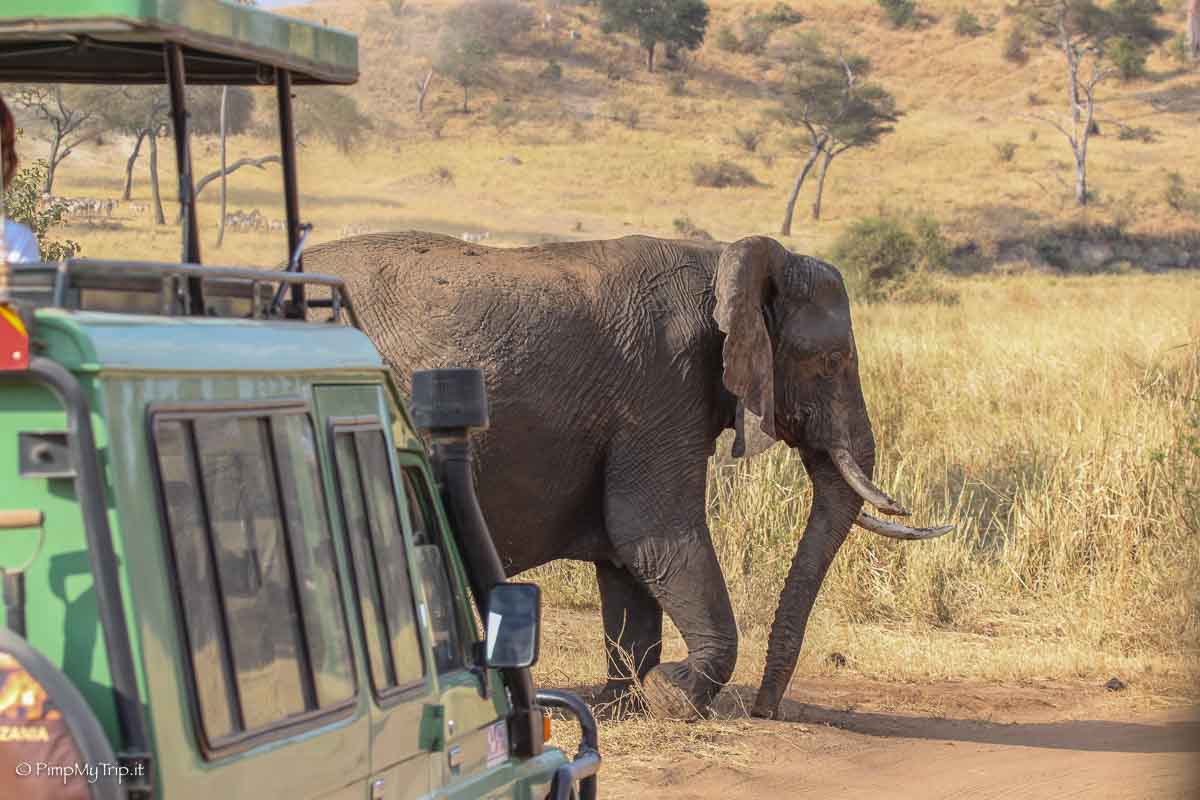
Alcuni dei parchi nazionali in Africa non richiedono un autista o guida certificata, quindi puoi noleggiare un’auto e visitare il parco da solo. In effetti, molte persone lo fanno in altri paesi come in Sudafrica o Namibia.
Vediamo perché non penso che sia la miglior opzione quando si tratta della Tanzania.
Potrebbe costarti più o meno lo stesso che avere un tour operator che lo organizza o, in alcuni casi, potrebbe essere persino più costoso organizzarlo da solo (le compagnie di safari in realtà ottengono offerte migliori per i lodge rispetto ai viaggiatori indipendenti)
Facciamo un rapido calcolo dei costi che dovresti sostenere:
- Entrata al Serengeti
- Noleggio Jeep adeguata
- Fee per entrare ai parchi con la Jeep
Tieni inoltre conto che:
- Ci sono MOLTE scartoffie che dovrai compilare all’ingresso del parco, perdendo tempo prezioso.
- Potresti non vedere molto , con una probabilità quasi del 100% che non vedrai tanto quanto con una guida che SA dove andare.
- Se stai facendo un safari indipendente, potresti facilmente perderti nei Parchi Nazionali perché sono enormi! Non ci sono strade appropriate che sono mostrate su google Maps. Ti verrà data una mappa cartacea, ma non è facile navigare e capire dove ti trovi.
- Le strade sono di pessima qualità e potresti bucare una ruota oppure rimanere bloccato da qualche parte. Se non conosci la zona, ciò può accadere facilmente e non saprai nemmeno come chiedere aiuto.
- Ultimo ma non meno importante, tutti i conducenti di safari sono anche guide molto competenti , conoscono i loro animali! Tutti devono superare un lungo test prima di poter portare i turisti. Questo significa che oltre ad aiutarti a vederli, ti potranno raccontare un sacco di cose sulle loro abitudini e sul loro comportamento.
- A volte ci saranno animali anche rari e tu non te ne accorgerai perché da solo non riuscirai a vederli .
Il mio safari in Tanzania di 4 giorni
“Che coooosa? Martina ha fatto un safari di SOLI 4 giorni? Davvero, 4 giorni non sono sufficienti!”
So che molte persone fanno dei safari per un periodo molto più lungo, ma questa è stata la mia scelta. Il mio itinerario di viaggio in Tanzania fai da te era pieno zeppo di attività e non avevo davvero più tempo.
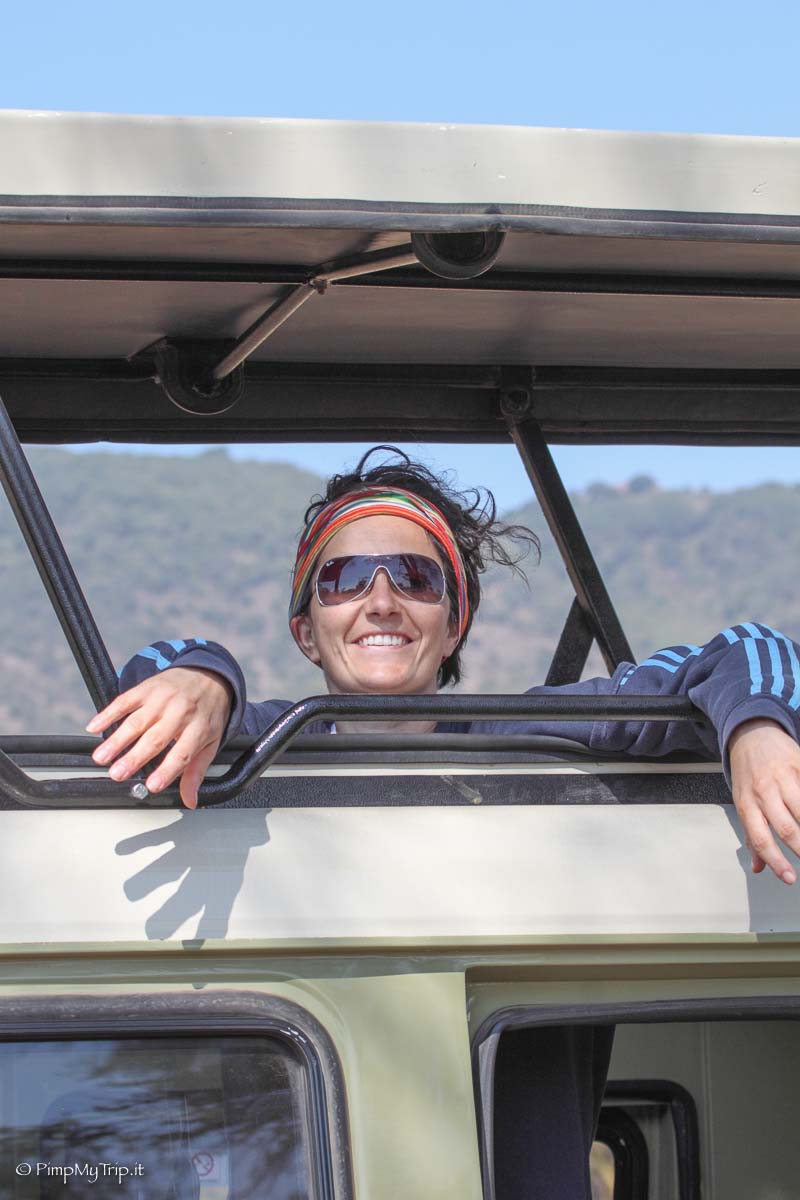
Inoltre, durante il mio safari sono riuscita a vedere tutti gli animali che volevo, quindi sono più che soddisfatta. Sta a te decidere quanti giorni pensi saranno sufficienti. Per me 4 o 5 sono perfetti: non sono troppo pochi da non godertela ma non sono neanche troppi da diventare snervanti. Se non hai molto tempo, 3 giorni sono il minimo indispensabile !
Ho impiegato tantissimo tempo per scegliere l’agenzia per il safari : sono andata con Africa Scenic Safaris e sono stata felicissima della mia scelta.
Qui sotto trovi il mio itinerario Tarangire / Serengeti / Ngorongoro (4 giorni / 3 notti), che mi ha mandato l’agenzia e che io ho accettato senza proferire verbo.
La mattina si viaggia verso il Tarangire National Park. Tarangire è il terzo più grande parco nazionale e santuario della Tanzania per la popolazione insolitamente grande di elefanti.
I maestosi baobab sono una caratteristica interessante del parco.
Gli animali si concentrano lungo il fiume Tarangire, che fornisce l’unica riserva idrica permanente nella zona. C’è una grande diversità di fauna selvatica tra cui leone, leopardo, ghepardo e fino a 6.000 elefanti. Pernottamento al Tarangire
Dopo la colazione partenza per uno dei parchi di gioco più famosi in Africa, il Serengeti. Qui vivono milioni di persone più selvagge durante la migrazione e sulle enormi pianure troverai probabilmente leone, ghepardo, leopardo, iena e molti altri piccoli predatori. Tutto il pomeriggio sarà trascorso in game drive prima di gustare la cena e l’esperienza di dormire nel mezzo del Serengeti. Pernottamento a Seronera (il centro del Serengeti)
La mattina presto inizia nel Serengeti per cercare di trovare i felini prima che si ritirino dal sole cocente durante il giorno. Dopo alcune ore di game drive nel Serengeti guidiamo verso il cratere di Ngorongoro. Pernottamento in campeggio sul bordo del cratere.
Questa mattina si scende nel cratere di Ngorongoro – un paradiso meraviglioso per la fauna selvatica. Ngorongoro è unico in quanto quasi tutta la fauna selvatica vive all’interno delle pareti del cratere. Il rinoceronte, in particolare, può essere visto regolarmente, nonché orgoglio di leone e altri predatori come il ghepardo. Goditi il pranzo presso lo stagno dell’ippopotamo prima di iniziare il tuo viaggio di ritorno verso Arusha e poi Moshi.
DISCLAIMER: PimpMyTrip partecipa a programmi affiliati. Questo significa che per gli acquisti fatti tramite i miei link io ricevo una piccola percentuale che non incide sul prezzo pagato dall’utente. PimpMyTrip non si ritiene direttamente responsabile per eventuali acquisti eseguiti senza leggere le condizioni d’uso del provider di avevntuali biglietti e/o prenotazioni online
Martina Santamaria
Martina Santamaria è una travel blogger , una travel influencer e una travel photographer dal 2013. Martina è l’ideatrice e la proprietaria di pimpmytrip.it , uno dei siti web di viaggi più visitati d’Italia. Martina è ideatrice e co-conduttrice del podcast “Pimp My Trip” per la web radio “Good Morning Genova” . Martina è una viaggiatrice esperta che organizza i suoi viaggi in autonomia . Martina ha visitato più di 50 diversi paesi in tutto il mondo.
Interazioni del lettore
10 Gennaio 2020 alle 12:24
Allora devo ancora finire di leggere ma non posso intanto non ringraziarti per il tempo spese e le informazioni (veramente e finalmente) utili rispetto a tanti altri articoli…. Sto programmando il viaggio con la mia family e sei una benedizione…. Ti stresserò in futuro (te la sei cercata) ma intanto GRAZIE DAVVERO
11 Gennaio 2020 alle 10:18
ma grazie a te per il bellissimo commento! Sai, ricordo i dubbi che ho avuto io (ho cercato l’agenzia per mesi prima di trovarla) e ho pensato che sul web mancasse un articolo che spiegasse bene le cose. Sono davvero contenta che tu lo abbia trovato utile! Buon safari!
2 Gennaio 2021 alle 09:50
ciao Martina ti ringrazio per le informazioni! viaggerò da solo e sto cercando un gruppo / agenzia di appoggio (Kilimangiaro non safari) questo post è davvero prezioso buon 2021 federico
29 Gennaio 2021 alle 00:13
Ciao Martina, complimenti per l’articolo. L’ho trovato estremamente completo e ha chiarito in buona parte un sacco di dubbi che avevo! Spero di poter fare un safari in Tanzania indimenticabile.
Grazie!! Giulia
14 Febbraio 2022 alle 21:55
Concordo … articolo molto chiaro, esaustivo e pieno di consigli utili! Grazie davvero e buon proseguimento nei tuoi viaggi in giro per il mondo!
6 Marzo 2023 alle 21:33
Grazie dell’articolo!!! Chiaro e molto utile
24 Giugno 2023 alle 17:49
Ciao Martina, posso chiederti qualche info su come ti sei organizzata per insetti. Le tende sono pulite al loro interno e anche i sacchi a pelo? Hai avuto qualche disturbo? Grazie in anticipo. Matilde
26 Giugno 2023 alle 09:28
Ciao Matilde, io avevo con me il Biokill però sei in mezzo alla natura andare a sparare veleno non è proprio il massimo. Ovviamente gli insetti ci sono e se hai dubbi sul sacco a pelo porta con te il tuo oppure un sacco lenzuolo per proteggerti in caso quello che ti danno non sia pulitissimo.
4 Gennaio 2024 alle 09:31
ciao. vorrei fare un safari. il mio primo safari con il mio compagnoe vedere sicuramente i big 5. posso comunque dedicare, nel limite dei costi, anche 7 o 9 gg al viaggio. cosa mi consigli e quando? davvero indecisa. amo la natura appassionata da decenni direi. non la pioggia però ( l’umidità o il caldo eccessivo mi creano prurito). grazie
12 Gennaio 2024 alle 16:27
La Tanzania è perfetta per il safari a cui io personalmente non dedicherei più di 5 giorni in totale (ma neanche meno di 4 giorni). Se riesci vai nel periodo in cui la migrazione è all’inizio quindi a Luglio, ma la cosa migliore è contattare un’agenzia e sentire cosa ti dicono :)
Lascia un commento Annulla risposta
Il tuo indirizzo email non sarà pubblicato. I campi obbligatori sono contrassegnati *
Questo sito usa Akismet per ridurre lo spam. Scopri come i tuoi dati vengono elaborati .

- Great Migration
- Honeymoon Safaris
- Walking Safari Tours
- Tanzania Luxury Safari
- Mount Kilimanjaro
- Zanzibar Island
- Serengeti Trips
- Tarangire National Park
- Manyara National Park
What to Wear on a Safari in Tanzania
Tanzania is one of the best African destinations for a remarkable safari . It harbors remarkable wildlife. The Tanzanian safari is a great choice as you are in for a delightful experience.
Now, from what you might have seen on television programs, you probably have seen people moving around in tourism vehicles on dusty plains, dressed in khakis while holding a camera to capture the animals occasionally on sight.
You’ll come to learn that safaris, these days, are a lot more than that. The sightings are more jaw-dropping than you’ve ever seen from afar. Hence, you need to be well-dressed to enable you to make the most of every moment on the safari .
Wearing the right set of clothing can go a long way in protecting you from harmful insects, sunburn, and other skin problems.
List of What to Wear on a Safari in Tanzania
In this article, we shall be focusing on ensuring that you are well-dressed for your safari experience. Let’s get started.
Dress to Kill, Not to be killed
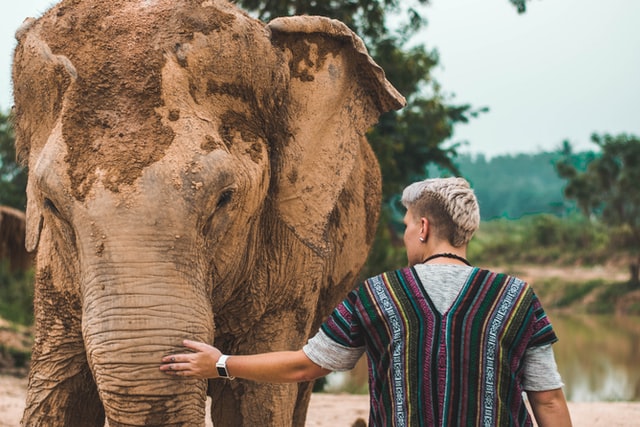
Malaria and schistosomiasis certainly lurk around the corner. Wearing black clothes attract the insects that dwell in safaris, especially mosquitos and tsetse flies. The bites from these insects can be so discomforting, with itchy spots that leave annoying marks or blemishes on your skin.
Of course, they also cause illnesses like malaria and sleeping sickness. So, ensure that you opt for clothes with softer hues and warmer colors while packing. Leave your black clothes behind as well as other dark colors that can pass for black in the dark because they attract tsetse fly.
Red is also not a color you want to wear to the plains as it signifies blood, which indicates a wounded animal to animals. This can attract the wrong attention as you are there to observe, not be mistaken for prey.
Pack Your Clothing Essentials
Your definition of clothing essentials when going on a safari in Tanzania changes regardless of your personal preference or style. Things like the Tanzanian weather, usual safari conditions and activities, and hygiene must be put into perspective.
In terms of weather, you will find out that it is somewhat all-inclusive and unpredictable. Some days will be hot while some will be cool. There will be hotter nights in some instances and cooler in others; you must be fully prepared for all.
Light, long-sleeved, overnight shirts will be good for hot nights. Not only will they cover most of your body, but will also be light enough to cool it. Breezy tops, shirts, and hats will also help against the heat and sun during the day.
On the other hand, lightweight blankets, long socks, and thick socks protect your legs from the cold at any time of the day.
Certain activities like swimming and kayaking, which are best done in shorts and swimsuits call for appropriate clothing. Also, hiking and trekking for the women would require sports bras for their functionality.
As far as hygiene is concerned, underwear is not a clothing item that one should be frugal about. The heat and activities make most safari activities sweaty. They are not the most ideal clothes for wearing over and over again without a wash.
A wash-and-wear approach would not be the most reliable since the weather can be unpredictable. It, therefore, helps to have a fair amount of them in hand for frequent change.
Personal Quirks, Ideals, and Difficulties Take Precedence
There are certain parts of ourselves that we simply cannot compromise regardless of where we are going or what activity we are about to partake in. This ranges from intrinsic things to extrinsic ones. This should also be considered when packing clothes for the safari .
If you have medical conditions like asthma or bronchitis, it is advisable to take scarves, nose masks, and little towels with you. A scarf is a good way to cover your neck and chest from the excessive cold while nose masks protect against dust and fine particles. You can bring masks sewn to match your garments for aesthetic purposes.
Little towels help in emergencies as they can be soaked with water and held against the nose and mouth to make breathing easier. They also ease headaches when placed atop the forehead and can be used to mop the body in case of a sudden fever.
Certain body conditions also call for more preference towards certain clothes. If you are a very sweaty person, do ensure that the clothes you pack are made of loose and breathable materials. If you have a skin type that is prone to sunburn, then pack several long sleeves and hats.
Sensitive skin requires better hygiene, so smaller clothes that can be easily washed should take precedence over bigger ones that would take a longer time to dry. For example, opt for lots of smaller towels for cleaning the face and body over one big towel that would be almost impossible to wash daily throughout your stay.
Tanzania is more populated with Christians. So, if you’re a person with a varying faith and have to regularly engage in frequent religious practices (like Muslims who have to pray at certain times), chances are that you will not easily find a mosque or your particular worship place.
Hence, a soft, clean, and easily foldable piece of cloth of considerable length should be packed for prayers. It makes for a makeshift prayer ground in your room and outside.
Comfort is the Keyword
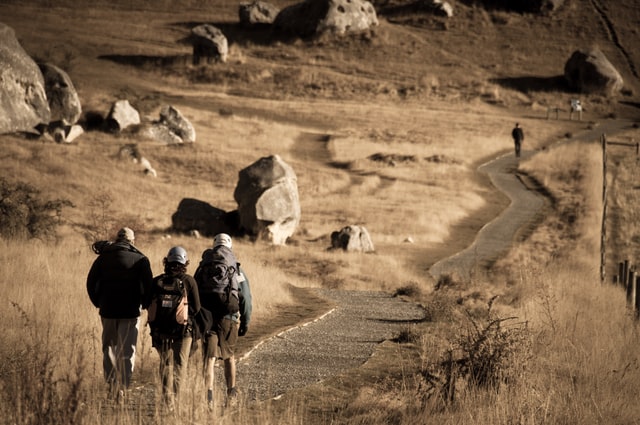
Whatever your reason for exploring the plains of Tanzania and regardless of who you are going with, you must ensure that uncomfortable clothes are not something you need to worry about.
You will have to do some trekking at some point, experience varying weather changes, and engage in various activities at a stretch before retiring to your hotel or lodge at the end of the day. Hence, make sure that you have clothes that can easily serve those functions while ensuring your comfort at the same time.
Loose tops and shirts are great for when it gets hot in the early afternoon. Layer it with a jacket or a poncho as you leave in the morning for cold mornings, evenings, and nights.
For the women, trousers are more preferable to skirts for long hiking and treks. They allow you a better range of movement and mostly come with more pockets to hold your things.
You should endeavor to bring a handful of utility vests as they are great to wear under all clothes. A jacket can be worn over them on hot days, and shirts and tops can be layered on top of them before putting on jackets on colder days.
Multi-Purpose Clothes are a Must-Have
Most tourists are hindered from packing a lot of things and traveling restrictions can be a headache to maneuver. This is why clothes that serve various purposes are brilliant for safaris.
Hats not only look stylish on your Instagram feed but also serve as excellent windbreakers and sun shields.
Afghan and acrylic blankets are also an excellent must-have. They make for nice layering over loose clothes and can be laid out for picnics and outdoor games. They can also be used as towels instead of needing to pack one. And they can be carried for water activities like swimming and kayaking.
Shorts, particularly for men, are useful for a lot of activities. They can be worn alone for swimming, kayaking, sunbathing, and other activities. They can also be worn with other clothes as a complete outfit.
Jeggings and leggings make excellent bottoms for women. They can be worn as underwear and used to layer slacks and trousers on cold days, which make up a comfortable trekking and hiking outfit.
It’s Not All Buffaloes and Jungles
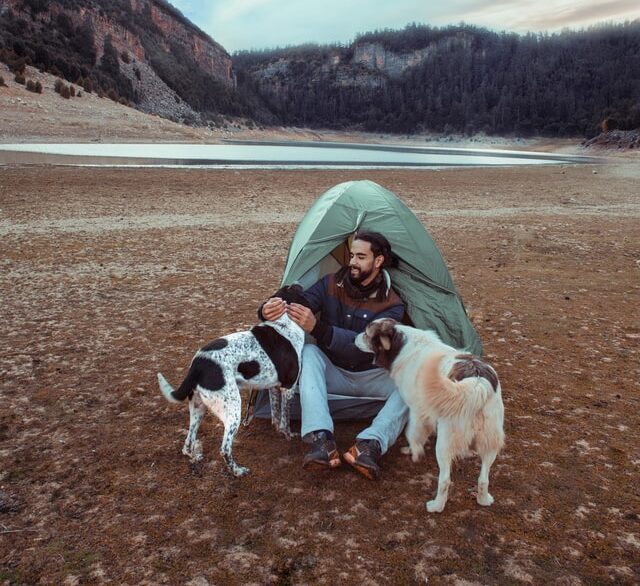
Yes, it is ideal to be practical. But it doesn’t hurt to be prepared for unexpected fun events as well. So many lodges in Tanzania come with in-house bars having open-house events with exciting surprises like live bands and poetry recitations.
They invite local bands to play under chilled and subtly formal atmospheres, giving their guests an avenue to wine, dine, enjoy beautiful conversations, and form meaningful connections.
Some safari companies also incorporate activities that give room for adventurous individuals or simply thoughtful minds to fully explore their options. For example, an intimate moonlit dinner for two with a resident chef and staff at your service or a spectacular proposal on a hot air balloon ride over the stunning view of Serengeti.
There is more to experience in Tanzanian safaris than wildlife. Hence, you would prefer a more sophisticated look than your khaki shorts and tops for those events.
So, while you raid your wardrobe for functional wear, allow your hands to stray towards that exquisite wrap dress or striking shirt that will make for a memorable night with even a more memorable company.
Tanzanian safaris offer you a view into the exquisiteness of African wildlife and its natural terrains. They also give you a chance to add to your keepsake of memorable life experiences outside your usual daily life.
Tour Packages
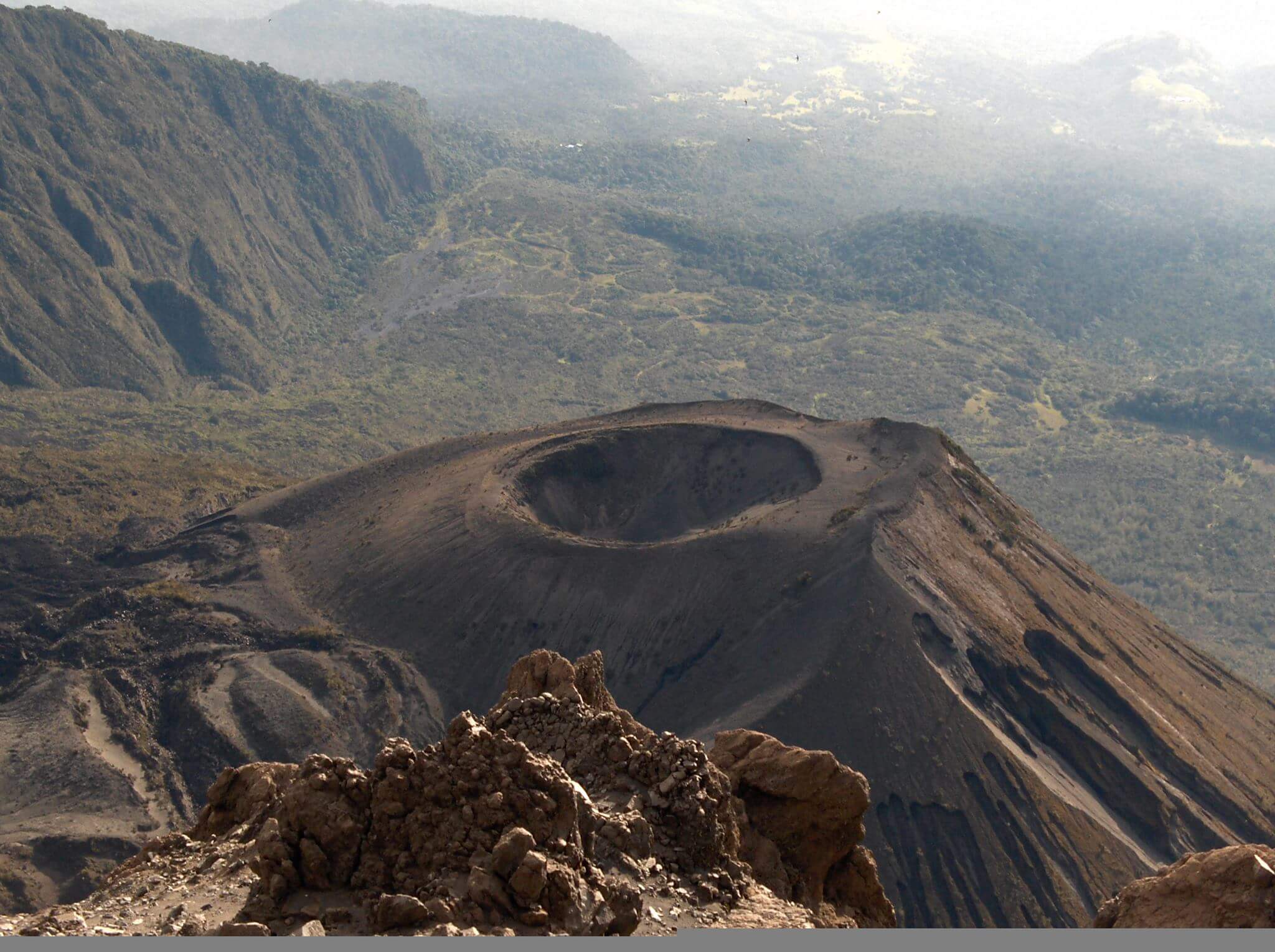
6 Days Tour | 4 Days Mount Meru Climb
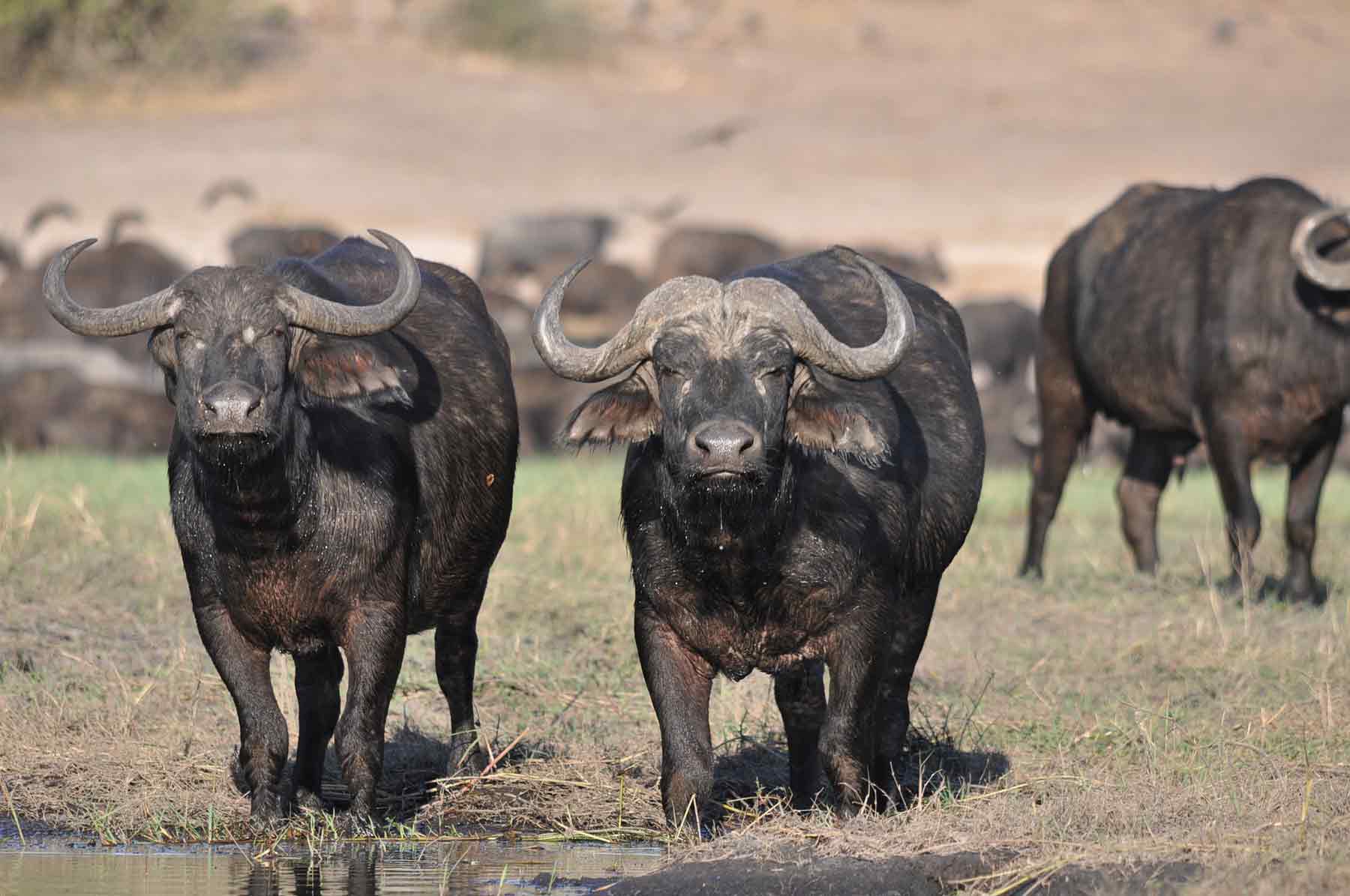
7 Days Safari Price – Ngorongoro Crater & Serengeti
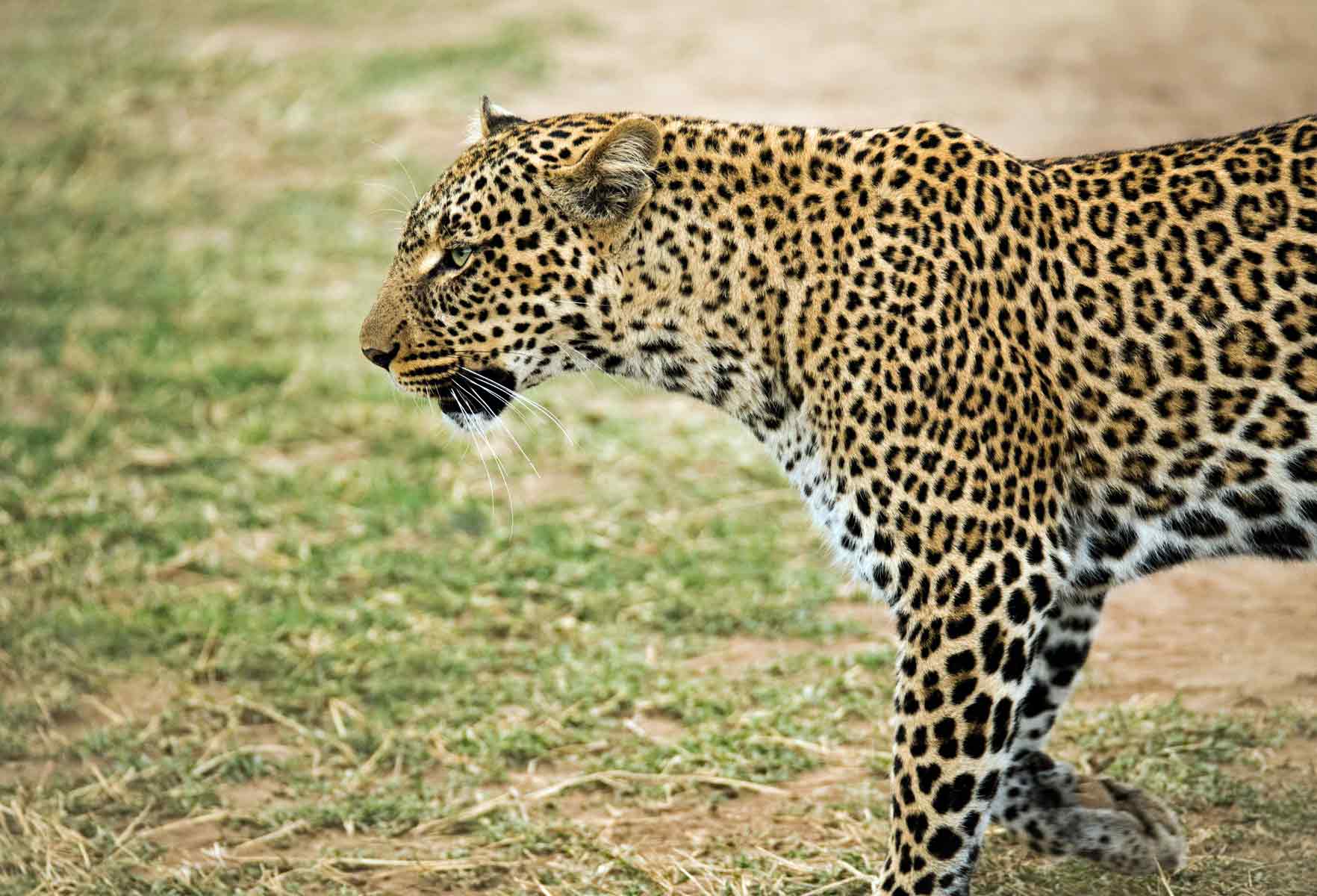
4 Days Tanzania Safari – Serengeti National Park
Leave a reply cancel reply.
Save my name, email, and website in this browser for the next time I comment.
Proceed Booking
Already a member, don't have an account create one., or continue as guest.

Safari in Tanzania: cosa portare
5 Febbraio 2021 | Guide di viaggio
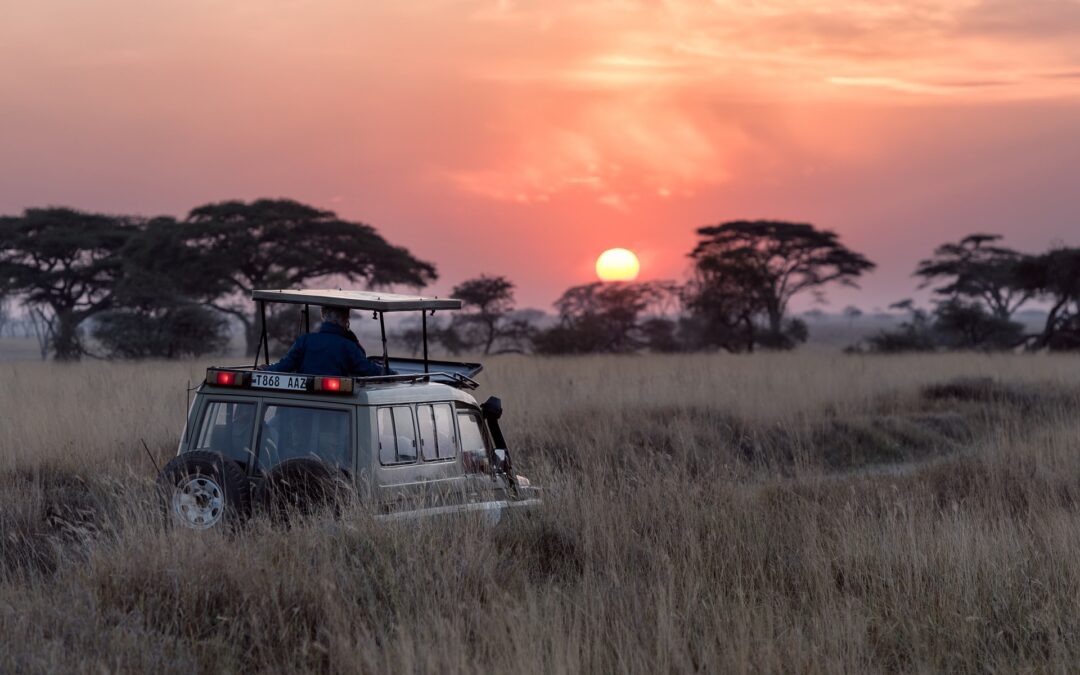
Stai per partire per un safari in Tanzania ? Fantastico: ma adesso è il momento di decidere che cosa mettere in valigia.
Capire che cosa portare e che cosa, invece, vale la pena di lasciare a casa è un passaggio molto importante quando si pianifica un safari in Tanzania : oltre ai capi di abbigliamento, infatti, ci sono un sacco di altri aspetti a cui pensare. Per esempio, non ci si dovrebbe dimenticare di un marsupio, o comunque di un accessorio dello stesso genere, che permetta di conservare i documenti e i valori. Certo, sarebbe preferibile non avere con sé gioielli troppo costosi, perché per quanto il Paese possa essere tranquillo non è mai buona norma mettere in mostra accessori che potrebbero catturare l’attenzione di criminali.
I capi di abbigliamento
Per quanto riguarda gli indumenti, oltre al marsupio di cui si è già detto conviene avere con sé tutto ciò che può servire per la piscina o per il mare:
- La crema solare
- Gli occhiali da sole
- I sandali o un paio di ciabatte
- Il costume da bagno.
I raggi del sole sono un nemico insidioso e da non sottovalutare. Proprio per questo motivo è importante tenere a portata di mano anche un cappello per il sole. In valigia, poi, non dovrebbero mancare un repellente per gli insetti, una bandana per proteggersi dal vento e una crema idratante.
Quali vestiti portare
Passando agli altri vestiti, è chiaro che molto dipende dalla sensibilità individuale al freddo e al caldo: insomma, è necessario tenere conto delle proprie abitudini per adattare le decisioni, fermo restando che non si dovrebbe fare a meno di un giubbino anti-vento, di un paio di pantaloni di cotone e di calzature il più possibile comode, meglio se da trekking o da ginnastica.
Utili anche una felpa a maniche lunghe e diverse magliette di ricambio. Nel caso in cui si abbia in mente di campeggiare, oltre al sacco a pelo occorrono una pila elettrica e uno o più asciugamani, sempre preziosi nel caso di camping safari.
Le precauzioni da adottare
I fazzoletti di carta e le salviette umidificate sono prodotti per l’igiene personale che sembrano banali ma che in occasione di un safari in Tanzania possono sempre servire. Per chi ha i capelli lunghi, sarà utile sapere che in genere i bagni includono il fon nella dotazione, ma a volte può succedere che nei lodge non ci sia corrente; se si ha a disposizione un asciugacapelli portatile non si corrono rischi.
Quante valigie servono?
È fondamentale viaggiare con due bagagli: uno è il bagaglio vero e proprio, che si tratti di una valigia o di un borsone; l’altro è uno zainetto, che potrà essere tenuto sempre a portata di mano e sarà utile per custodire ciò che serve tutti i giorni. Qui dentro finiranno la crema solare , il telefono, una felpa di sicurezza, e così via.
Sarebbe buona norma usare dei sacchetti trasparenti per individuare con più facilità ciò di cui si ha bisogno senza essere costretti a disfare ogni volta il bagaglio. Nel caso in cui le valigie vengano posizionate sul tetto della jeep , bisogna coprirle con un telo, in tessuto o in plastica, per proteggerle non solo da eventuali piogge, ma anche semplicemente dalla polvere.
Tutto ciò che può essere utile
Detto che le zanzare in Tanzania non sono simpatiche e che devono essere allontanate con dei prodotti ad hoc, non bisogna dimenticare di mettere in valigia un adattatore elettrico, una fotocopia del passaporto che potrebbe essere utile nel caso in cui si perda l’originale e la carta di credito.
È vero che nel corso del safari difficilmente si incontreranno dei bancomat, ma prima e dopo i soldi serviranno comunque, no? Inoltre, può essere una buona idea quella di avere con sé un binocolo, grazie a cui gli animali e i paesaggi potranno essere visti meglio. In genere i binocoli vengono forniti sulle jeep, ma per non rischiare di rimanere senza è meglio essere previdenti. Per scattare foto a iosa, infine, c’è bisogno di una certa quantità di memory card e SD.
Vuoi saperne di più? Contattaci : ti forniremo tutte le informazioni di cui potresti aver bisogno per una vacanza safari.
Richiedi informazioni per il tuo viaggio
- Ho letto e accetto l'informativa sul trattamento dei dati personali

Primaland è un tour operator specializzato in Safari e vacanze in Tanzania e Zanzibar.
- Animali africani (6)
- Guide di viaggio (58)
- Kilimangiaro (1)
- Safari (83)
- Tanzania (16)
- Zanzibar (4)
Richiedi un preventivo GRATUITO

Articoli recenti

What to Wear in Tanzania
Top style tips for tanzania.
- Casual, comfortable clothes are the key when travelling in Tanzania.
- During the day it is hot so our advice is to pack lightweight layers in natural fabrics such as linen, bamboo and cotton that will keep you cool and are easier to wash and dry.
- For safari we suggest keeping to light colours , but not white – it will get dirty and dusty very quickly.
- It is very important to note that camouflage or military clothing is not permitted.
- Avoid blue or black clothing too – the tsetse flies are drawn to these colours, and their bite can give you African Sleeping Sickness.
- If you are on safari, the idea is to relax and enjoy your time under the African sky, and listen to the calls of the wild all around you! Dinner dress is therefore casual and comfortable.
- Nighttime and early morning game drives can be cold, so pack a warm hat, scarf, gloves and a fleece or jacket.
- Don't forget a safari hat to protect you from the sun. Wear plenty of sunscreen (we love the Riemann P20 range for 10 hour protection) and sunglasses , and remember your insect/mosquito repellent .
- It would be a good idea to pack a lightweight and versatile travel jacket. We like the SCOTTeVEST range because they have been specifically designed with travel in mind, offer plenty of storage pockets and have awesome additional features like RFID security and Personal Area Network connectivity.
Shoes to pack for Tanzania
- Comfortable walking shoes are important as the roads are dusty and uneven. We love Hotter shoes , for total comfort along with style.
- We like Thorlos hiking socks too, they keep your feet dry and comfortable in all climates.
- Avoid going barefoot on beaches ; chigoe fleas can dig into your feet and cause boils and sores. You may like to wear dive shoes to protect your feet.
Clothing tips for women
- Avoid wearing very short skirts or shorts as this will cause offence , and strappy tops can also be frowned upon. Our advice is to wear trousers or a knee-length or longer skirt, and tops which cover your shoulders. These will protect you from the sun too.
- If you are visiting the beaches pack your swimwear but keep it strictly to the beach or pool area, otherwise cover up with a kaftan or sarong. You'll cause offence otherwise.
- Leave your valuables and expensive jewellery at home, you really won't need them.
- If you're dressing for dinner in the beach resorts, a few simple pieces of costume jewellery will dress up an outfit.
- A pashmina or sarong is a versatile item that you can use for sun protection or to ‘glam' up the simplest of outfits if you feel like a change.
- If visiting towns and villages, the local women wear an array of colours so add your pashmina or a wrap to brighten up your outfit.
Clothing tips for men
- Long trousers are a good idea – they protect against the sun by day, mosquitoes by night, and are more culturally acceptable in non-tourist areas.
- But if you are heading to the beaches , try the Madda Fella range of shirts, shorts, polos and swimwear.
Pack for the weather
- If you plan to visit between November and December, prepare for afternoon rainstorms by taking a light raincoat.
- April and May being the rainy season are best avoided all together.
- It does cool off at night – especially in July and August – so pack a pashmina or jumper.
- We love the Weather+ app – it gives an accurate 6 day forecast for day and night, which when you're planning from home is really helpful. You can keep all the places you've been to too – a nice way to remember your trip 🙂 Download for iPad/iPhone or Android
Regions of Tanzania
- The mountains will be cooler because of the altitude so pack warmer layers and a waterproof jacket for this terrain. light wool is a good choice to wear against your skin as it naturally helps to regulate your body temperature . It keeps you warm in the cold, wicks away moisture when it's hot, and doesn't retain odours – even after prolonged wear.
Travel essentials for Tanzania
- A soft-sided rucksack is more practical than a hard suitcase for safari holidays – it's easier to fit into the small planes or transfer vehicles. Using packing cubes can help to keep your belongings tidy whilst compressing the volume too.
- Internal flights (including transfers to Zanzibar) often have much lower baggage limits than your international carrier. Use an accurate luggage scale to ensure you keep within the weight allowance.
- Combine your rucksack with a sling bag or lightweight day sack for sightseeing trips and game drives.
- Look after your mobile phone with a phone bunjee – it protects against loss, theft and damage. You may like to carry a solar powered charger too, to boost your battery when out and about – you don't want to miss that great photo opportunity!
- To use electrical gadgets you may need a travel adapter plug , and also a step down voltage converter if your devices are not designed for the local voltage (230V) .
- Don’t drink or even brush your teeth in tap water . Consider taking a LifeStraw Filtration Water Bottle .
- And don't forget to leave room for souvenirs on the way home! Look out for handicrafts made from wood and stone , and brightly coloured textiles .
Community Photos from Tanzania
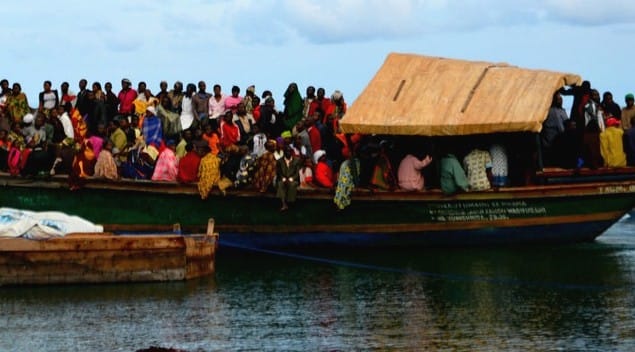
© Copyright 2019 | What To Wear On Vacation | All Rights Reserved

What to Wear on Safari – Africa Travel Inside and Out
Written By: The Planet D
Travel Gear
Updated On: February 8, 2024
We’re going to Africa in August and can’t wait to go back on Safari. We’ve been lucky enough to go on African Safaris in Kenya , Tanzania, South Africa and Botswana.
Dave and I have learned a lot about dressing right for safaris around the world and here are our tips and tricks for what to wear on safari in Africa. When watching the Indiana Jones or The Mummy movies , I loved the way that everyone dressed for the part. They looked like adventurers. And when going on safari we want to look like an adventurer too.
Table of Contents
What to Wear on Safari
Disclosure: We use Amazon affiliate links in this post
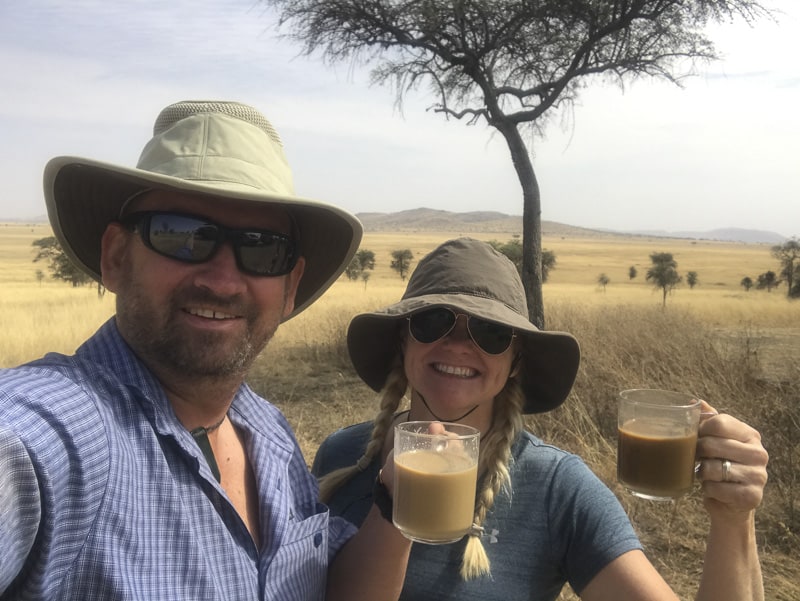
A safari is definitely a grand adventure. B ut dressing right isn’t only for looks, there are practical reasons people carefully choose what to wear on safari . From keeping cool, to blending in, your khakis will be put to the test on the African plains and within the lodge.
- Dave is wearing a Tilly hat buy it on Amazon now
- Deb’s hat is a Bugs Away Exofficio adventure hat: Get yours on Amazon now
Watch the video here! How to Prepare and Pack for an African Safari
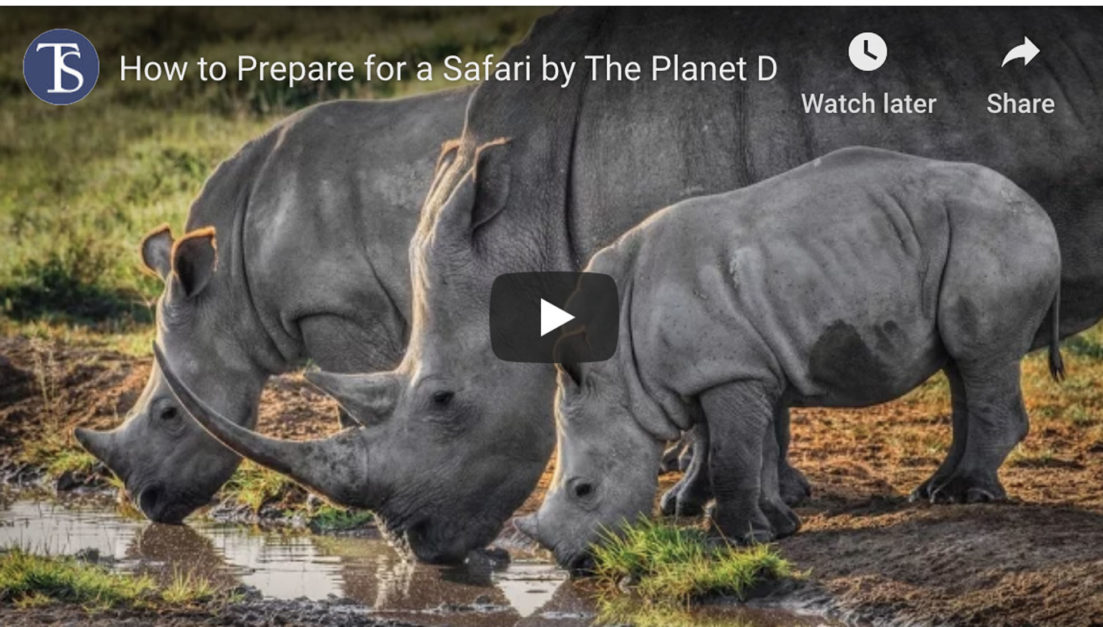
Other Safari articles you may like:
Kenya in Photos Born Free Foundation Kenya’s Incredible Lake Nakuru Amboseli Kenya’s Royal Court
1. Dress in Neutral Colours
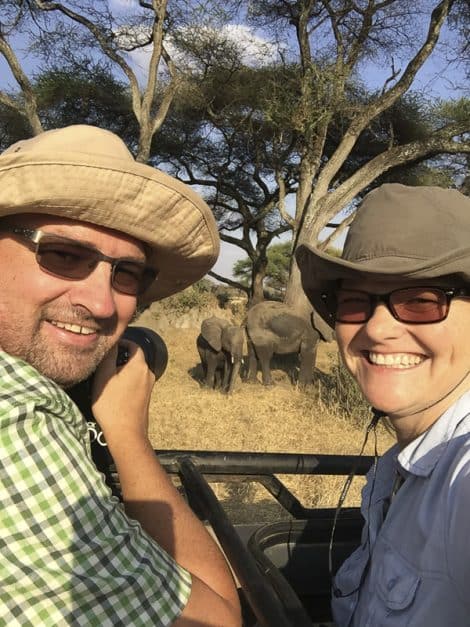
Wonder why everyone dresses in khakis when going on safari? Well, it’s because you want to blend in with your environment. Especially if you’re going on a walking safari. Chances are, if you book a multi-day safari, you will be walking at one point or another. We’ve even ridden horses on safari .
The more you blend in with your surroundings the better chances you have of not disturbing the wildlife. Here is what we are wearing in our photograph.
- Columbia short sleeved Safari Shirt
- Columbia short sleeved moisture wick plaid shirt
- Royal Robbins Light Expedition Shirt
- Exofficio Bugs Away Mariogold Shirt
Going on Safari: Don’t Miss Kenya’s Incredible Lake Nakuru
2. Cover-Up!
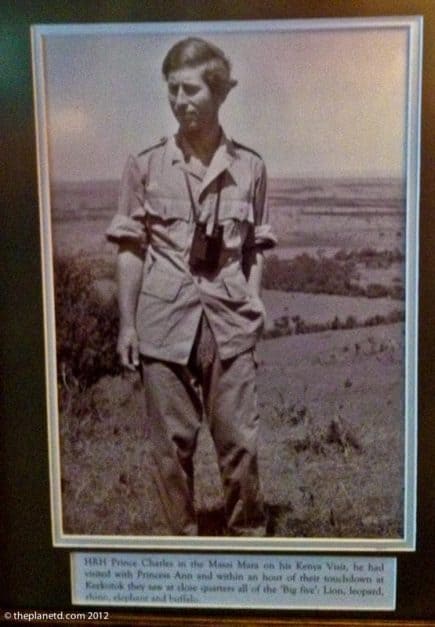
When going on safari, it’s important to protect your skin from the elements. We’ve faced immense heat while on safari in Africa and South East Asia . Although your first instinct may be to wear shorts and a T-shirt, you are better off wearing long sleeves and long pants that are lightweight and breathable.
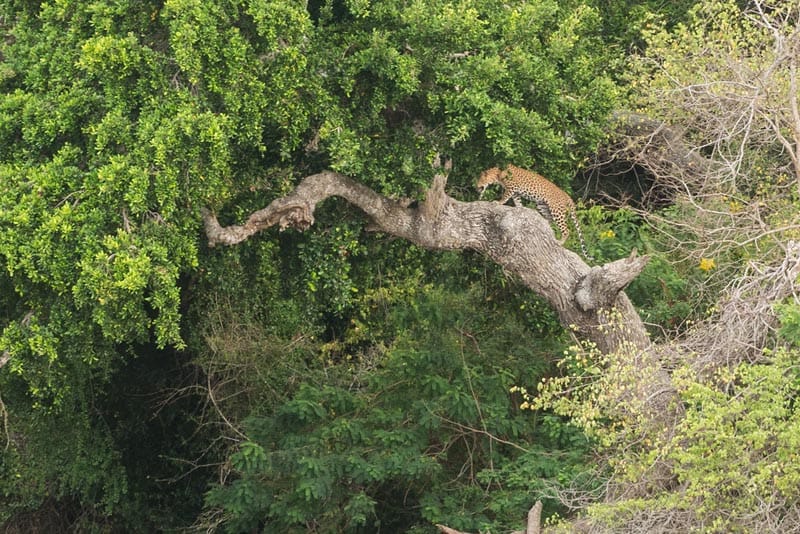
Staying covered up not only protects you from the sun, it also keeps the bugs away. You have a better chance of not being bitten by mosquitoes if you are covered from head to toe. There are even clothes out there that have UV protection and repel insects, BugsAway Products are good.
Light colours will also help keep the bugs at bay. They are attracted to dark colours (probably because they blend in with the dark) so keep with the beige, light green and khaki colours to scare off tsetse flies and mosquitoes.
3. Safari Shirts
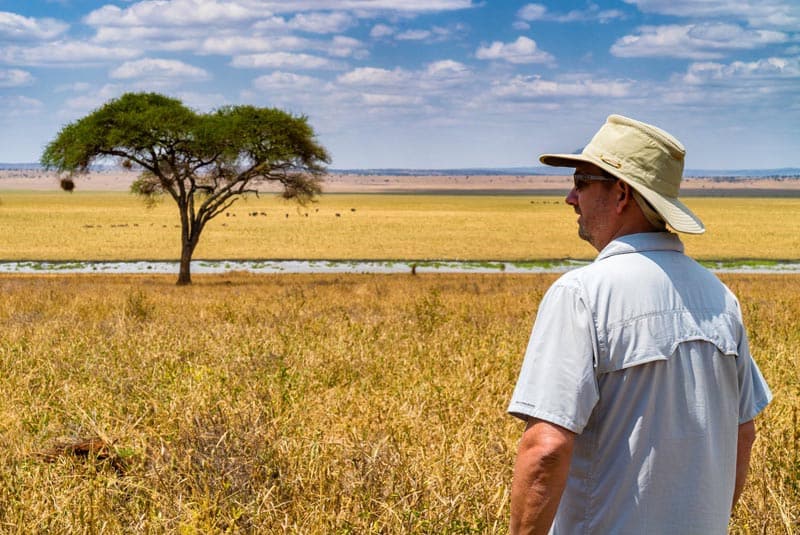
I prefer button down tops made of microfibre material. Flowing fabrics can be cooler in the stifling heat than bare skin. Having a collar will protect the back of your neck from the sun and long sleeves will keep your arms from burning.
4. Safari Pants
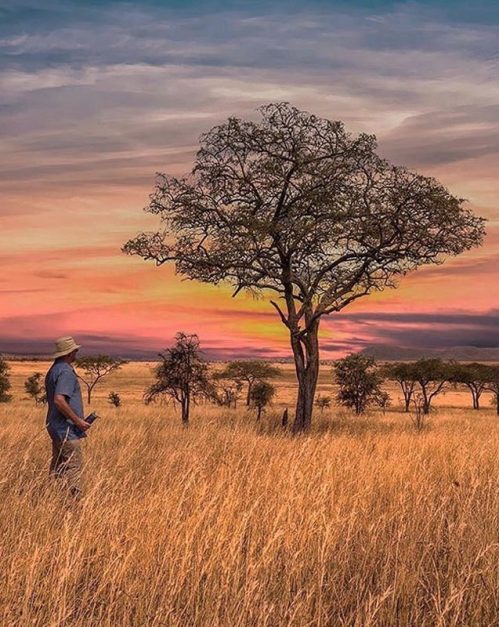
A lot of people don’t like the look of convertible pants , but the zip off options are perfect for a safari. Many times on safari you’ll be going out at the crack of dawn. Mornings can be quite cool in the jungle or on the Savanna so having the option to take layers off when the weather warms is important.
I start the morning in pants and then as the temperature rises, I can zip off the bottoms and turn my pants into instant shorts. Once again, make sure the safari pants are lightweight and breathable. You don’t want anything like denim or heavy fabrics.
5. Safari Shoes
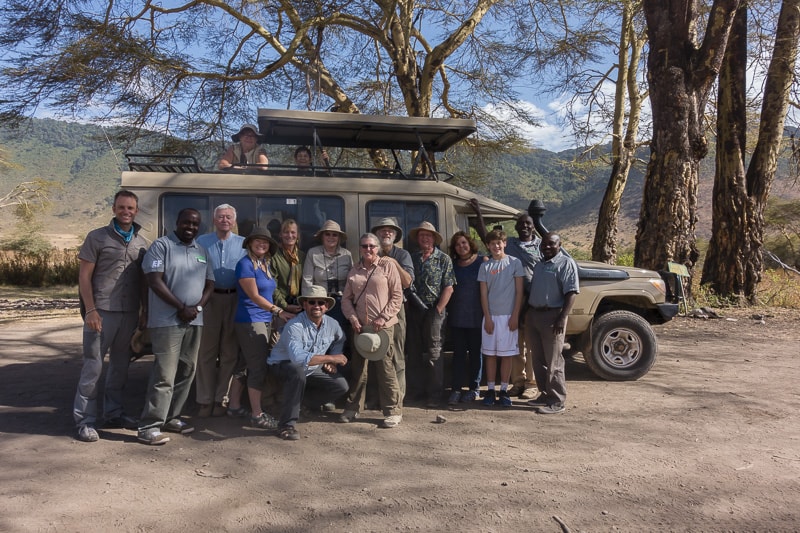
Lightweight hiking shoes are a great option for safaris. Even when staying in the most luxurious lodges, you’ll be in the middle of nature.
For the ladies bring a pair of nice travel slippers for eating in the lodge and flip flops are always a good option as well for bumming around camp.
If you are actually camping, Crocs or similar shoes are another good choice because you can wear socks with them and they slip on and off easily.
Men should also have a smart pair of shoes for the lodge. It’s not imperative, but it is nice to change out of your hiking shoes after a long day on safari.
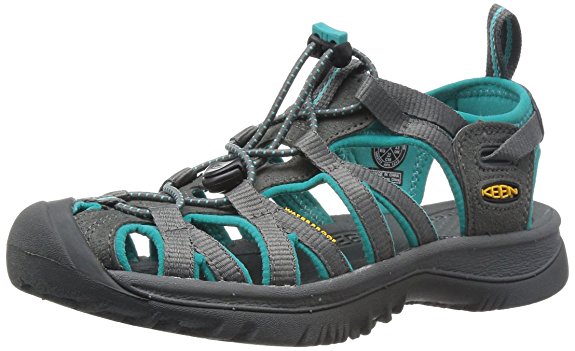
We just returned from a safari in Tanzania and found that our Keen whisper sandals (for men us this link ) worked great. Our feet were cool in the truck but our toes were closed to keep our feet safe from bumps and bruises.
Let’s take a short break and watch our Big Five Safari in Kenya!
6. Safari Hats
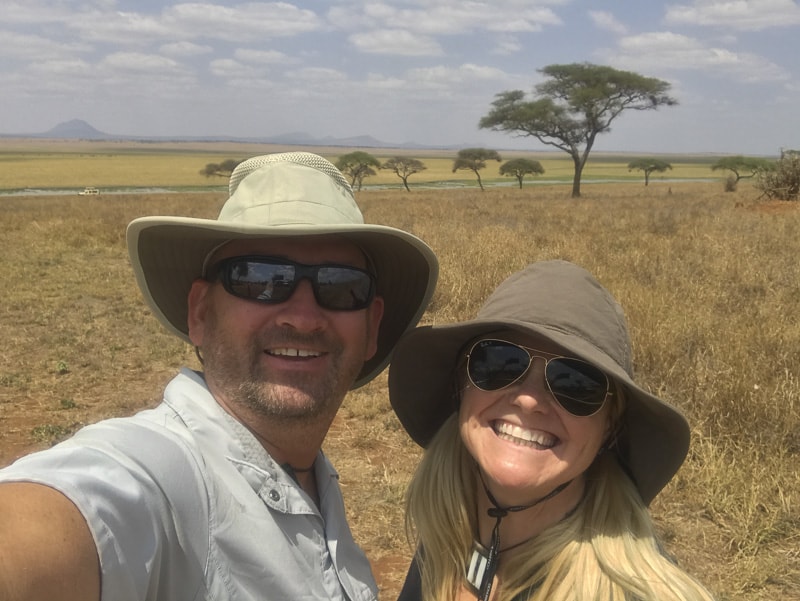
I’m a fan of wearing hats on safari. Even while inside a covered safari vehicle, a hat is needed. The sun seems to come in from all directions. A hat helps keep the sun off your face which, if you are like me, burns easily.
It also keeps the sun out of your eyes so you can watch the wildlife more easily. When choosing a hat, get one that has a brim all the way round. This gives added shade for your neck, ears and nose.

We found a buff to be invaluable . Sometimes at dusk the bugs can be relentless. A buff can pull up over your neck and nose. Now that you are covered from head to toe you are ready for anything.
You can even go on Safari in Canada – Read our Algonquin Moose Safari
8. Safari Vest
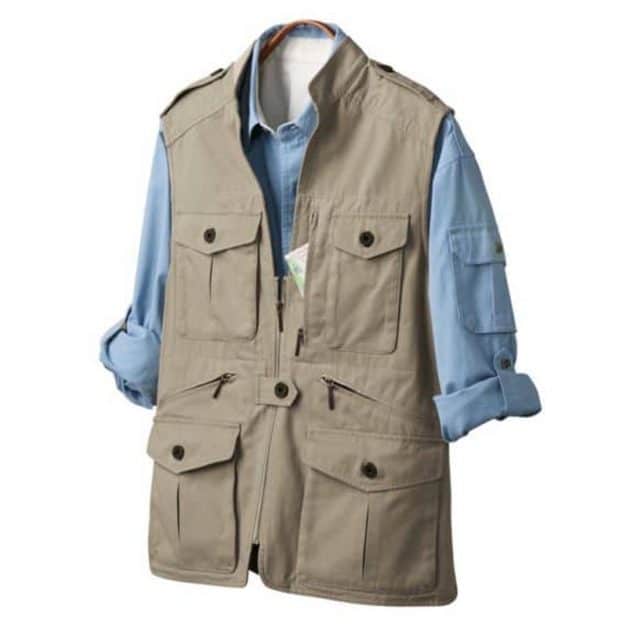
We don’t normally wear a safari vest, but we do think they are a good idea. If you don’t want to carry a large bag on safari, a vest is a great way to pack all your gear. Safari vests have several pockets where you can store extra batteries, cameras and even sunscreen and lip balm.
Check out this mesh safari vest on Amazon
You may know what to wear on a regular safari, but what about a horse safari?
10. At the lodge
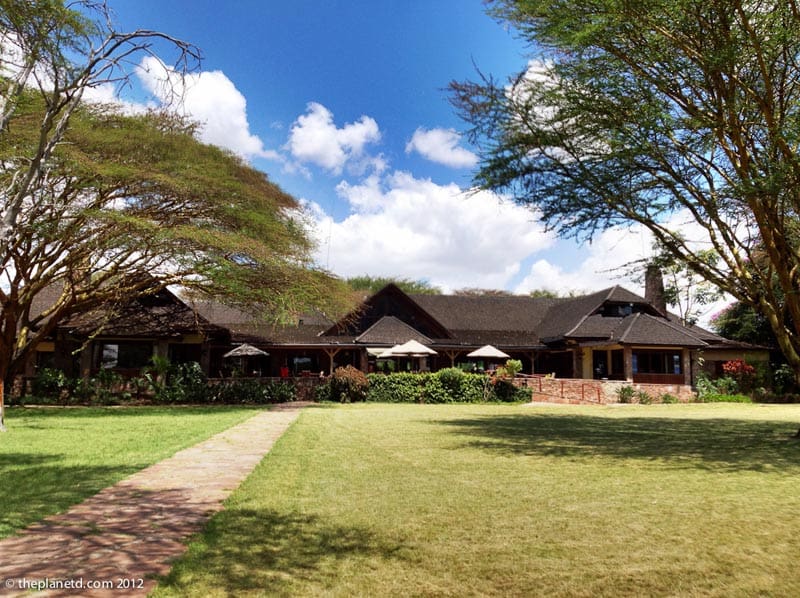
Don’t worry about bringing formal clothing while on safari. Even the most luxurious of lodges don’t expect you to dress up at night. Light neutral clothing is all you need.
I would keep the same rules for dinner as I do for safari. Wear long pants and shirts to stay warm and keep the bugs away. I like to dress things up a bit with a silk scarf and Dave likes to wear a crisp button-down shirt.
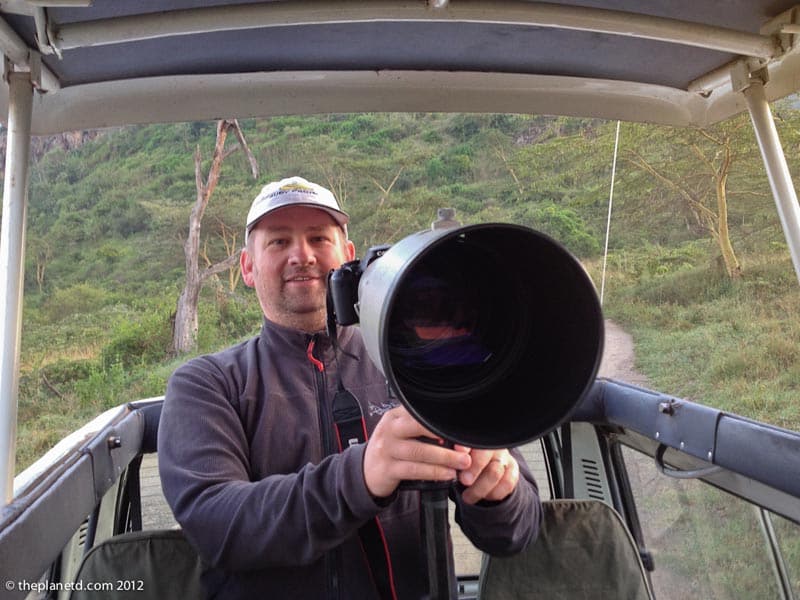
It does cool off a lot in the evening on safari in Africa, so a fleece sweater or extra layers is a good choice. You can dress in smart casual wear, but don’t worry about breaking out the Donna Karan or Stella McCartney. A nice pair of trousers and a stylish shirt will do the trick.
I’m a fan of long skirts with sandals when on safari. It’s flowing yet comfortable. We’re always fans of sarongs. I love walking around in a sarong or bringing it to the pool. I find it is even a great coverup from sun if I feel too hot.
Check out Dave’s camera gear at the Complete Travel Photography Gear Guide
9. Sunglasses
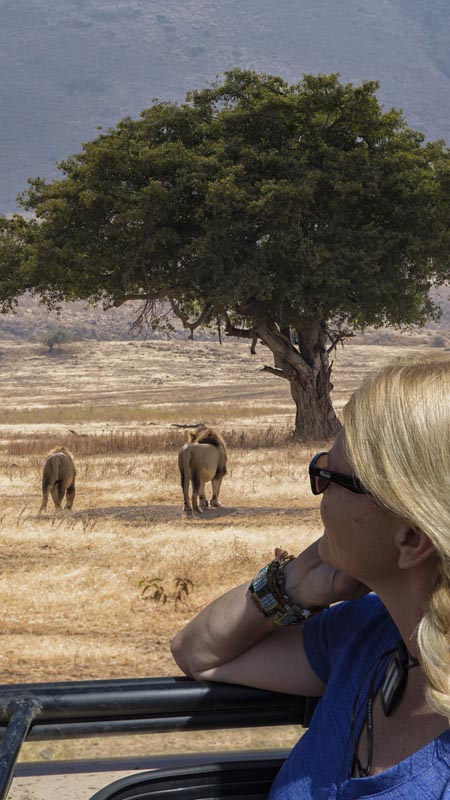
The sun can be harsh on the African plains. Sunglasses are a must. I recommend bringing two pairs. We’ve had a pair of sunglasses break while on safari before and we were glad to have a backup pair.
We’re big fans of Switch Sunglasses because we can quickly and easily switch out our lenses depending on the type of day. Lenses can change to darker for very bright days, lenses for overcast days and even low light.
Dave has RX sunglasses that are prescription so he can spot wildlife even with his sunglasses on. He has a very light prescription so he doesn’t need glasses all the time, but it’s great to have prescription sunglasses to see everything crisp and clear.
Now that you know what to wear on safari, check out a Masai Mara Safari .
Make sure to pack all your prescription medications and extra as you’ll be in very remote places. Have a good stocked first aid kit with the usual suspects but also think about having a few extra items like
- after sun lotion,
- bugs spray,
- allergy medication , (you never know what you might be allergic to out there)
- Tylenol or Advil
- A good moisturizer is a must. It is really dry on the African Savannah and facial and body moisture will come in handy.
So there you have it. Hopefully when you go on your next wildlife safari, you’ll not only look good but feel great! Follow these rules and you will be the smartest looking adventurer in the lodge.
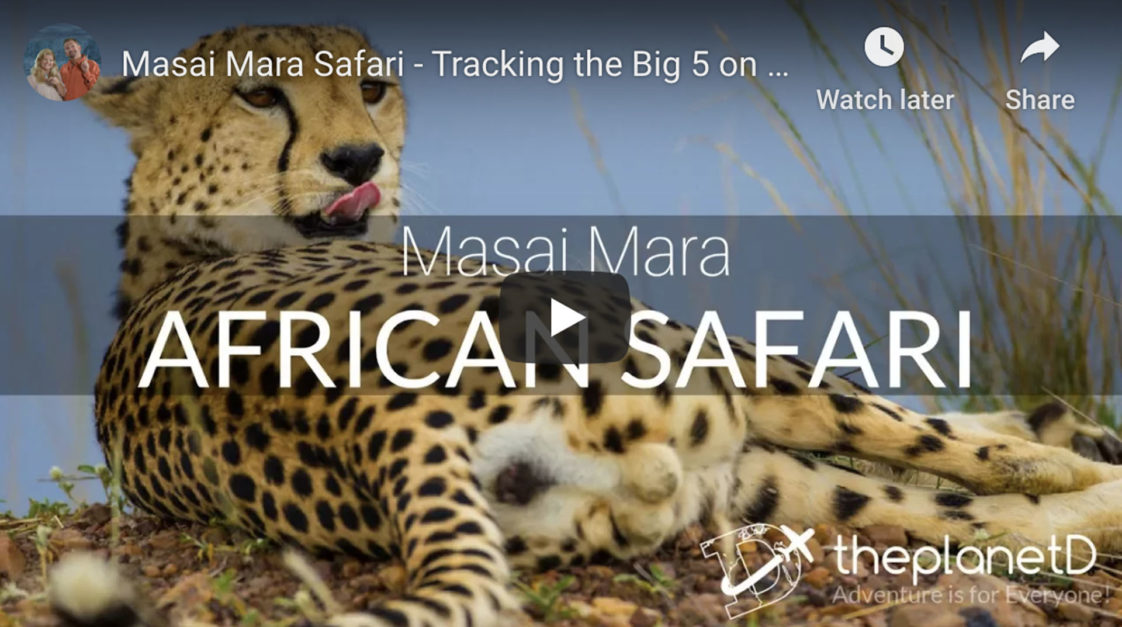
Want to know what to wear for travels and not just what to wear on safari? Check out our ultimate packing list.
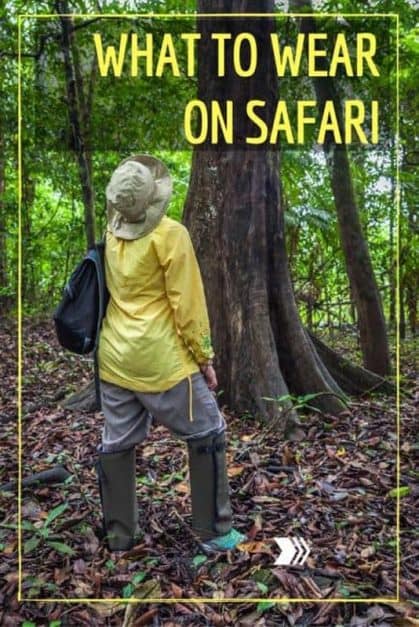
- Safari in Kenya – The Masai Mara
- On Safari in Tanzania – The Ultimate Wildlife Experience
- Africa Big 5 Safari, A Photograph is Way Better than a Stupid Trophy
- 12 Awesome Things to do in South Africa
Travel Planning Resources
Looking to book your next trip? Why not use these resources that are tried and tested by yours truly.
Flights: Start planning your trip by finding the best flight deals on Skyscanner
Book your Hotel: Find the best prices on hotels with these two providers. If you are located in Europe use Booking.com and if you are anywhere else use TripAdvisor
Find Apartment Rentals: You will find the cheapest prices on apartment rentals with VRBO .
Travel Insurance: Don't leave home without it. Here is what we recommend:
- Allianz - Occasional Travelers.
- Medjet - Global air medical transport and travel security.
Need more help planning your trip? Make sure to check out our Resources Page where we highlight all the great companies that we trust when we are traveling.
You May Also Like
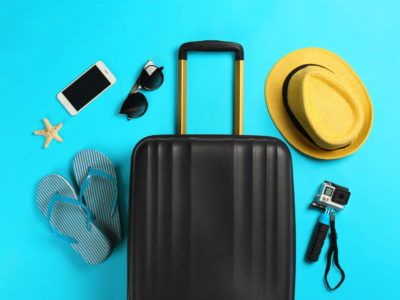
Best Black Friday And Cyber Monday Deals for Travelers
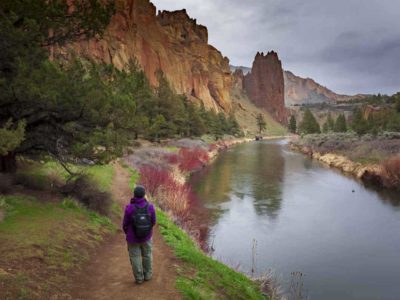
The Best Travel Organizers for Smarter Packing
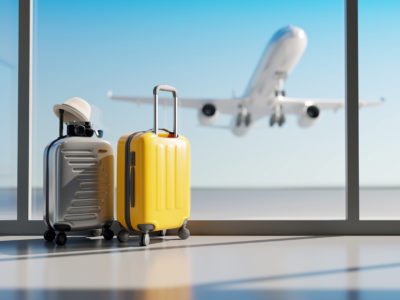
22 Best Luggage Brands Of 2024 For Every Budget
About The Planet D
Dave Bouskill and Debra Corbeil are the owners and founders of The Planet D. After traveling to 115 countries, on all 7 continents over the past 13 years they have become one of the foremost experts in travel. Being recognized as top travel bloggers and influencers by the likes of Forbes Magazine , the Society of American Travel Writers and USA Today has allowed them to become leaders in their field.
Join thousands of others who get our monthly updates!
Leave a comment cancel reply.
Save my name, email, and website in this browser for the next time I comment.
23 thoughts on “What to Wear on Safari – Africa Travel Inside and Out”
Nice article! and a well informed blog thank you for sharing!
Very informative. Thanks. 🙂 🙂
Thank you for the awesome article.
Your information is very well detailed. I have just finished booking my south African safari and found a good list from your website.
Just wondering why you say “you are better off wearing long sleeves and long pants” but in every photo you’re wearing short sleeves?
And I thought that wearing khaki when in Africa is just a trend, when it’s actually an important part of safety precautions :)!!! Thanks for illuminating me, and maybe even saving my life, since I don’t follow trends but plan to go to Africa. By the way has someone been in Nigeria? I’ve read that there are several reasons why Nigeria is the best travel destination https://blog.asaptickets.com/destinations/10-facts-why-to-visit-nigeria/ . Would like to here some other responses to decide which African country to visit.
Love this and your web site . You guys are so inspiring. I just started mine and can only work real hard to achieve this in my life 🙂 Bravo to my fellow canadians from another canadian. Keep up the great work !!
Great post! I also love the pictures! You really need to pack your clothes well when going on a safari trip. Better to be prepared!
Good call on the first aid kit, I really need to get a small kit together to take on my international trips. Especially off the beaten path ones far from easy medical care.
Thanks for such a great and useful list. It helps a lot while planning for Safari Trip. Great Read for everyone.
Outstanding list thank you so much for wonderful sharing to travel the safe and secure safari trip nice tips thanks.
Great list guys. Going on safari looks amazing, I love hiking and know very well about the importance of being prepared and with the right clothes! When I climbed a volcano in Chile I had a very different list but equally had to give it lots of thought. Thanks for sharing!
Amazing post, many many thanks to providing for valuable information
Good Information. Ver Helpful and Amazing pictures
Amazing !!! I loved your Blog very helpful for people visiting first time to World Safari, Thank You for providing all the minute details like where to go, what to do,hotels, food, flights, what to wear etc. This will give a idea to every one. people can save money by booking the tour by themselves rather then providing commission to some travel agencies
Amazing Post! thanks for the sharing..
i jst love jungle safari. The article is great it help me in chitwan safari. Thanks for this article .
Awesome! Have a great time in Chitwan. Hope you see some rhinos!
Ha, such a great article. Thank you for all the tips. I am planning on going on a safai next year.
Glad you enjoyed it! Thanks and have a great time on your safari.
Safari in the Masai mara in kenya is very Awesome experience…..Thanks for this awesome article. .
From my many walking safaris in the Masai Mara in Kenya… Sneakers should have hard rubber as thorns penetrate soft rubber easily. Soft rubber sneakers, open-toed sandals or even slippers are fine for the safari vehicle.
Amazing post, Dave and Deb! You guys provide great detailed information and great pictures too! You just gained me as a follower! Cheers
Jungle safari is most adventures for everyone, It is most exciting for everyone. I really appreciate this article. I never thing about how to wear safari traveling, Its really awesome for me and for all getting new and exciting information. its really nice for everyone.

Abbigliamento safari: cosa portare nel 2024?

Se non hai mai fatto un safari, questa guida ti sarà molto utile per capire cosa dovrai mettere in valigia (o, meglio, nello zaino!).
Ci sono pochi dubbi sul fatto che, rispetto alle altre vacanze, dovrai viaggiare molto più leggero. In Africa, in generale, non hai bisogno di molto abbigliamento, safari o spiaggia che sia. Nel caso però di un viaggio alla scoperta dei parchi più belli del continente nero, dovrai stare attento a rispettare anche gli altri, dal momento che le jeep che vi porteranno al parco avranno spazio limitato.
Quindi, se ti stai chiedendo quanti vestiti da safari dovrai portare, la risposta è semplice: poca roba!
Ho avuto la fortuna di vivere per parecchi anni in Africa e di fare numerosi safari, quindi ho una certa esperienza sul migliore abbigliamento da safari.
So però che se questo è il tuo primo “viaggio safari” in Africa, non sarà facile decidere cosa portarsi dietro. Ho scritto questa guida proprio per togliere i tuoi dubbi a riguardo e facilitare almeno questa parte dell’organizzazione della tua vacanza.
Prima di continuare con questa guida, eccoti qualche incredibile esperienza avvenuta durante i safari:
Safari in Africa ce ne sono molti, in paesi e contesti diversi, con paesaggi molto vari. Tutte queste differenze richiedono un’accurata organizzazione.
Iniziamo dal rispondere ad alcune domande per capire cosa troverai una volta a destinazione.
Dove fare i migliori safari in Africa?
Indice dell'articolo
Non c’è dubbio che l’Africa sia il continente migliore per fare un safari. Spazi enormi, paesaggi bellissimi, una biodiversità simile a quella della foresta amazzonica e la possibilità di vedere alcuni tra gli animali più maestosi e affascinanti del pianeta.
I paesi più famosi da visitare per un viaggio in Africa con safari sono tre: Kenya, Tanzania e Sud Africa. La varietà e la bellezza dei luoghi vi rimarranno impressi per sempre. Spesso sono anche i paesi meglio organizzati per questo tipo di vacanza, con strutture e compagnie turistiche più adeguate. Senza dubbio un’ottima scelta per il tuo primo safari in Africa.
Altri paesi dove potrai fare un safari in sicurezza ma un po’ più fuori dai maggiori circuiti turistici sono Uganda , Zambia, Zimbabwe, Mozambico, Namibia, Botswana ed eSwatini (l’ex Swaziland).
Safari in Tanzania I parchi del nord sono senza dubbio i migliori: il famoso Serengeti , lo stupefacente cratere di Ngorongoro e il Tarangire , la patria degli elefanti. Scopri il mio itinerario per il migliore safari della Tanzania !
Safari in Africa: periodo migliore?
Decidere bene quando andare a fare un safari può risultare nell’evitare piogge e avere le condizioni più adatte per camminare, guidare e fare bellissime fotografie.
Il periodo migliore per un safari in Sudafrica e gli altri paesi vicini alla punta meridionale del continente va da giugno a settembre . In questo periodo c’è meno erba per gli animali, costretti quindi a concentrarsi maggiormente vicino a fiumi e stagni. Va da sé che potrai vederne molti di più. Piccolo particolare molto importante: ci sono anche meno zanzare.
Le temperature saranno però piuttosto basse, quindi ti costringeranno a portare una felpa supplementare per le escursioni all’alba o al tramonto. Infatti l’escursione termica è molto alta in queste zone del continente.
La situazione è simile per i safari dei grandi parchi dell’Africa orientale, come il Serengeti in Tanzania o il contiguo Masai Mara in Kenya. Per vedere il maggior numero possibile di animali ti consiglio di andare tra giugno e ottobre . I mesi di marzo, aprile e maggio sono i più umidi e le temperature si alzano, quindi ti consiglierei di evitarli.
Il mio safari preferito in Africa? In Uganda, al Kidepo Valley National Park!

Quanto peso puoi portare in aereo?
Questa domanda merita un po’ di attenzione, perché non ci si può solo basare sui 23kg delle grandi compagnie aeree.
Per prima cosa ti ricordo che avere un bagaglio piccolo è anche una forma di rispetto nei confronti dei tuoi compagni di viaggio, perché le tratte in fuoristrada potrebbero diventare scomode.
Inoltre, se prendi una delle locali compagnie aeree per arrivare nei punti di partenza dei vari safari potresti avere meno dei soliti 23kg. Una delle compagnie più usate è SkySafari , che ti permette di portare un massimo di 15kg per persona, inclusa l’attrezzatura fotografica.
Alcune compagnie potrebbero direttamente rifiutarsi di imbarcare valigie rigide, leggere o pesanti che siano. Quindi una borsa morbida è un accessorio fondamentale da avere quando si organizza un safari.
La giornata tipo durante un safari
Le escursioni avvengono normalmente all’alba e al tramonto, i periodi in cui è più probabile vedere gli animali. Safari mattutini alle sei del mattino sono la norma e spesso si parte anche prima.
L’altro orario per le escursioni è a fine giornata, tra le quattro del pomeriggio e il tramonto.
Dal momento che questi momenti sono anche i più freschi del giorno, va da sé che dovrai portarti per un safari abbigliamento leggermente pesante che ti protegga dall’aria frizzante dell’alba e del tramonto.
I momenti tra le escursioni sono invece normalmente dedicati al relax al lodge o al campeggio. Spesso ci sarà una piscina, quindi un costume e dei libri saranno assolutamente indispensabili.

Valigia per safari
Le valigie rigide sono assolutamente da evitare per scomodità e per non rischiare di essere lasciate a terra se dovrai prendere un volo interno sui piccoli aerei.
Una prima opzione potrebbe essere quella di prendere uno zaino per safari , abbastanza grande da portare tutto il necessario. Una capacità di 50 litri potrebbe bastare ai più bravi nell’ottimizzare gli spazi, ma per essere sicuro di riuscire a portarti tutto l’abbigliamento e l’attrezzature, potresti scegliere uno zaino da trekking da 70 litri , leggero e comodo da trasportare, ma molto capiente. Ci starà anche tutto ciò che ti servirà dopo il safari, se decidi di abbinarlo a un periodo di mare.
La borsa secondo me perfetta per i safari è la duffle bag . In questo caso North Face è la marca da scegliere senza se e senza ma, per via dell’ottimo prezzo paragonato alle caratteristiche tecniche: resistentissimo, leggero e impermeabile, ne fanno la borsa perfetta per queste spedizioni. Ce ne sono di diverse taglie, ma anche in questo caso quella da 71 litri è la scelta più adatta .
Che tu scelga lo zaino o la duffel bag per portare i tuoi vestiti per safari, ti consiglio di acquistare dei comodi ed economici cubi che aiutano a organizzare il tuo bagaglio. Ti sarà poi facilissimo avere a portata di mano tutto ciò di cui avrai bisogno.
Per esempio: in uno metti tutta la biancheria, in uno le magliette, in un altro i pantaloni e così via. Ti sarà semplicissimo trovare in ogni momento il cubo con quello che cerchi invece di dover rovistare a lungo nello zaino per poi ricordarti di aver messo ciò che cercavi in una tasca laterale!
Al bagaglio principale aggiungi anche un piccolo zaino pieghevole e impermeabile , da usare durante le escursioni e magari come bagaglio a mano durante il viaggio in aereo. Una capacità di 25 o 30 litri sarà più che sufficiente.
Come vestirsi per un safari?
Passiamo ora a cosa portare dentro lo zaino durante un safari: i vestiti sono la prima cosa da prendere in considerazione. Non sono tanti, ma ogni abito deve essere ben pensato per essere utile nel maggior numero di situazioni possibili. Come in altri frangenti, vestirsi a cipolla aiuterà a fronteggiare sia il caldo delle ore centrali della giornata, sia il fresco di alba e tramonto.
Ricordati che stai andando a fare un safari, vestiti eleganti non serviranno . Una camicia da usare sia durante il giorno che la sera per gli uomini e un semplice vestito da safari leggero per le donne saranno più che sufficienti per la tua vita sociale!
I materiali da prediligere saranno senza dubbio quelli leggeri e traspiranti . Anche quelli più “tecnici”, come l’attrezzatura da trekking andrebbero presi in considerazione quando si vuole organizzare un safari.
Evita il più possibile i colori scuri e il bianco : i primi attirano le mosche tse-tse, il secondo le zanzare. Allo stesso modo lascia stare i colori sgargianti che non si trovano in natura, dal momento che potresti dare fastidio agli animali, soprattutto durante le escursioni a piedi.
Anche le maniche lunghe saranno utili a difenderti dagli immancabili insetti.

Abbigliamento safari: la lista
Qui sotto ti elenco il necessario abbigliamento per safari in Kenya, Tanzania, Sudafrica o in qualunque altro paese del continente. Tra parentesi trovi il link a quelli che uso io, già testati con successo in safari in tutta l’Africa e in ogni condizione climatica.
Una giacca leggera , anti-vento e anti-pioggia:

Un pile o una felpa:

Una maglia leggera e poco ingombrante per le serate non troppo fredde:

Una sciarpa multiuso per proteggersi dal sole e dalla polvere:

Due paia di pantaloni per safari , uguali a quelli da trekking, possibilmente uno dei quali con la cerniera per farli diventare pantaloncini corti:

Un paio di pantaloncini corti
Una maglietta a maniche lunghe
Quattro o cinque magliette o camicie a maniche corte
Una maglietta o un pigiama per dormire
Tre paia di calze sportive o da trekking :

Quattro paia di mutande
Un costume per le piscine dei lodge
Abbigliamento safari da donna da aggiungere alla lista
Mentre non ci sono specifici oggetti per l’abbigliamento da safari da uomo, ci sono alcune peculiarità importanti che una donna non dovrebbe dimenticare:
- Reggiseni sportivi
- Tra i vestiti da safari per una donna, uno leggero per quella cena un po’ più speciale è sicuramente raccomandabile
Scarpe per safari
Nel tuo abbigliamento per il safari non potrai dimenticare delle calzature comode e resistenti. Non esistono delle vere e proprie scarpe da safari, ma ci si può affidare a dei buoni scarponcini da trekking. Ho già scritto una guida su quali sono le migliori scarpe per camminare , quindi ti rimando a quell’articolo per vedere le varie opzioni.
Se però vuoi già sapere quali sono dal mio punto di vista quelle adatte a un safari , dai un’occhiata al modello Peakfreak X2 Outdry della Columbia. Comode, leggere, economiche e resistenti, sono anche impermeabili, il che le rende perfette per qualunque tipo di situazione ti troverai ad affrontare durante il tuo safari. Scarpe adatte a ogni terreno, c’è sia il modello da donna che quello da uomo .

Oltre alle scarpe, aggiungi al vestiario per il safari anche un paio di ciabatte o sandali . A te decidere cosa preferisci, ma prova a sbirciare i comodi e multiuso sandali per camminare della Keen. Anche questi hanno sia la versione femminile che quella maschile .

Cappello da safari
Sembrerà banale dirlo, ma il sole africano è molto forte. Considera che sarai a cavallo dell’Equatore o dei Tropici, a seconda della zona scelta per il safari. Inoltre, spesso ti troverai in altitudine, dal momento che una gran parte del continente è un altopiano, dove i raggi solari già perpendicolari arrivano ancora più forti.
Per questo è fondamentale avere un buon cappello per safari. Questo è un accessorio assolutamente da non sottovalutare, quindi prendilo di buona qualità. Ti consiglio uno dei tipici cappelli da safari a tesa larga, possibilmente molto flessibile per portarlo con facilità ovunque. Il mio preferito è questo “cappello safari” della Columbia , sinonimo di resistenza e protezione.

Quando fai un safari, cosa portare dipende ovviamente dalla durata del tuo viaggio e da quale bagaglio decidi di usare. Proprio per questo, accessorio utile ma non fondamentale è una borraccia termica, per avere sempre acqua fresca e pulita con te.
Io viaggio sempre con la mia borraccia con filtro da viaggio , per comodità e per essere sicuro di avere sempre acqua potabile con me. Ma anche una borraccia in metallo sarà utile per tenere meglio la temperatura dell’acqua. L’importante è evitare le bottiglie di plastica: un piccolo sostegno al nostro pianeta!

Accessori: elettronica
Oltre all’abbigliamento consigliato per safari, voglio qui darti anche qualche consiglio sulle apparecchiature elettroniche da portare con te.
Per prima cosa ricorda che sei in vacanza, quindi lascia a casa, se puoi, la necessità di usare Facebook e leggere e-mail. Questo non significa, però, che avere dei buoni dispositivi non sia utile. Anzi, se vuoi dei bellissimi ricordi del tuo safari, dovrai assolutamente avere un’attrezzatura adeguata.

Binocolo safari
Come scegliere un binocolo per safari?
Ovviamente più è alto l’ingrandimento e meglio sarà. L’ideale sarebbe prendere un binocolo stabilizzato, ma il costo aumenta parecchio insieme alle prestazioni.
Per rimanere su un prodotto semplice e compatto, c’è questo modello della Nikon che ti permetterà di vedere al meglio gli animali durante il safari, anche quelli più timidi che resteranno a grande distanza.
Se vuoi qualcosa di più versatile, leggi questa guida sui migliori binocoli per trekking , che sono anche appropriati per i safari.

Macchina fotografica per safari
In genere ognuno ha il proprio apparecchio fotografico preferito, ma una cosa è certa: se non hai una macchina fotografica adatta, il safari è l’occasione giusta per comprarne una. Si tratta probabilmente di una delle occasioni migliori per scattare fotografie bellissime, con la natura che dà sfoggio del suo meglio.
Non dimenticare di aggiungere alla macchina fotografica un obiettivo potente per riprendere al meglio gli animali e una o due schede di memoria da almeno 64GB , non vorrai rimanere senza spazio per ulteriori fotografie a metà safari!

Altri accessori per safari
Tra l’escursione mattutina e quella pomeridiana avrai molto tempo da dedicare a te stesso. Se ti piace leggere, non dimenticare di portare un Kindle carico di libri da leggere durante i tempi morti.
Nessun prodotto trovato
Ricorda di mettere in valigia una powerbank per ricaricare i tuoi dispositivi. Meglio non rimanere senza batteria alla propria macchina fotografica proprio mentre dei ghepardi ti attraversano la strada.

Un adattatore universale deve essere tuo fedele compagno durante ogni viaggio, ma a maggior ragione in Africa, dove molti paesi hanno prese diverse dalle nostre.

Infine non dimenticare a casa una lampada frontale , necessaria soprattutto per chi alloggia negli accampamenti, dal momento che ne avrai molto bisogno per raggiungere la tenda la sera o per andare in bagno durante la notte.

Innanzitutto non dimenticare di fare tutte le vaccinazioni indicate sul sito viaggiaresicuri.it e di portarti dietro il libretto internazionale delle vaccinazioni (quello giallo per intenderci).
Dovrai anche preparare un piccolo kit di primo soccorso. Leggi questa guida con la lista dei medicinali da non lasciare a casa durante un viaggio e non dimenticare di aggiungere quei farmaci che ti servono per cure particolari, perché l’accesso alle farmacie sarà nullo per la maggior parte del tuo viaggio.
Tra le cose da non dimenticare assolutamente:
- Crema solare
- Repellente anti-zanzare tropicale
- Pomata dopopuntura tascabile
- Salviettine umidificate
- Burro di cacao
Safari in Africa: consigli finali
Per una migliore pianificazione, controlla il programma del viaggio. Se è diviso in due parti, potresti riuscire a lasciare una borsa con una parte del tuo abbigliamento da qualche parte e portare con te solo i vestiti da safari necessari. Questo è particolarmente vero per chi decide di fare due settimane e conciliare l’esplorazione della savana africana con alcune tra le più belle spiagge del continente, come per esempio quelle di Zanzibar .
Scopri se il tuo lodge o accampamento ha un servizio di lavanderia, altrimenti porta con te un po’ di detersivo da viaggio e sciacqua i tuoi vestiti alla fine di ogni giornata.
Hai dei consigli utili per me o gli altri lettori? Lascia un commento, ti ringrazieremo tutti!
Informazioni sull'autore
2 commenti su “Abbigliamento safari: cosa portare nel 2024?”
Ciao, ho trovato il tuo articolo completo è molto esaustivo. Andrò in Kenya in vacanza questa estate, sai per caso consigliarmi una guida cartacea ben fatta? Grazie mille
Ciao Giuliana, grazie per i complimenti. A me non dispiacciono le guide Bradt, sicuramente quelle con più informazioni sulla cultura e sui costumi locali. Per il Kenya c’è solo in versione inglese aggiornata al 2004 . Se cerchi qualcosa in italiano e più recente, andrei con la Lonely Planet del 2023 .
Lascia un commento Annulla risposta
Il tuo indirizzo email non sarà pubblicato. I campi obbligatori sono contrassegnati *
Salva il mio nome, email e sito web in questo browser per la prossima volta che commento.
Inizia a scrivere e premi Invio per cercare
- Share full article
Advertisement
Supported by
Flooding in a Kenyan Natural Reserve Forces Tourist Evacuation
The heavy rains that pounded East Africa for weeks, killing hundreds, have spilled into the Masai Mara, one of Africa’s greatest wildlife national reserves.

By Mohamed Ahmed and Emma Bubola
Mohamed Ahmed reported from Mombasa, Kenya, and Emma Bubola from London.
Devastating floods that have killed hundreds of people and displaced tens of thousands more in East Africa are now inundating parts of the Masai Mara, one of Africa’s greatest wildlife national reserves.
On Wednesday, the Telek River broke its banks and overflowed into parts of the natural reserve, flooding many tourist camps. A spokesman for the Kenyan Red Cross, Munir Ahmed, said that more than 90 people have been evacuated, some by helicopter. Others fled through the water.
“The situation in Masai Mara is so bad,” said Daniel Ikayo, the owner of a safari company that operates there. “There is water everywhere.”
The floods in the reserve have added to the heavy damage to key economic resources in Kenya, including livestock, crops and infrastructure.
“We are seeing a disaster unfold,” said Bryan Adkins, who heads a trust that helps protect the Kijabe forest, which has also been decimated by the floods.
Only part of Masai Mara has been affected, said Mohammed Hersi, director of a safari company and the former chairman of the Kenya tourism federation. But Alfred Mutua, the country’s tourism minister, warned on Wednesday that all hotels and camps near rivers and within national parks and reserves should prepare for potential evacuation in case rivers overflow.
Kenya’s long rainy season, which runs from April until June, is not a prime time for tourism, but those who are there now have found their plans upended. “People don’t want to come here to drive around in a lake,” Mr. Adkins said.
The Telek River lies across the “ Great Migration ” route from the Serengeti in Tanzania to the Masai Mara, and from July to October, over a million wildebeests and zebras cross over — an event that attracts thousands of tourists from all over the world.
On Monday, flash floods sent a deluge of muddy water over an area in the Rift Valley region in southern Kenya, killing at least 45 people, sweeping away houses and damaging roads. In total, 179 people have died in Kenya since the flooding begun, and many more have been killed across the whole of East Africa. The floods were particularly deadly in neighboring Tanzania.
With the rains expected to continue, Kenya’s presidential office on Wednesday issued an evacuation order to people residing in risk areas — near, for instance, rivers, dams and reservoirs — to evacuate within 48 hours. Over 30,000 people have already been displaced.
Mr. Ahmed, of the Red Cross, said that in total, 45 roads and over 370 water sources had been destroyed, and over 600 businesses and 35,000 acres of crops affected. People who lived off small businesses, like avocado farms or tractor businesses, lost their livelihoods, local residents said.
What the final economic impact of this year’s inundations might be is unclear, but according to a recent report by the African Climate Foundation , climate-change-related events like floods and droughts led to losses of 3 to 5 percent of the country’s gross domestic product from 2010 to 2020.
According to the report, the frequency and intensity of such events is likely to increase.
Forecasters with the Kenya meteorological department warned on Wednesday about “a surge in rainfall intensity across multiple regions of the country from Thursday through the weekend.”
Judson Jones contributed reporting from New York.
Emma Bubola is a Times reporter based in London, covering news across Europe and around the world. More about Emma Bubola
Explore Our Weather Coverage
Extreme Weather Maps: Track the possibility of extreme weather in the places that are important to you .
Tornado Alerts: A tornado warning demands instant action. Here’s what to do if one comes your way .
Climate Change: What’s causing global warming? How can we fix it? Our F.A.Q. tackles your climate questions big and small .
Evacuating Pets: When disaster strikes, household pets’ lives are among the most vulnerable. You can avoid the worst by planning ahead .
Watch CBS News
Kenya floods death toll nears 170 as president vows help for his country's "victims of climate change"
Updated on: April 30, 2024 / 10:02 AM EDT / CBS/AFP
Nairobi — Kenyan President William Ruto convened a special cabinet meeting Tuesday to discuss measures to tackle deadly floods that have killed nearly 170 people and displaced 185,000 others since March, his office said. Heavier than usual monsoon rains, compounded by the El Nino weather pattern, have devastated the East African country, along with neighboring Tanzania, engulfing villages and threatening to unleash even more damage in the weeks to come.
In the worst single incident, which killed nearly 50 villagers, a makeshift dam burst in the Rift Valley region before dawn on Monday, sending torrents of mud and water gushing down a hill and swallowing everything in its path. It was the deadliest incident episode in the country since the start of the rainy season.
So far, 169 people have died in flood-related disasters, according to government data.

The cabinet will "discuss additional measures" to address the crisis, Ruto said Monday on the sidelines of a summit of African leaders and the World Bank in the Kenyan capital Nairobi.
"My government is going to... make sure that citizens who are victims of climate change, who today are suffering floods, they are suffering mudslides, are looked after," he said.
The Rift Valley deluge cut off a road, uprooted trees and washed away homes and vehicles, devastating the village of Kamuchiri in Nakuru county.
Forty-seven people were killed, Nakuru County health minister Jacqueline Osoro told AFP on Tuesday.
"This morning we lost one person who was in the HDU (high dependency unit), so we've moved at 47 deaths," she said, adding that the toll could increase as 76 people were still feared missing.
Nakuru governor Susan Kihika said 110 people were being treated in hospital.
Opposition politicians and lobby groups have accused the government of being unprepared and slow to react despite weather warnings, demanding that it declare a national disaster.
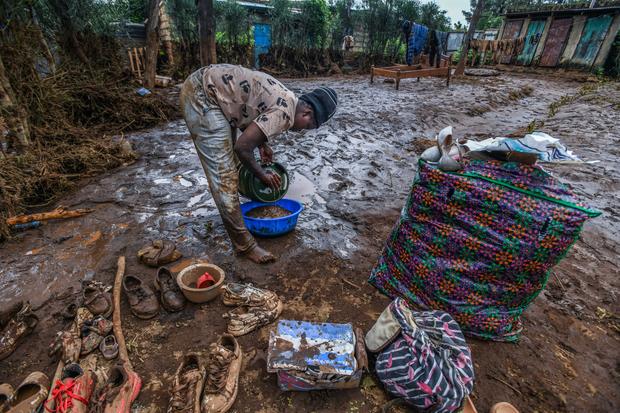
Kenya's main opposition leader Raila Odinga said Tuesday that authorities had failed to make "advance contingency plans" for the extreme weather.
"The government has been talking big on climate change, yet when the menace comes in full force, we have been caught unprepared," he said. "We have therefore been reduced to planning, searching and rescuing at the same time."
The weather has also left a trail of destruction in neighboring Tanzania, where at least 155 people have been killed in flooding and landslides.
In Ethiopia's capital Addis Ababa, flooding claimed the lives of four people on Monday, according to the Fire and Disaster Risk Management Commission.
- Climate Change
- Severe Weather
- Global warming
More from CBS News
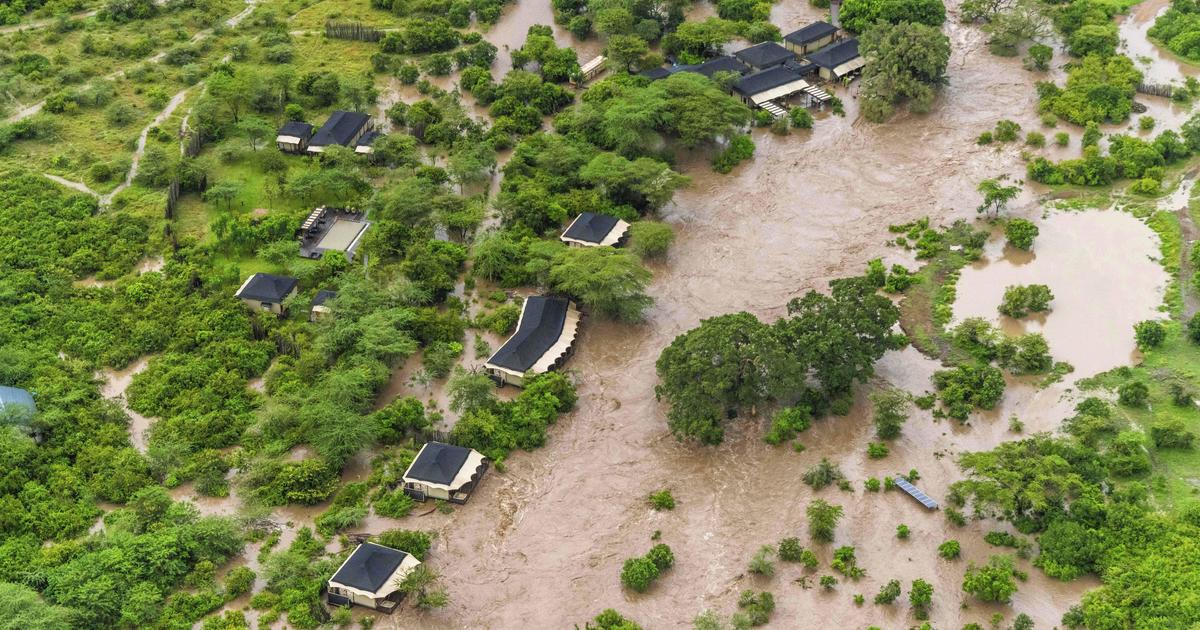
Tourist camps swept away as Kenya floods hit renowned game park

Maps show where dangerous summer heat could impact U.S.
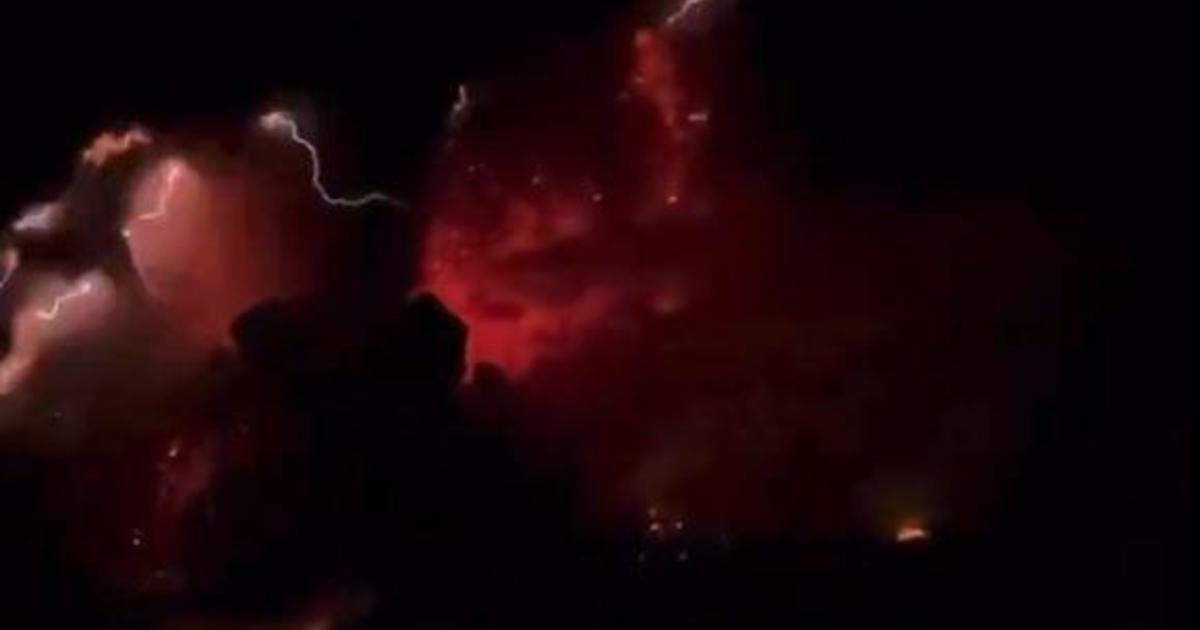
Thousands flee as video captures dramatic eruption of Indonesian volcano

Blinken offers hostage families hope as he pushes for Israel-Hamas truce

IMAGES
VIDEO
COMMENTS
Come vestirsi per un safari in Tanzania? In generale l'abbigliamento a cipolla è perfetto per un safari in Tanzania, per ogni stagione e latitudine, perché in Africa l'escursione termica tra il giorno e la notte è notevole. Solitamente fa caldo, ma la mattina presto o la sera le temperature sono più basse, quindi l'ideale è vestirsi ...
Come vestirsi per un Safari in Tanzania: abbigliamento consigliato. Tra le esperienze più emozionanti da mettere in programma durante l'organizzazione di un viaggio in Tanzania c'è il Safari. Poter esplorare la natura da vicino, guidati da veri esperti del territorio, ti darà modo di scoprire i segreti più autentici di questa Terra che ...
Hat or headband. Any good packing checklist for W hat to Wear on Safari in Tanzania includes some kind of protection from the sun! Think to pack a hat or a headband in your suitcase to protect from the harsh UV rays of the desert, as well as provide protection from flying sand in case it gets windy. Lightweight, breathable jacket.
Recommended safari clothing to bring. T-shirts and tank tops. Long-sleeved shirts (for protection from sunburns) Shorts. Light long pants or convertible long-short pants. Warm fleece pullover or jacket. One swimsuit. Cotton socks and underwear. Pajamas.
Basically you need to have clothing to cater for all seasons. Temperature wise, the warmest months are between November through February (25-31°C or 77.0-87.8°F) and the colder months are from May to August (15-20°C or 59-68°F). July and August are the country's coldest, driest months - and is the best time to visit Tanzania.
Rain jacket. Check out each item in detail and learn why including it in your packing list is essential. 1. Loose and Comfortable Clothing. You'll need to wear loose and comfortable clothing on your safari in Tanzania. Opt for clothing that allows air circulation and keeps you cool in the warm African climate.
Here are some specific items to consider packing for a safari in the wet season: T-shirts and tank tops. Long-sleeved shirts for sun and insect protection. Light long pants. Waterproof raincoat and rain pants. Rubber boots or sandals for muddy terrain. Wide-brimmed hat and sunglasses. Sunscreen and insect repellent.
Here is a checklist of every piece of clothing you should take and what to wear on your Tanzania safari. So you can refer to it while you pack for your trip. T-shirts and tank-tops. Long-sleeved shirts. Shorts. Light long pants or convertible long-short pants. Warm fleece pullover or jacket. Bandana.
Finally, UPF sun protection is essential for any Tanzania safari shirt. The sun in Tanzania can be intense, so choosing a shirt with at least UPF 30+ protection will help to protect your skin from harmful UV rays. Many safari shirts are also designed with collars and long sleeves for added sun protection.
Prior to embarking on your safari in Tanzania, investing some time in research and careful wardrobe planning can spare you numerous hassles throughout your journey. ... Swimsuit: Some lodges have pools, so packing a swimsuit might come in handy. Special Night Outfit: If you plan on a special evening, bring along an outfit for the occasion ...
249. Partecipare a un safari è un'esperienza avvincente e completamente coinvolgente, ecco come prepararsi al meglio . Quest'anno abbiamo raggiunto la Tanzania per partecipare ad un safari.. Grazie all'ottima agenzia Monkey Adventures, che ci ha assistiti nel creare un itinerario e un'esperienza adatta alle nostre esigenze, abbiamo provato l'emozione di incontrare veramente da ...
You will want some light coloured, light weight t-shirts to wear on safari during the day when it's hot. Long sleeved blouse. Get a lightweight one for using as sun cover up during the day. It also makes a great extra layer in the evening, or you can wear it over your evening wear to keep the chill off.
Abbigliamento ed equipaggiamento. Prevedete un abbigliamento prevalentemente estivo, pantaloni di cotone lunghi e corti, camicie e magliette, una giacca a vento leggera e una felpa/un pile per le sere più fresche o per quando siete in altezza. Le tinte neutre del marrone chiaro e del beige sono da preferire.
Embarking on a safari adventure in Tanzania is like stepping into a world untouched by time. The vast plains, magnificent wildlife, and breathtaking landscapes make it a dream destination for wildlife enthusiasts and nature lovers alike. But before you set foot in this awe-inspiring wilderness, there's one crucial question that lingers in ...
Di seguito troverai qualche consiglio su come vestirsi per un safari in Tanzania, oltre a quali accessori e altre cose utili da portare con te: Vestiti e scarpe. Una giacca o un gilet con molte tasche - tenere in tasca piccole cose che possono servirti è comodo e veloce. Puoi mettere lì le schede della macchina fotografica, batterie extra ...
Dress to Kill, Not to be killed. Malaria and schistosomiasis certainly lurk around the corner. Wearing black clothes attract the insects that dwell in safaris, especially mosquitos and tsetse flies. The bites from these insects can be so discomforting, with itchy spots that leave annoying marks or blemishes on your skin.
I vestiti essenziali da mettere in valigia per la tua vacanza in Tanzania. Per quanto riguarda l'abbigliamento, non dimenticarti queste regole basiche: Porta con te, nella tua valigia per la Tanzania, sempre almeno un paio di outfit composti da indumenti casual e comodi, ma abbastanza eleganti da andar bene ovunque.
Stai per partire per un safari in Tanzania?Fantastico: ma adesso è il momento di decidere che cosa mettere in valigia. Capire che cosa portare e che cosa, invece, vale la pena di lasciare a casa è un passaggio molto importante quando si pianifica un safari in Tanzania: oltre ai capi di abbigliamento, infatti, ci sono un sacco di altri aspetti a cui pensare.
Casual, comfortable clothes are the key when travelling in Tanzania. During the day it is hot so our advice is to pack lightweight layers in natural fabrics such as linen, bamboo and cotton that will keep you cool and are easier to wash and dry.; For safari we suggest keeping to light colours, but not white - it will get dirty and dusty very quickly.; It is very important to note that ...
#safari #africa #viaggiareEccomi con un video di consigli tutorial su come vestirsi e che attrezzature portare ad un safari in Africa. Seguitemi anche su ins...
Flowing fabrics can be cooler in the stifling heat than bare skin. Having a collar will protect the back of your neck from the sun and long sleeves will keep your arms from burning. 4. Safari Pants. A lot of people don't like the look of convertible pants, but the zip off options are perfect for a safari.
Safari in Tanzania I parchi del nord sono senza dubbio i migliori: il famoso Serengeti, lo stupefacente cratere di Ngorongoro e il Tarangire, ... Come vestirsi per un safari? Passiamo ora a cosa portare dentro lo zaino durante un safari: i vestiti sono la prima cosa da prendere in considerazione. Non sono tanti, ma ogni abito deve essere ben ...
Che vestiti indossare in un safari. Il modo migliore per avvicinarsi alla fauna selvatica è fondersi il più possibile con il mondo esterno, rimanendo neutrali. Indossa verdure, marroni e kaki per evitare di attirare l'attenzione inutile. Il colore raccomandato per il Sudafrica è il kaki. I tessuti leggeri e traspiranti minimizzano il ...
April 24, 2024. Days of torrential rains have pummeled parts of Kenya, leaving at least 32 dead, 15 injured and more than 40,000 people displaced, according to officials. The flooding has killed ...
On Monday, flash floods sent a deluge of muddy water over an area in the Rift Valley region in southern Kenya, killing at least 45 people, sweeping away houses and damaging roads. In total, 179 ...
Nairobi — Kenyan President William Ruto convened a special cabinet meeting Tuesday to discuss measures to tackle deadly floods that have killed nearly 170 people and displaced 185,000 others ...